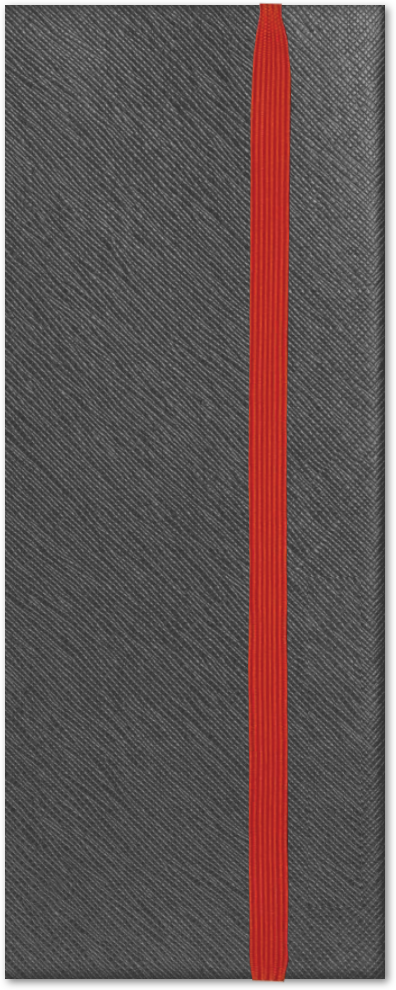2017 Kitschenbúrgenstien Way (Est.1932)
Twenty20 & Co Inc


May 15, 2025
"Every little thing matters. The devil is in the details."
what you need to make an informed decision
stuff you'll need for your insurance policy
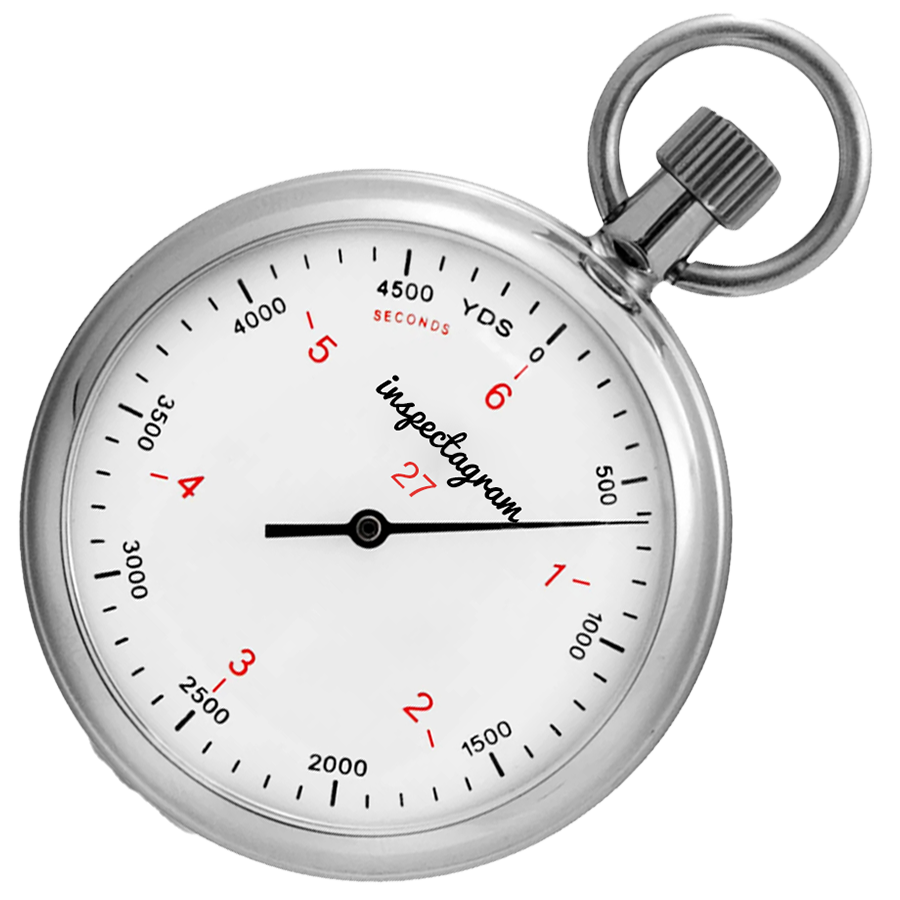

elements

|
|
May 15, 2025 |
|
|
2017 Kitschenbúrgenstien Way (Est.1932) Atlanta, Georgia |
|
|
1100 sqr ft Detached |
|
|
Partly Sunny 16° |
|
|
Inspector only |
|
|
Lucas Kirsch
|
|
|
Edward and Diane Mckay 120 Oak Side Road Southwest norton@gmail.com 8888888888 |
|
|
Jocelyn McCain |
|
10:49AM Start Time |
method

From the disciplined approach of gathering information & curating, to the mixture of photos & clear narratives. The Method was founded on pure construction experience.
Designed to CONNECT you with the information to help make an informed decision & built to do one thing really well:
Drive the point home.
"30 Minute partial inspection as agreed upon by buyers. NOT A FULL INSPECTION."


thank you
Thanks for choosing us for your home inspection. We appreciate your confidence in us & it was my pleasure to serve you today.
I will be your primary contact & I will do anything I can to make sure you are fully clear on my findings today.
Please feel free to contact us if you have any questions of if you need further information. We will gladly answer any questions.
Kind Regards,

Lucas Kirsch
stuff.
A home inspection is kind of like an annual check-up at the doctor. It’s used to make sure things are working properly & it can be useful in spotting things that might eventually become a problem Some people actually think we come equipped with a crystal ball, a flux capacitor or even X-Ray vision! Unfortunately, we can’t go into the past, go “Back to the Future” or, like Superman, see through walls.
Disclaimers are boring so I won’t get into that but please understand we can only visually inspect what we see today. Every house is different just like every customer has different expectations of what a home inspection should be. However, we know some people like to read the report in its entirety. We’ve provided you with a full copy of our Standards of Practice & Disclaimers. HIT THE LOGO.
If you are reading this then obviously the details matter to you. You’d make a great home inspector.
legends
 |
It’s a snap! Here are some key terms you’ll see throughout. |
| Iconography | Sometimes we use icons or example images when it provides a more effective representation. |
 |
Immediate Attention There's some real urgency on the fix. |
 |
Attention Heads up! This may need to be fixed very soon. |
| Not Inspected | Limits out of our control & or outside of our SOP's |
| Hand Gestures | Non-verbal communication in a photo that packs a punch. |
| Issue: | Identify the problem if there is one |
| Action: | Recommended path to address the issue |
| L: | Location where it is found |
| T: | Typical Tradesperson |
| R: | Reason why it wasn't inspected |
| $ / $$ / $$$ | Merely a rough guide of overall cost. |
summary

Action: Improve / repair / seal T: Roofer L: Back / Front
Notes: Regular maintenance and check-ups are vital for optimal performance.

Action: Repair / Seal / Prevent T: Roofer L: By Chimney
Notes: The rapid expansion & contraction of the cast iron has caused shrinkage, depletion and deterioration of the sealant. This is absolutely a water intrusion point. See also exposed nails at x3 Box Vents

Action: Trim back L: Throughout
Notes: This is a must before the colder months approach. From tree branches leaves another debris, this could lead to poor drainage and or ice taming.

Action: Reinforce and repair T: Roofer L: See photo
Notes: We see this a lot with these old girls, soft, spongy plank, and sheathing noted where front gable meets main roof. Further evaluation recommended

Action: Seal with MS detail T: Roofer L: All Box Vents
Notes: Yearly maintenance & regular check-ups are beneficial in keeping the water from finding its way in.
summary

Action: Further Evaluate / Seal T: Mason L: X 2 Front
Notes: This is fairly common place for these old homes, however, all foundation cracks, diagonal, vertical, and especially horizontal, should be rectified with the appropriate action

Action: FE / Repair / PIN / Seal L: Side yard
Notes: This appears to have been repaired but by whom and how? Please ask for documentation and history claims from the sellers insurance company.

Action: FE / Clean up / Reassess L: Under Deck
Notes: As per the purchaser, we focussed all of our attention only on the house, not on the deck. However, this could be quite costly if defects were hidden from site. Remove debris for further assessment.

Action: Improve or Remove T: Landscaper L: Front Entry
Notes: Not giving due attention could compromise over-all drainage.

Action: Improve / Clean / Secure
Notes: Clean up now to ensure optimal drainage. Very straightforward easy fix.
Reason: Consider adding gable vents. IMPORTANT! This will need genral sanding and sealing ( MAINTENANCE ) over the next few years.
summary
Reason: Nonexistent, NO flashing, which was typical for the vintage of this home. Advising installation.

Action: Install / Apply L: M Bathroom
Notes: Good pressure between the hatch and the weatherstripping will prevent conditioner from finding its way into a cold space.

Action: Replace / Upgrade to NEST T: Electricians L: ALL rooms
Notes: This has real life safety implications. IMPORTANT!

Action: Re-Install - Vent
Notes: Taking proactive steps now will contribute to preventing future problems from arising.
summary

Action: Secure / Re-Install T: Plumber L: Master / Powder
Notes: Lets get this taken care of before it turns into a actual problem. X2

Action: Repair or Replace T: General L: Mechroom
Notes: This is a wooden house and it needs the proper humidity. Not an exspensive fix.

Action: Upgrade to GATE / Install
Notes: Lets get on this to prevent potential future complications.

Action: Relocate / Provide Room
Notes: Maintaining a clean and organized environment fosters trouble-free operation.
| R BACK TO SUMMARY |

|
Detailed Section Overview
Below, you will find detailed photographs and insights specific to this area. Regular inspections and maintenance of these components are essential to uphold their integrity and performance over time.
|
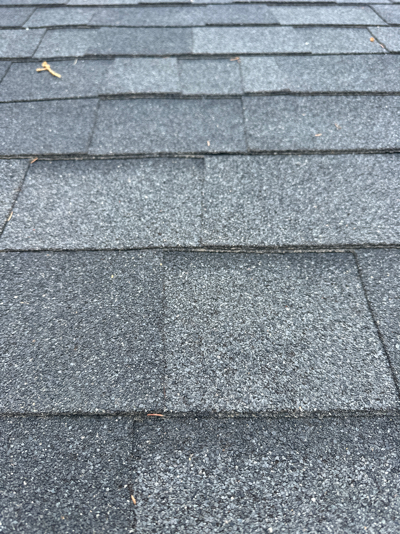
|
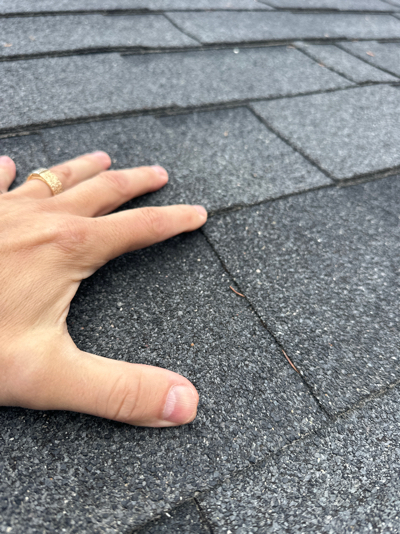
|
The Roof Surface
This is the outermost layer on the roof charged with providing shelter from the natural elements.
Roof Observations
Examined for continuity of material & coverage.
|
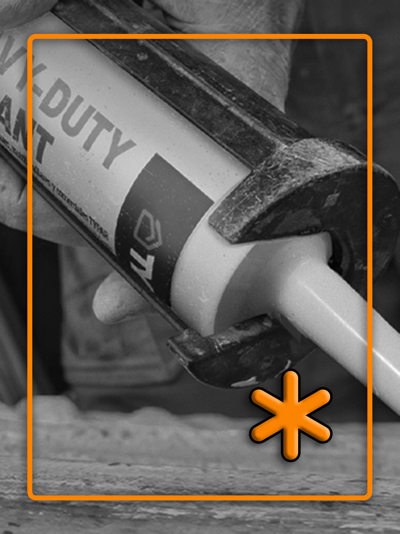
|
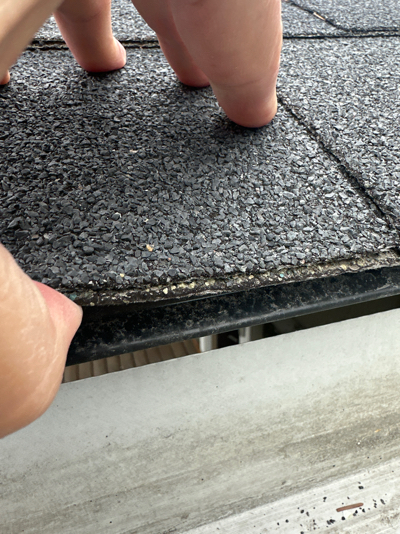
|
Roof Utility Penetrations.
Used in roof assemblies to allow outside air to enter or exit. Such as vents, stacks, flues & others. Perform annual inspections.
Roof Flashing
Usually a thin metal or plastic material installed to direct water away from critical areas.
|
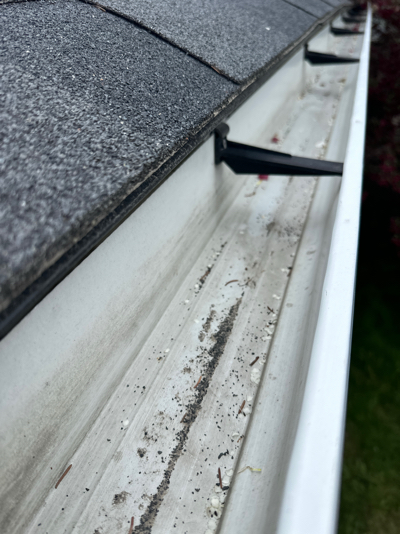
|
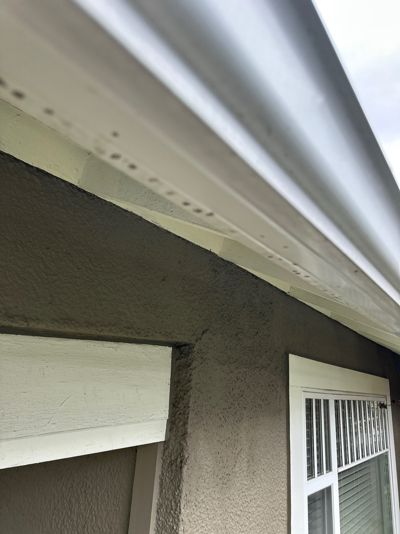
|
Inside Gutter
Regular cleaning of trough/scupper should be part of your yearly maintenance schedule.
Fascia
Forms the outer surface of the roof's edge. Usually what the gutter or trough is attached to.
|
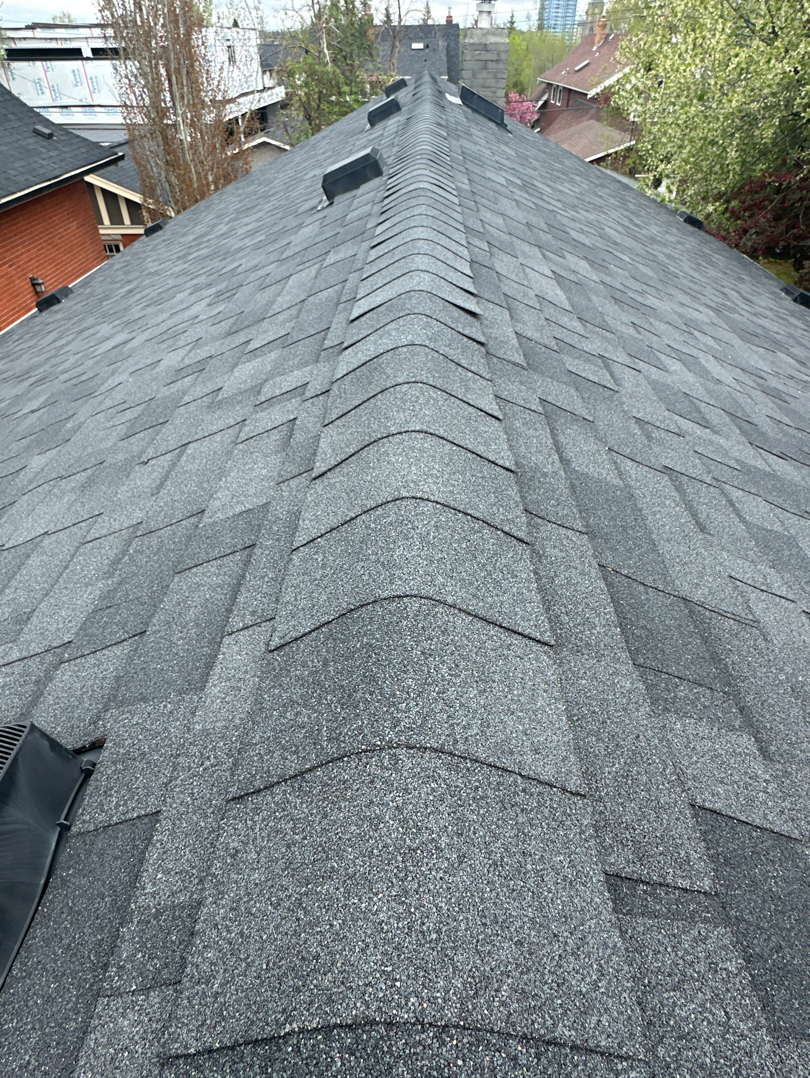
|
Roof Disclaimer Stuff
Minor deterioration or defects in the roofing material are considered to be functional damage. We can not see through the Shingle or membrane to the sheathing & therefore can not be inspected for evidence of leaks. The remaining roof life is approx only & does not preclude the possibility of leakage. Leakage can develop at any time & may depend on rain intensity, wind direction, ice buildup & other factors. Chimney/flue interiors that are not readily accessible are not inspected & could require repair. The roof inspection may be limited by access, condition, weather, or safety concerns.
|
|
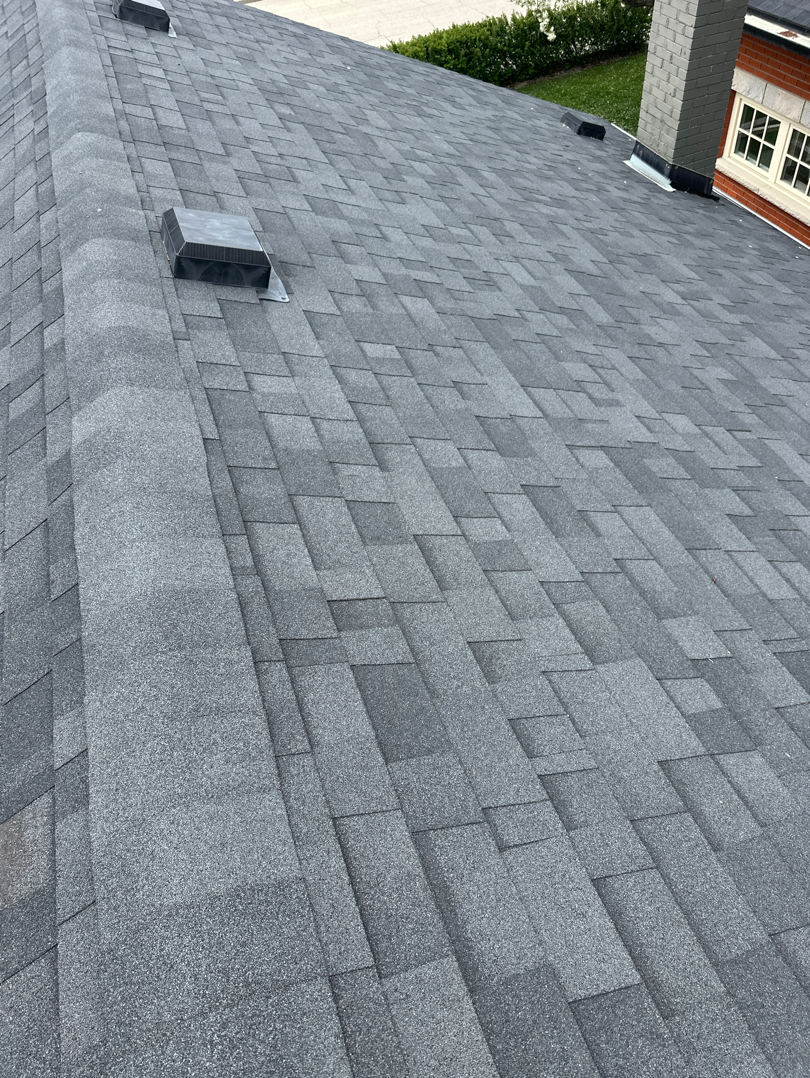
|
Roof Management
The key is leak avoidance. Find & correct defects before they leak by setting up a yearly roof maintenance program with a certified local roofer. It’s recommended to schedule a roof tune-up & as part of a regular maintenance schedule every 1-2 yrs. & after significant storm events.
|
|
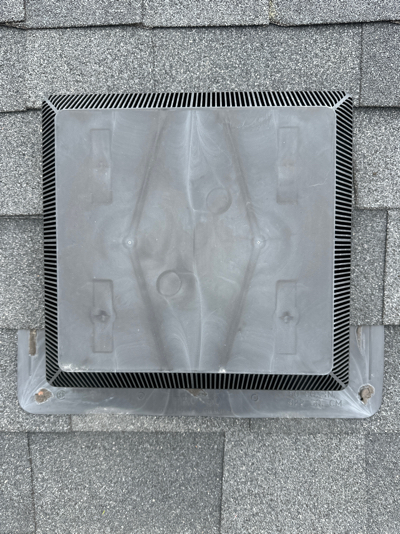
|
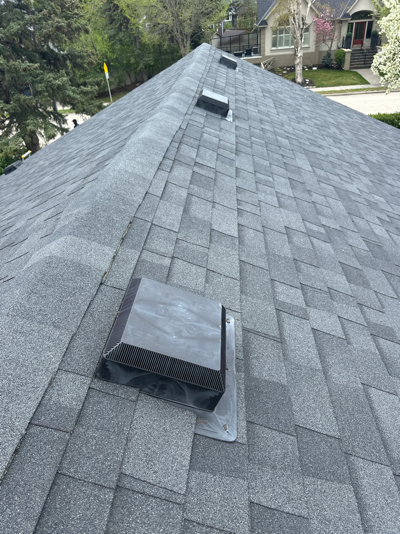
|
Roof Vent
Visually examined for quality of install & common defects.
Box Vents
1 per 300 Sqr. Feet Noted
|
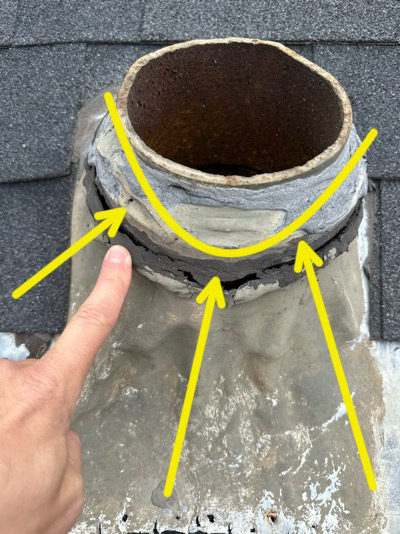
|
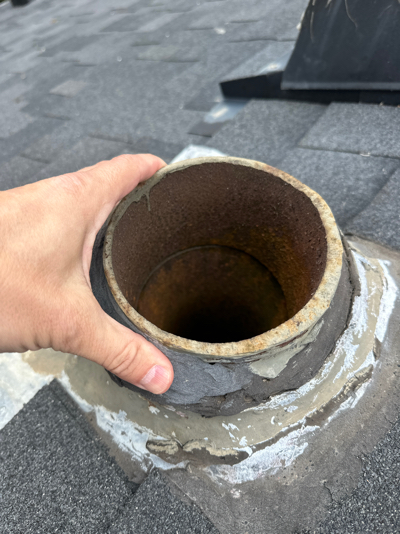
|
Support Photo
Extend minimim 8” / Add collar
|
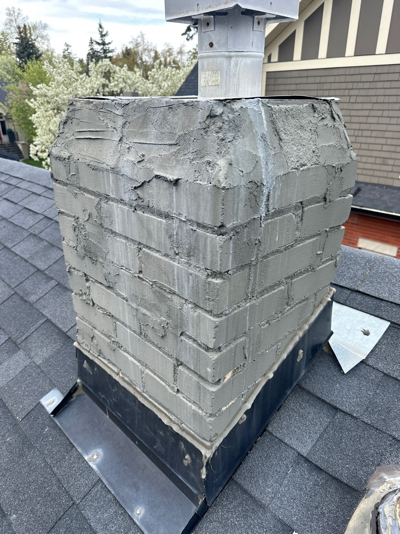
|
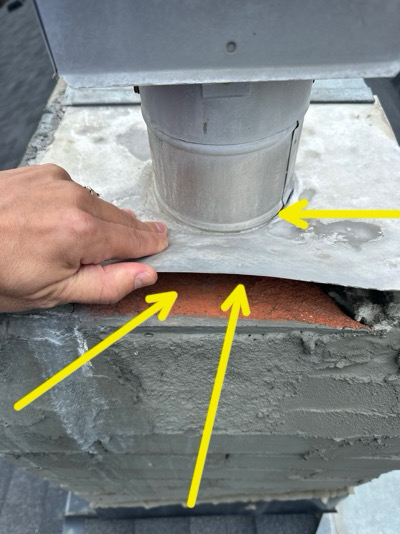
|
Support Photo
Please consider re-capping, re flashing, drip cap
|
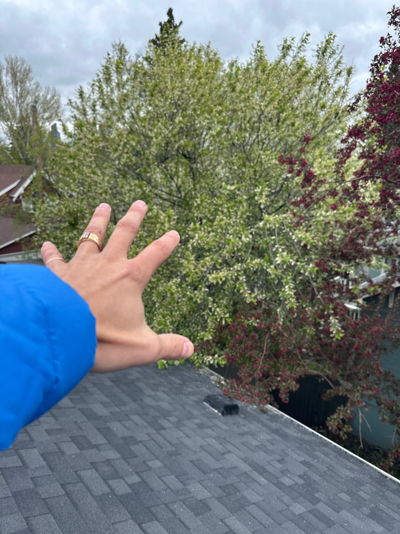
|
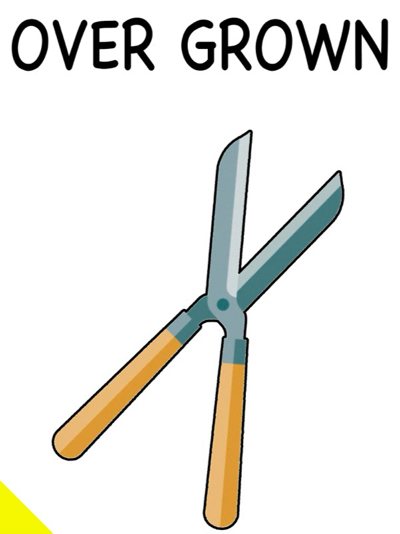
|
Over Grown
An unmaintained area that needs a trim.
|

|
Roof Maintenance
Rain, snow, ice, wind, and harsh sun all put constant stress on your home’s exterior, especially the roof. Over time, this exposure causes sealants to dry out, crack, and shrink. When that happens, nail heads, flashing points, vents, and other roof penetrations can become exposed, creating easy entry points for water. Even a small gap can lead to big issues like leaks, mold, wood rot, and expensive interior repairs. This kind of wear doesn’t just affect the roof. It applies to the entire exterior of your home. Vents, wall penetrations, outdoor faucets, and light fixtures are all vulnerable. Making it a habit to inspect and reseal these areas yearly is one of the best things you can do to protect your home. It’s simple maintenance that goes a long way.
|
|
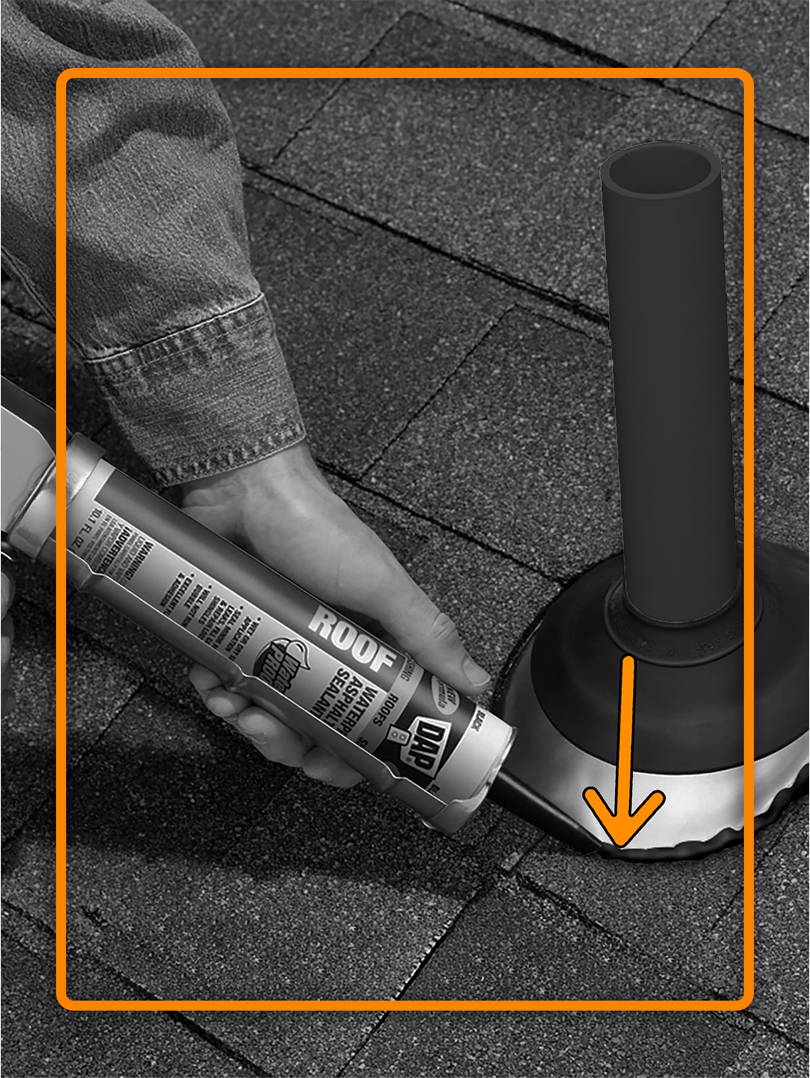
|
Roof Sealant •••
This is not an official photo of your roof, but it’s important to remember that Boots, nails, flashings & other exposures may need replacement & general upkeep over the years.
|
|

|
*Roof Information’
The roof and exterior envelope are your homes first line of defense from the elements.
|
|
| D BACK TO SUMMARY |

|
Detailed Section Overview
Below, you will find detailed photographs and insights specific to this area. Regular inspections and maintenance of these components are essential to uphold their integrity and performance over time.
|
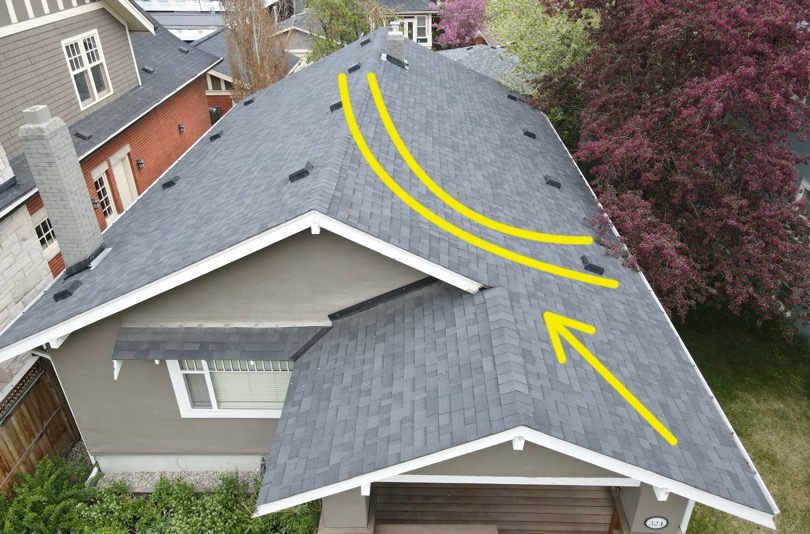
|
|
|
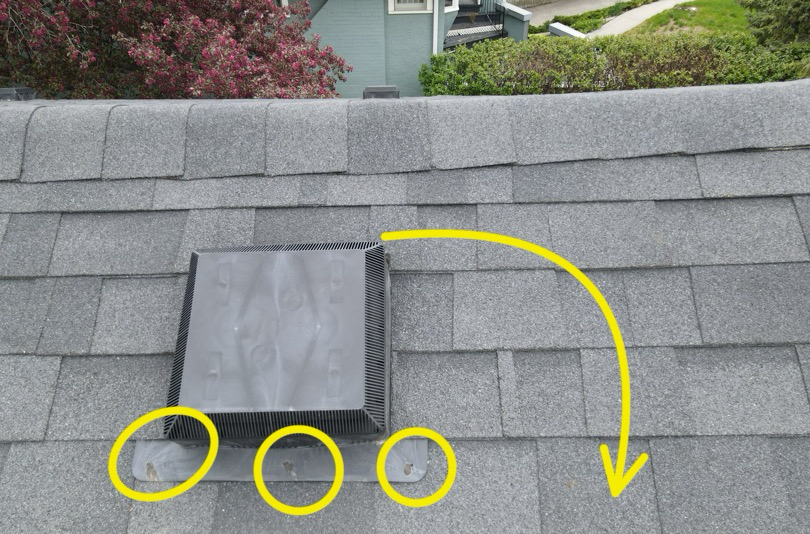
|
|
|
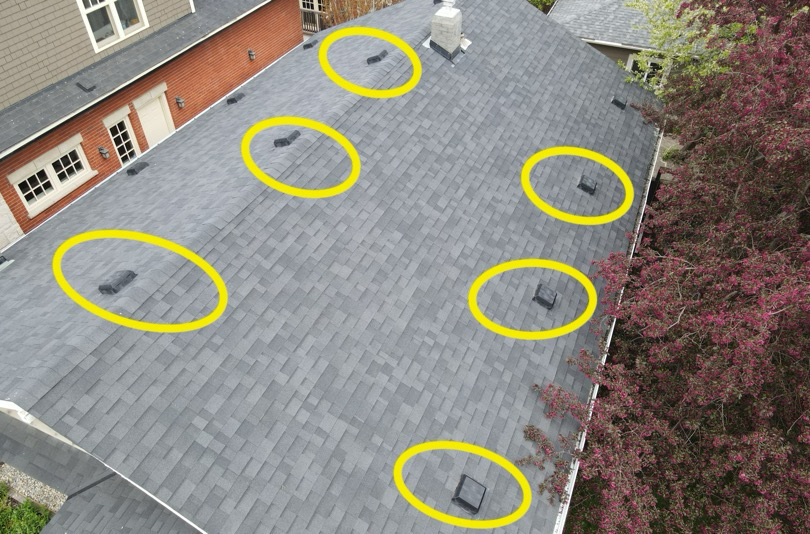
|
Inside Gutter
Responsible for channeling water flow from your roof through the downspouts & direct it to appropriate areas. Regular cleaning of trough/scupper should be part of your yearly maintenance schedule.
|
|
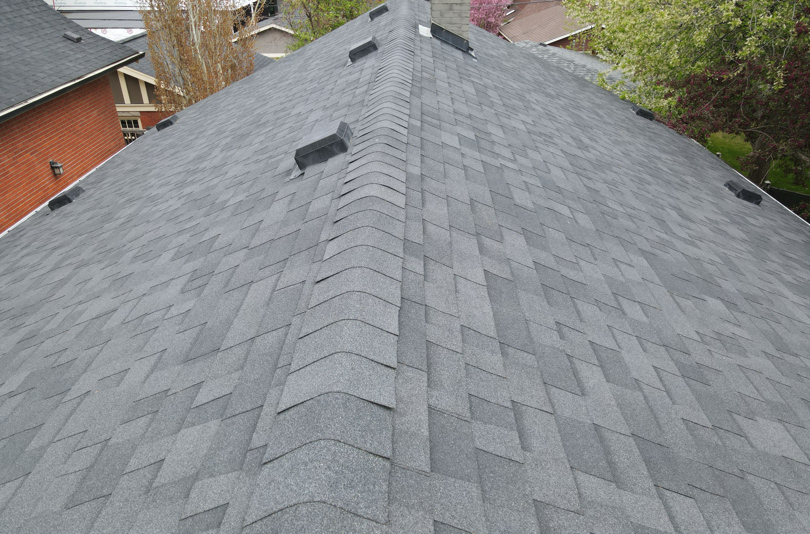
|
Roof Front View
Assessed for structural deficiencies. Minor settlement noticed at front gable over entry. Further evaluation, repair and or monitor for movement.
|
|
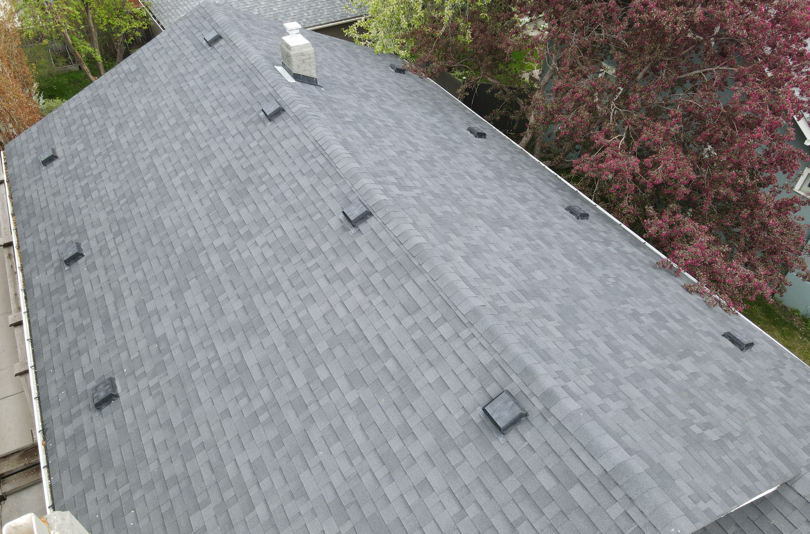
|
|
|
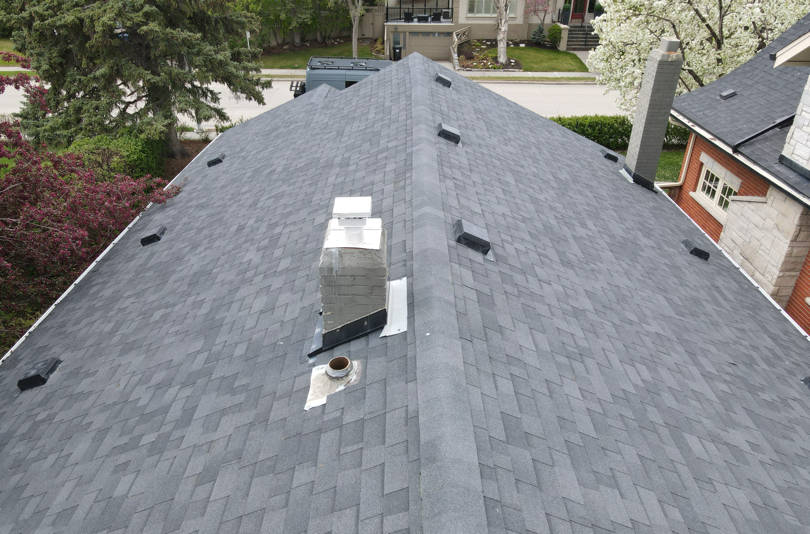
|
Roof Side View
The entire roof was also walked. We feel for sponges. Look for common deficiencies and inspect penetrations. Both chimneys fully inspected.
|
|
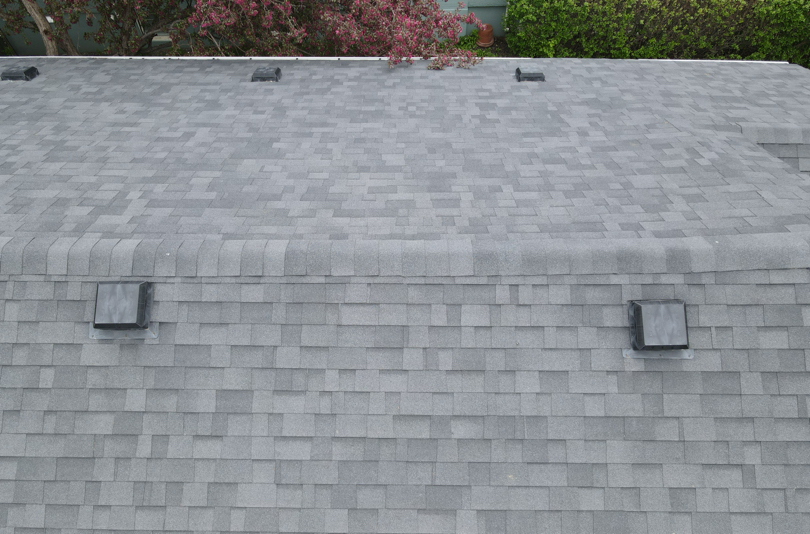
|
Roof Back View
Visually examined for common defects.
|
|

|
Gram-Shot
**Bonus Aerial Views** We’ve included a few additional drone shots to provide a broader perspective of the property and its surroundings. These images offer a unique vantage point, showcasing the home’s placement within the neighborhood, nearby features, and the overall landscape. While not part of the formal inspection, we thought it might be helpful to give you a better sense of the area from above. It’s just a little extra context to support your decision-making and help you visualize the property’s full potential.
|
|

|
Gram-Shot
Just another view!
|
|

|
*Bird’s Eye View’
Most people call them drones. Technically, they’re UAVs (unmanned aerial vehicles) or sUAS (small unmanned aircraft systems). No matter what you call them, these flying cameras & sensor holders have rapidly become valuable industrial inspection tools. Drone-based inspections help us improve efficiency & data quality while increasing safety & speed of operation.The roof of your building can be easy to ignore... until suddenly it’s not. Small damage from weathering & aging, as well as less subtle threats like storms, can slowly eat away at the performance & stability of your roof until one day you wake up in need of emergency repairs & end up stuck with a far larger bill than you ever expected. The solution? Regular, thorough roof inspections conducted by a professional using a drone. From reducing man-hours to ensuring more comprehensive analysis, drones have revolutionized the way property owners & contractors alike think about roof assessment. |
|
| E BACK TO SUMMARY |

|
Detailed Section Overview
Below, you will find detailed photographs and insights specific to this area. Regular inspections and maintenance of these components are essential to uphold their integrity and performance over time.
|
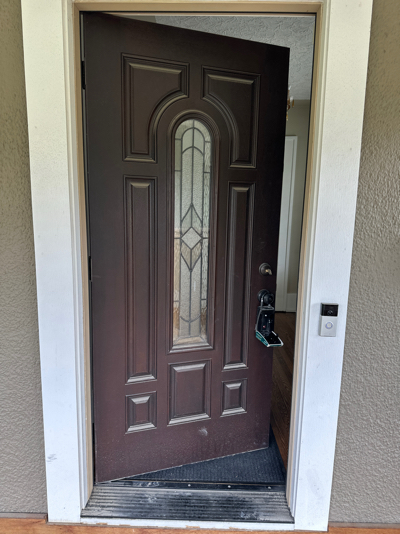
|
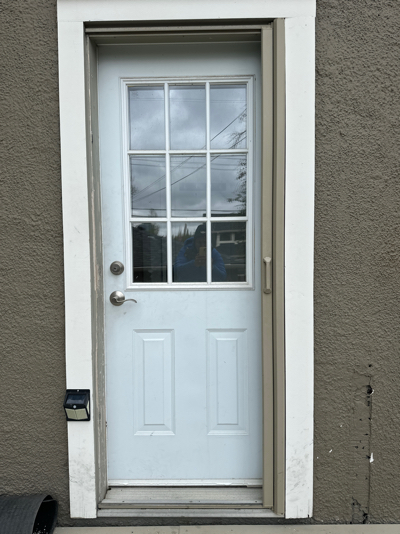
|
Front Entry
Keeping a good seal is essential to maintaining your home's energy efficiency.
Back Entry
A well-installed & maintained door will save $$$ on heating & cooling costs.
|
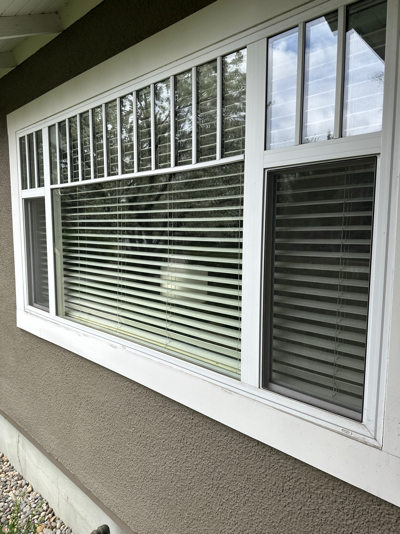
|
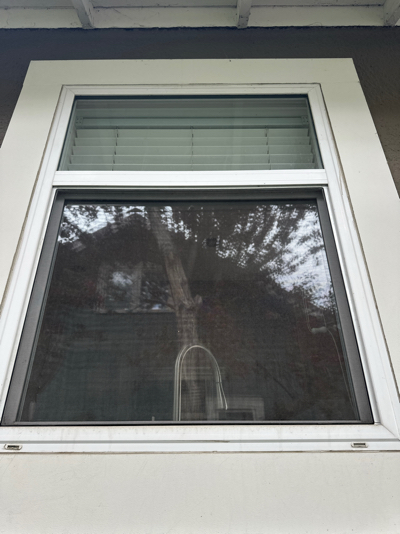
|
Focal Window
It can be a real "Pane" replacing windows. Maintenance is the key to longevity. No obvious signs of deterioration at any window.
Focal Window 2
For your records.
|
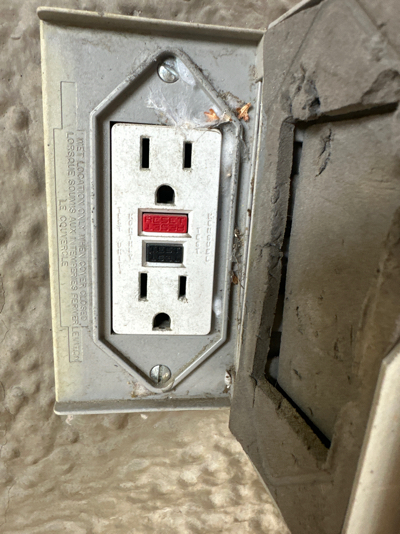
|
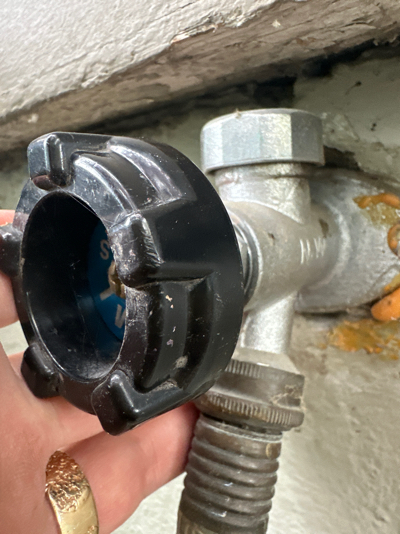
|
Exterior Outlet
Weatherproof outlet covers are preferred. Tested with GFCI plug tester for functionality. Tripped and restored.
Exterior Faucet
Ensure to properly winterize in the colder months. Turned on & OFF. Re-Silicone penetration.
|
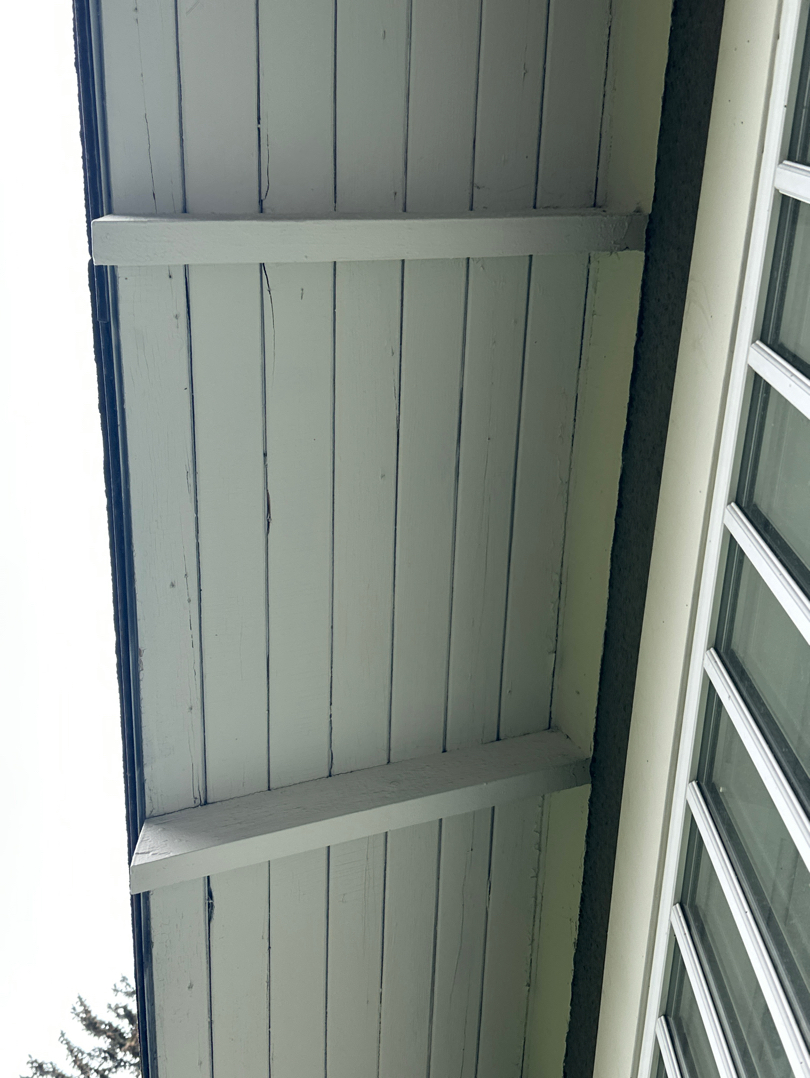
|
Soffit
Keep clean & free of debris like vegetation. A very important facet of the home! Consider adding gable vents. IMPORTANT! This will need genral sanding and sealing ( MAINTENANCE ) over the next few years.. Not Inspected
|
|
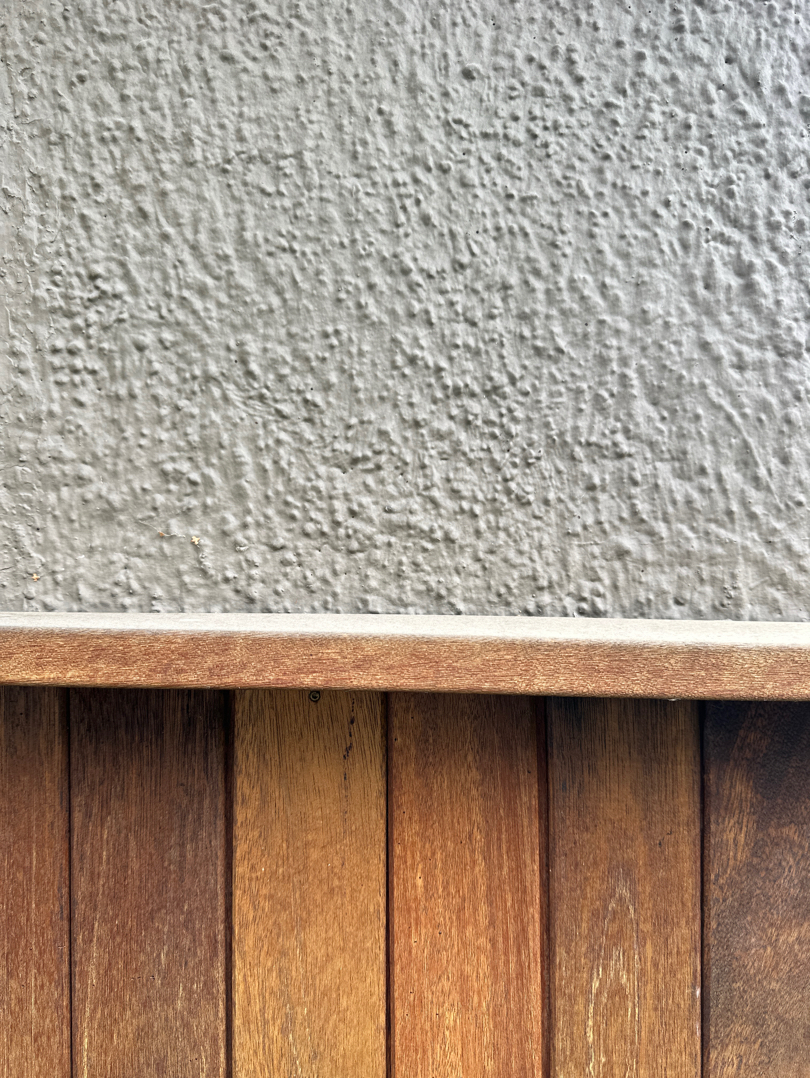
|
Exterior Cladding
Here is the primary protective layer between your home & the external elements. The wood will need general, upkeep, sand, and sealing as normal maintenance
|
|

|
Control the weather!
|
|
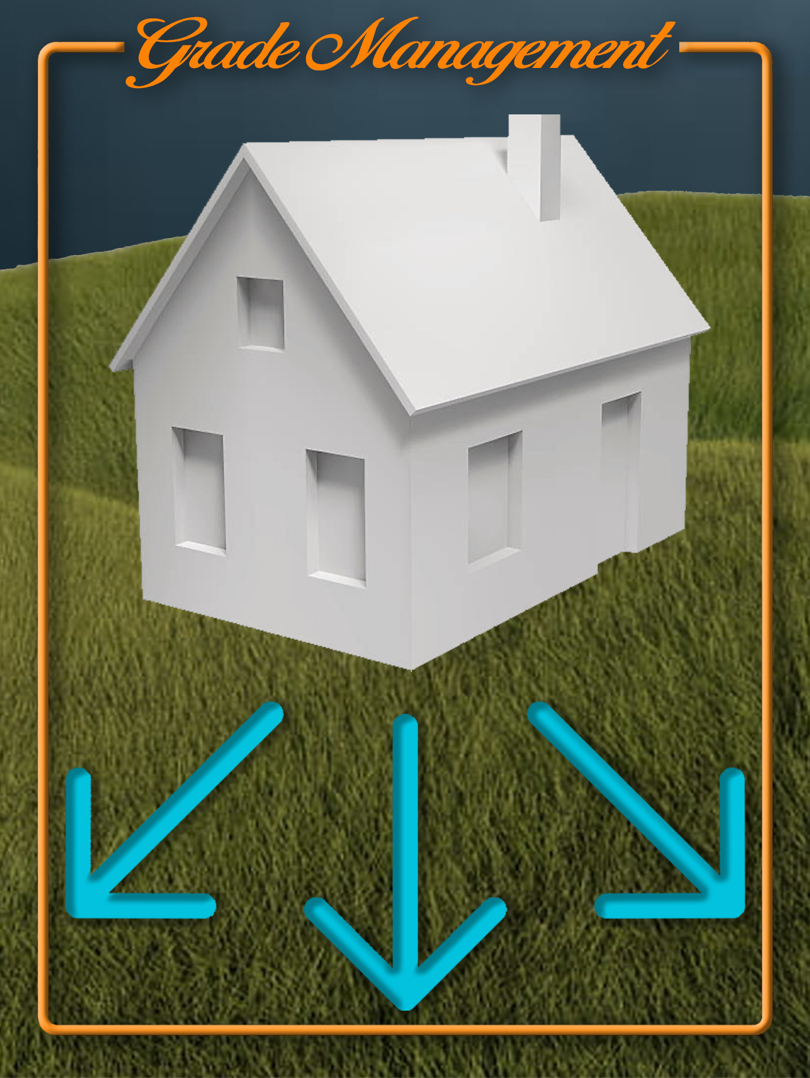
|
Site Grading*
Signs of good grading on a house property indude: Proper Sloping: The land around the house slopes away from the foundation, directing water away from the home. Drainage Systems: Well-placed downspouts & gutter systems help collect & divert rainwater away from the foundation. No Puddles: After rain, you don't see large puddles forming near the house; water drains away naturally. Dry Basement: Your basement remains dry, even during heavy rain, with no signs of moisture or water seepage. Soil Stability: There's no noticeable soil erosion, & the landscape looks stable, with no signs of topsoil washing away. No Standing Water: The yard doesn't have standing water or areas that stay soggy for extended periods. Pest-Free: You don't encounter an unusual increase in pests like mosquitoes or termites due to excess moisture.
|
|
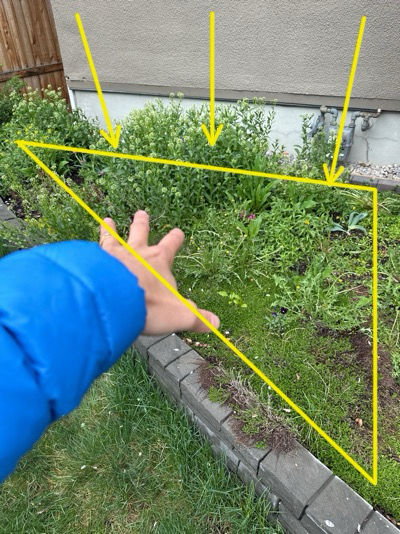
|
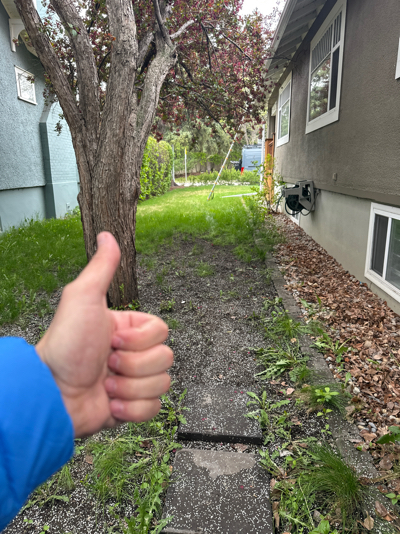
|
Grading
Management of water drainage is paramount! Water should ALWAYS drain away from the foundation. SW sideyard satisfactory.
|
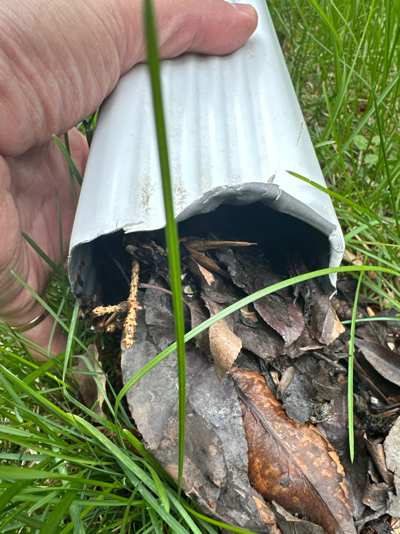
|

|
Pathway Material
It’s all about first impressions! Keep clear of tripping hazards & debris.
|
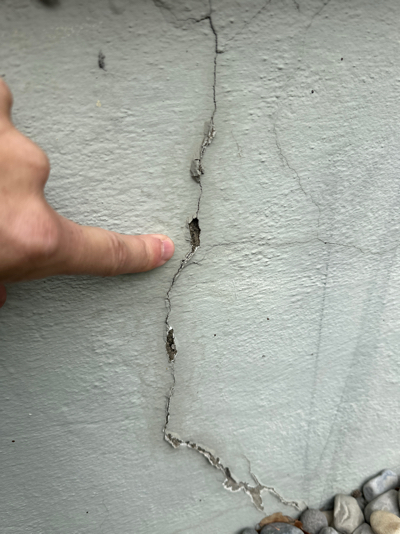
|
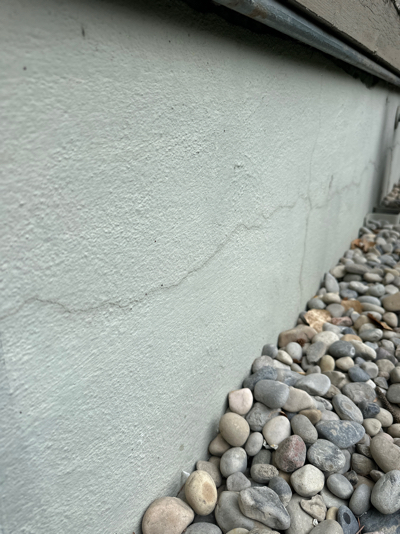
|
Back Foundation
For your records. Hairline fractures noted at perimeter foundation. North east south west.
|
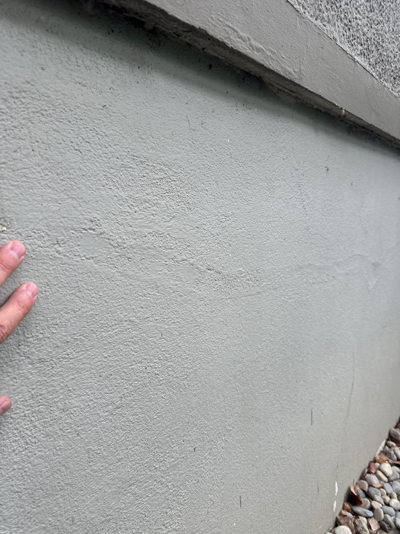
|
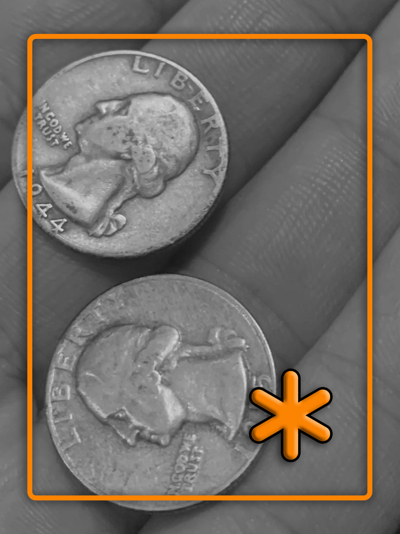
|
About Cracks.
If two dimes can fit into the crack, get it checked by a structural engineer. Minor fractures can be repaired with a mastic.
|

|
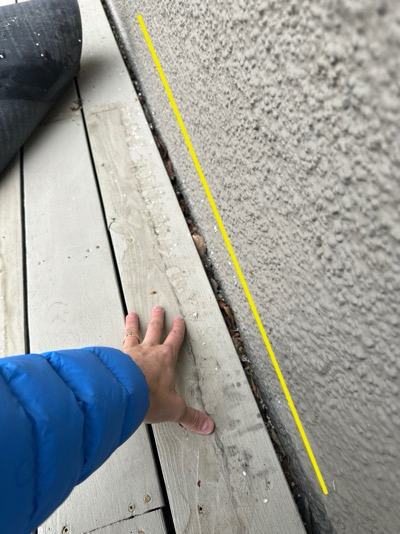
|
Deck Page
As per the agreement with the buyers. Deck is not a part of this inspection. Merely photos for your records. Further evaluate.
Deck Ledger Board
This horizontal piece of lumber is used to tie in construction elements such as porch roofs & decks. (0) access to the underside! Reassess . Not Inspected
|
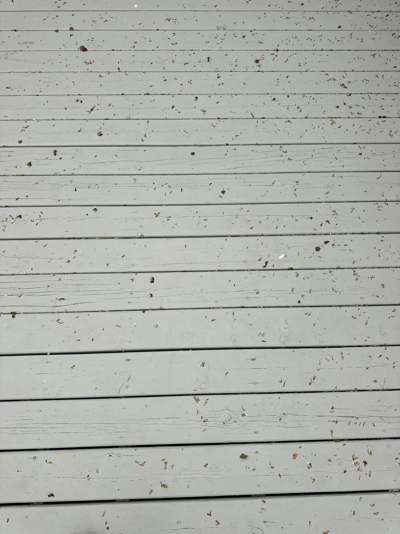
|
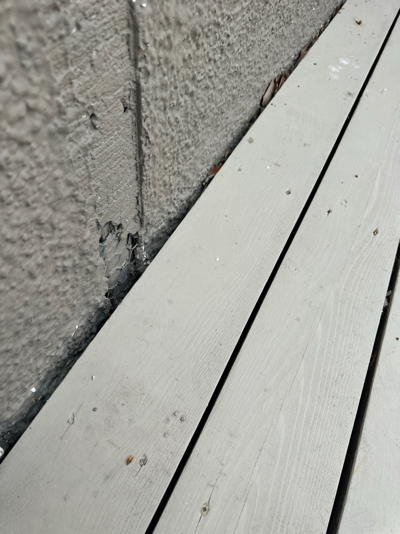
|
Decking Material Up Close
Visually examined for common defects.
Deck Flashing
The barrier to prevent moisture from entering the house in the openings at the ledger board connection. Nonexistent, NO flashing, which was typical for the vintage of this home. Advising installation.. Not Inspected
|
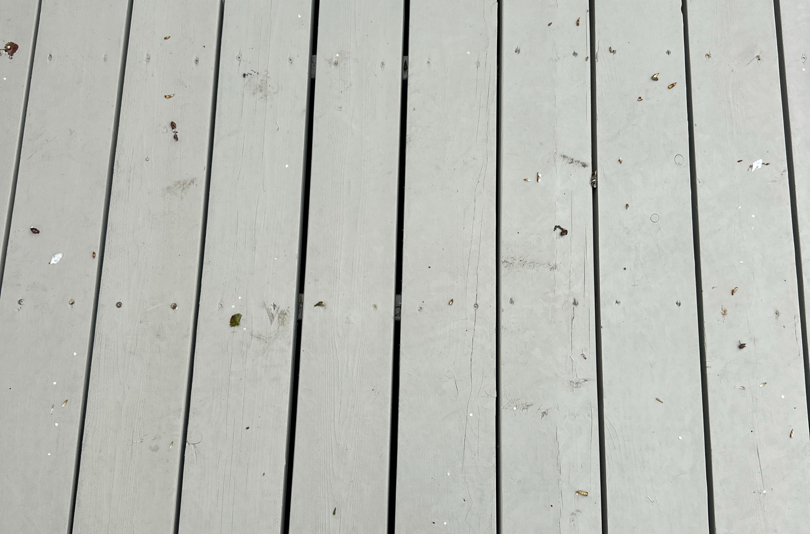
|
Over-all Deck
Proper deck maintenance involves regular cleaning to remove dirt, debris, and mold to prevent surface damage and improve safety. Inspecting the structure for loose fasteners, damaged boards, or structural issues is crucial to address potential safety hazards promptly. Finally, applying a protective sealant or stain every few years can help preserve the wood and enhance its durability and appearance. As agreed upon / See Contract. Not Inspected
|
|
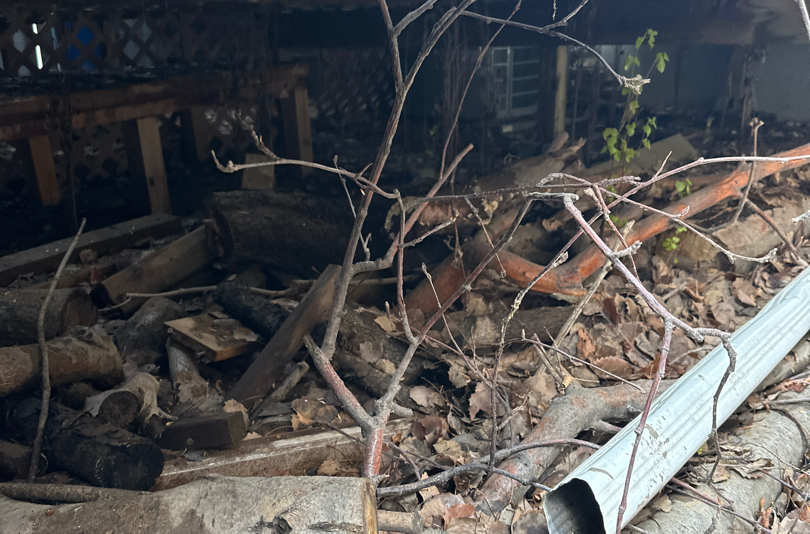
|
|
|

|
*Exterior Monthly List’
While we're able to control the environment (temperature, humidity, lighting) inside our homes, we have very little control over the weather buffeting our homes outside.Here are some things to keep your eyes on throughout the seasons: - Roof & flashings - Valleys - Where different sections meet - Facia boards & soffits located right below the roof line - Gutters & downspouts may need cleaning or repairs - Exterior cladding; if it looks wrong, it probably is - Windows & doors: may just need a simple tuneup for functionality - Foundation: were looking for cracks or improper grading - Decks & porches - Sidewalks & driveways - Yard clean-up; has a lot to do with proper grading Just like your annual doctor check-up, your home will need your attention seasonally to prevent small things from turning into big things! |
|
| G BACK TO SUMMARY |

|
Detailed Section Overview
Below, you will find detailed photographs and insights specific to this area. Regular inspections and maintenance of these components are essential to uphold their integrity and performance over time.
|
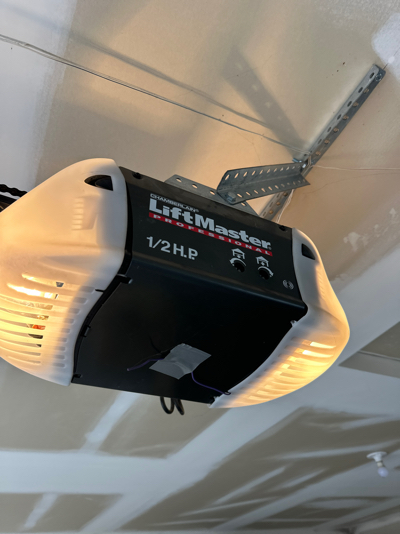
|
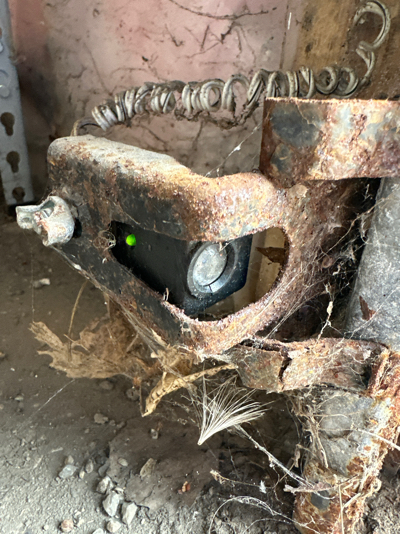
|
Garage Motor • Control
Don't forget to ask the seller to leave behind the remote(s). The average lifespan of a motor is 10-12 years.
Garage Safety Sensors
These little guys project an invisible light beam to ensure safety. Keep them aligned. TESTED
|
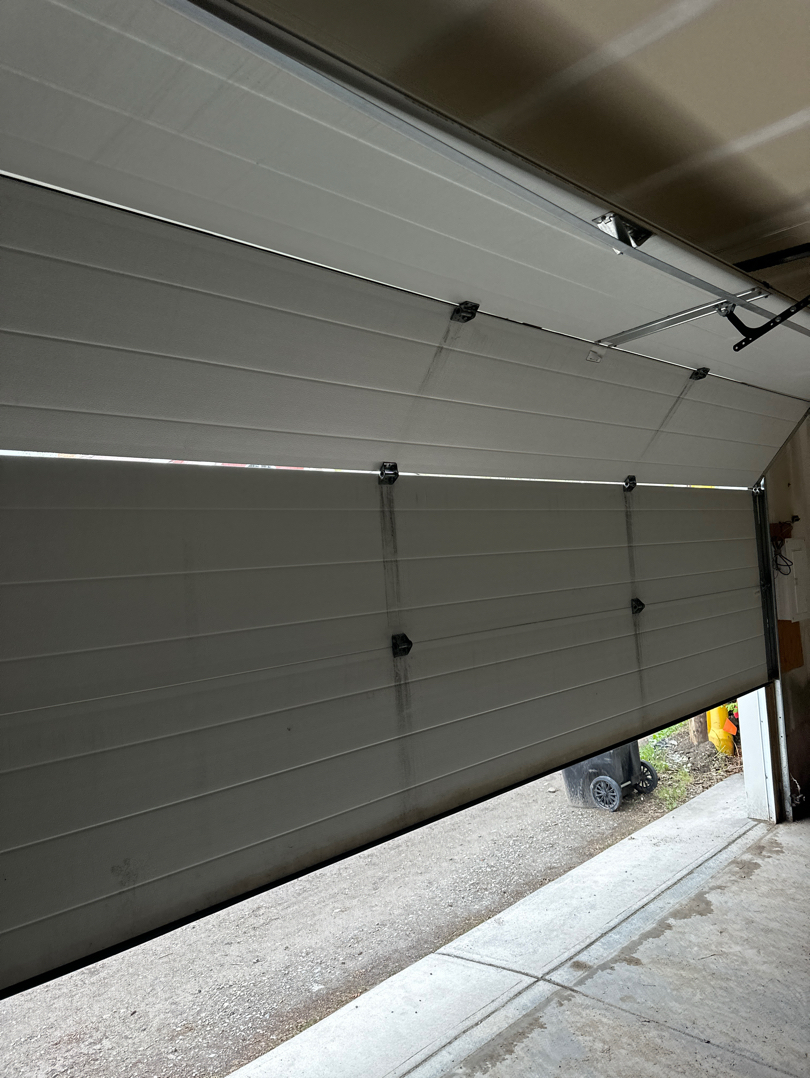
|
Garage Door
Otherwise known as the “The Heavy Lifter”. Your garage door is the largest moving part in your home & is used multiple times daily. It’s very important that you take the time to perform regular maintenance. Check cables, spring coils, lubricate moving parts, replace the weather gasket, replace the rollers, tighten up the hardware & ensure the pressure sensor has been adjusted for safety. No time for a check-up? Call a garage door professional to schedule a tune-up.
|
|
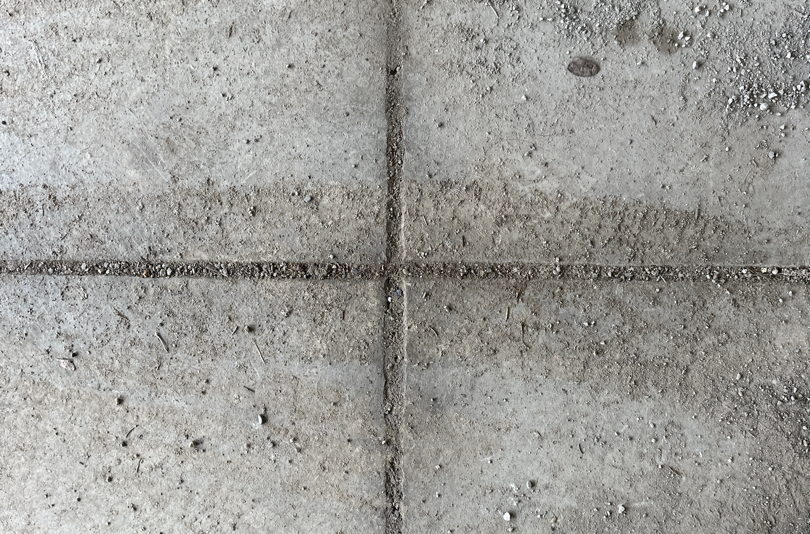
|
Garage Concrete
Cracks, spalling, and efflorescence on slab or curb wall (if present) are typical wear patterns. Consider sealing cracks or having an epoxy coating installed as an upgrade. Easier yet, put vehicle mats down to protect the concrete. Oil stains, minor spalling, minor effervescence noted
|
|
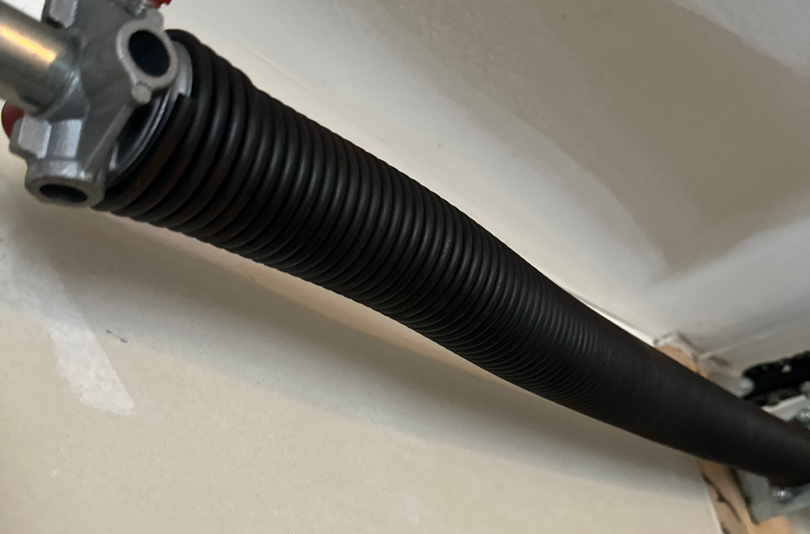
|
Garage Spring
Every Six Months: A little spritz to the torsion springs will aid in lifting & extend the lifespan of the spring itself.You don't need to lubricate the tracks, but ensuring they're clean is essential to your door's functionality. |
|
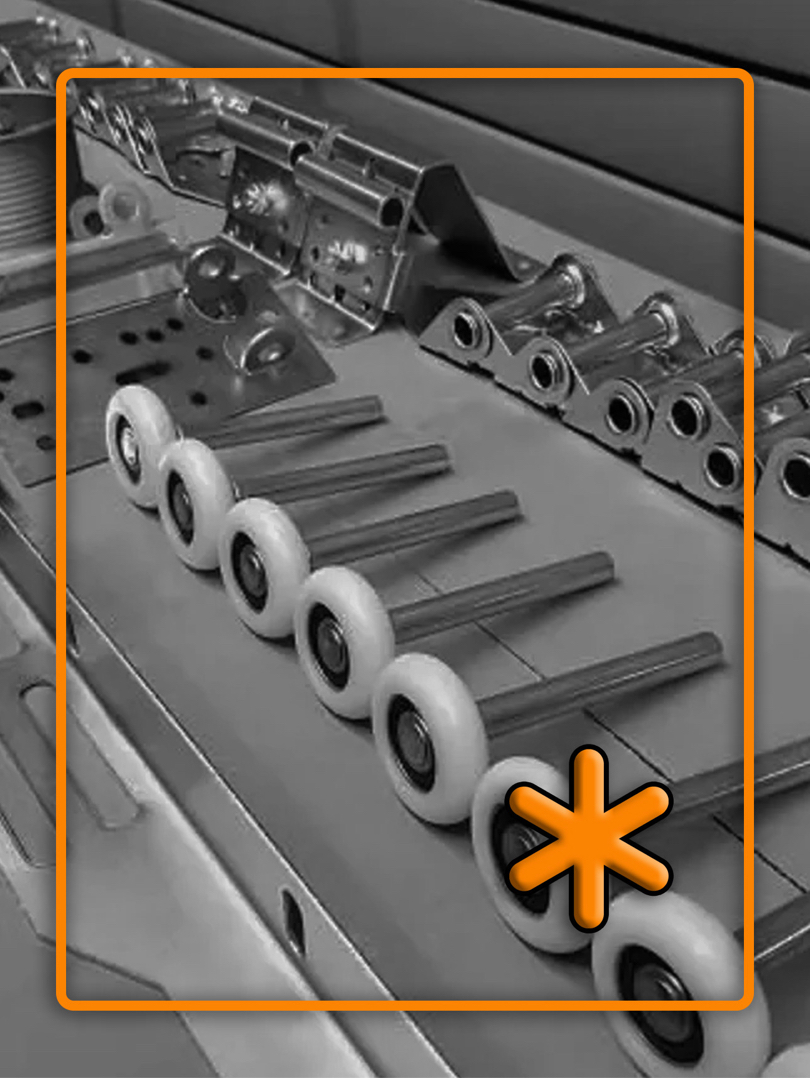
|
Garage Maintenance.
Learning how to maintain a residential garage door is key to operating it efficiently. A malfunction can prevent you from taking your car out of the garage when you want to. Regular maintenance twice a year can make such mishaps less likely. INFO: Visually inspect the door, perform safety tests, examine hardware for defects, service the chain or belt, service seals & springs, clean the garage door surface, replace batteries & bulbs, & Reduce friction between the door & the stop. Adjust the opening & closing speed.
|
|

|
*The Garage’
Perhaps no other part of your home experiences as much wear & tear as your overhead garage door.The average garage door will go up & down more than 1000 times a year. When kept in good working order, it provides convenience & security. But...a neglected door can not only become as noisy as a locomotive but also poses a significant safety risk to your family, especially your kids. Tighten the nuts & bolts. Because your door moves, the hardware can loosen. Inspect & tighten all roller brackets & bolts that hold the rails to the support brackets. Lubricate the chain or the screw on your opener annually with white lithium grease. Spray-on versions are available at most home centers. Lubrication will make the opener's operation smoother & quieter & extend the life of both the chain & opener. Inspect & maintain your garage door annually for safety & convenience sake. |
|
| A BACK TO SUMMARY |

|
Detailed Section Overview
Below, you will find detailed photographs and insights specific to this area. Regular inspections and maintenance of these components are essential to uphold their integrity and performance over time.
|
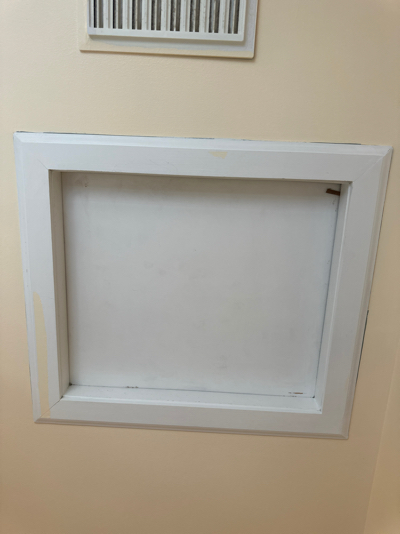
|
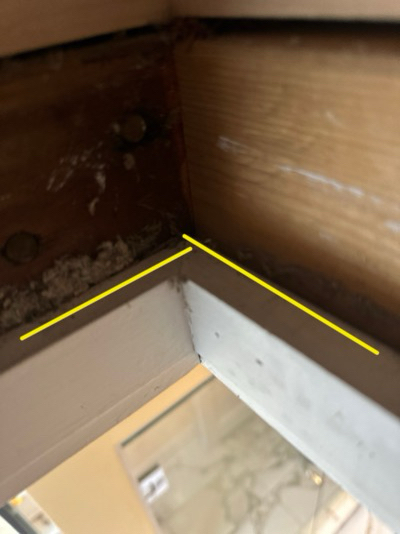
|
The Hatch Entry
Consider using ridged foam board insulation & match the door insulation to that of the attic space.
|
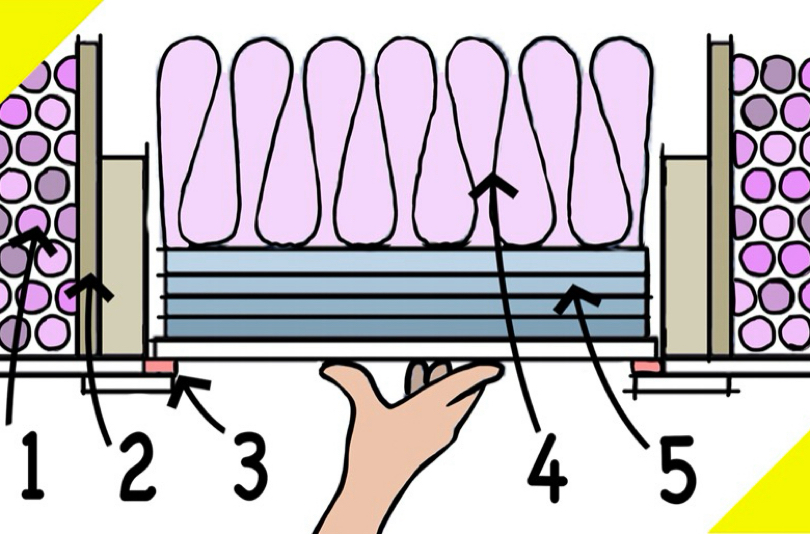
|
Hatch Diagram
Also known as the scuttle hole, the better the hatch door, the better you can control your home's climate. A proper cover consists of the following: (1) Attic Insulation, (2) Insulation Dam, (3) Air Seal Gasket, (4) Hatch insulation, (5) The Hatch Door.
|
|
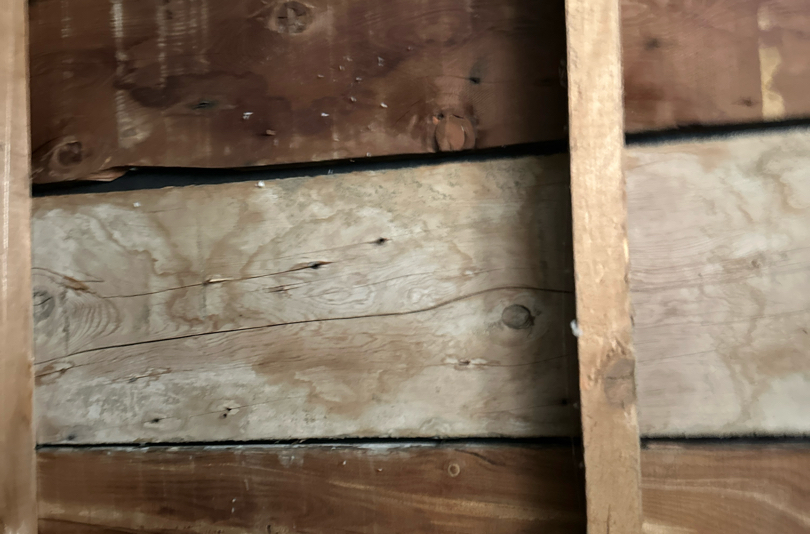
|
Sheathing
Visually examined for common defects. Plank board was often used and repurposed from curving the original foundation. Often these stains are misinterpreted for attic, rain, or lack of ventilation. This is not the case, satisfactory ventilation, and structure noted from the out of couch.
|
|
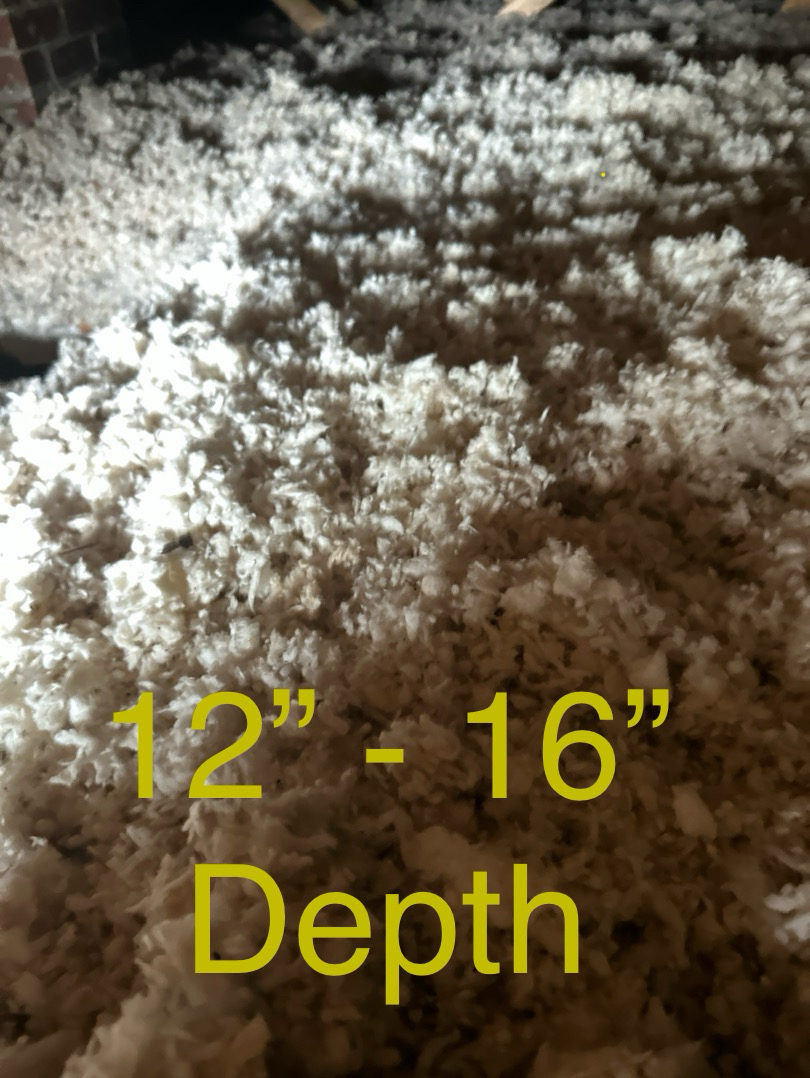
|
Insulation Depth 15”
There's no getting around it: If your house is in cold weather, keeping it warm in winter is expensive. Having the correct amount of attic insulation can help you maintain a comfortable temperature throughout your home & help save $$$ on your energy bills. *Plus, it could help prevent major issues like ice dams or even attic rain.QUICK FACTS: Attic insulation is the easiest & most cost-effective upgrade to a home. A properly insulated attic can save you an estimated 10-50% on your heating bill. |
|
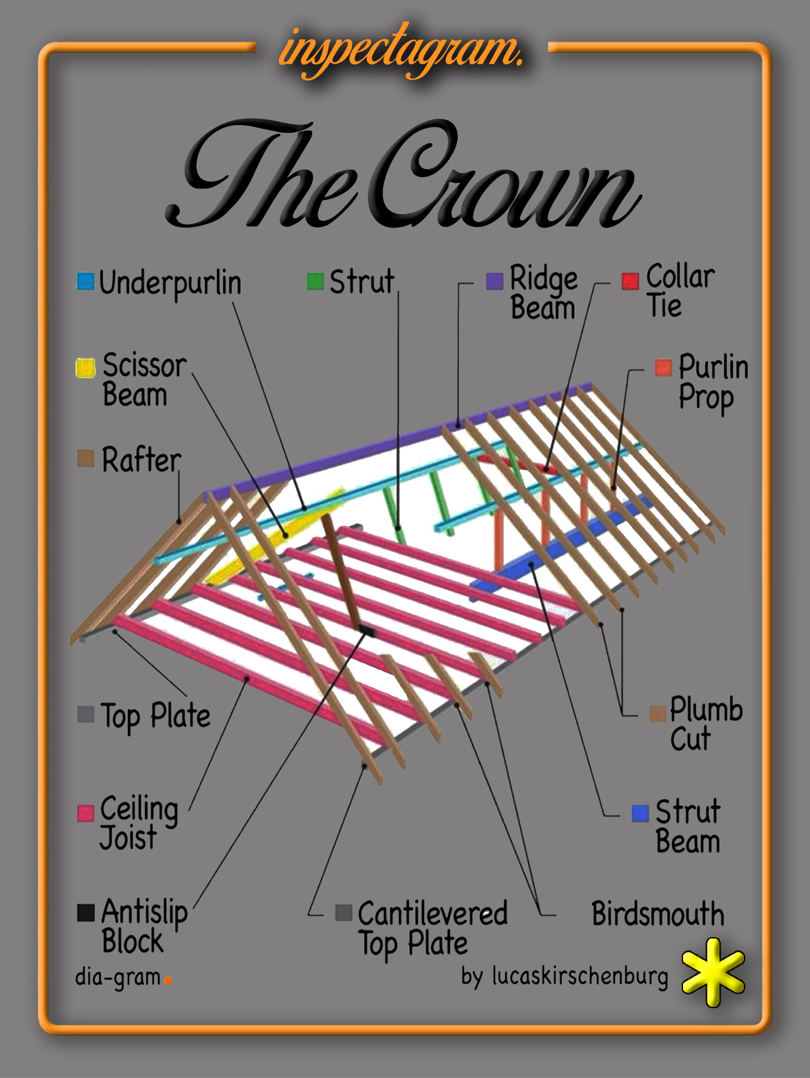
|
The Crown’
The roof structure of a home is composed of several critical elements. Rafters and trusses, made from wood or metal, form the skeleton of the roof, supporting the outer layers and shaping the roof’s slope and style. Sheathing, typically plywood or OSB, is attached to the rafters/trusses, providing a base for roofing materials. Underlayment, a water-resistant layer, is placed over the sheathing for added protection against moisture. The roof covering, which can be shingles, tiles, metal, or other materials, serves as the outermost barrier against weather elements. Flashing is used around vents, chimneys, and valleys to prevent leaks, and gutters are installed to channel water away from the structure.
|
|
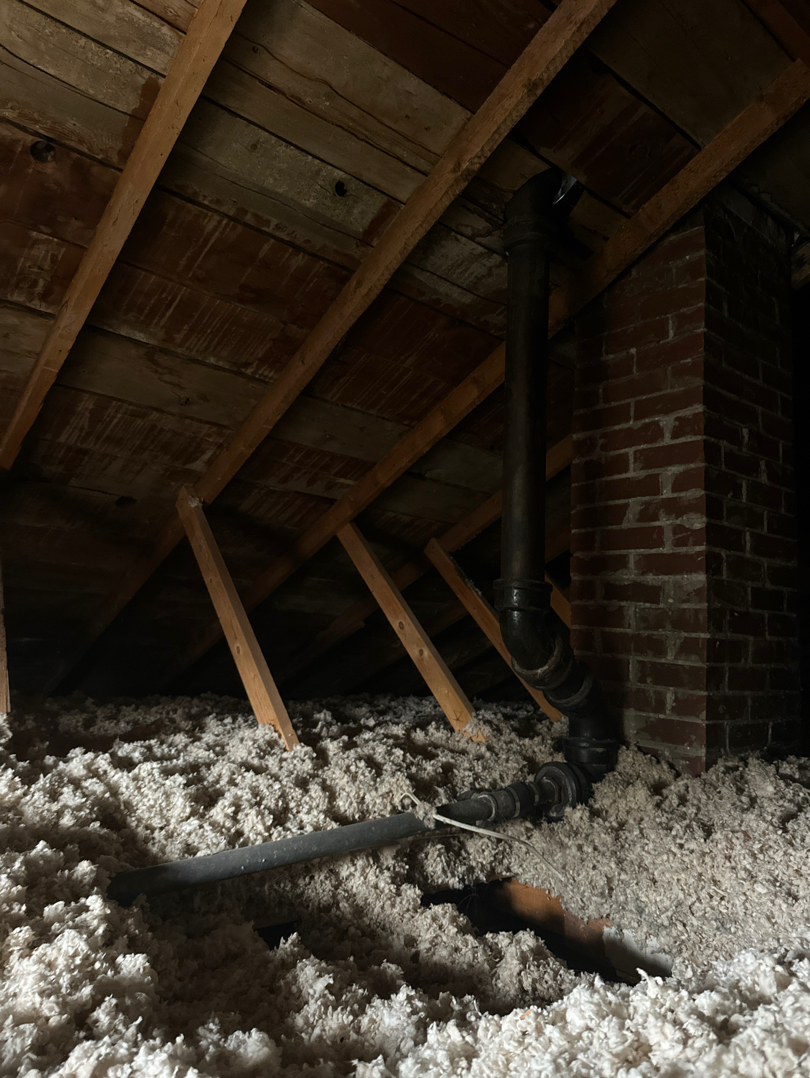
|
Attic Structure
Inspected for quality of install & structural deficiencies. Good ventilation noted. Unable to walk in entire attic as agreed upon with the buyers. From what we could see from the hatch, overall integrity should be considered satisfactory, however, I still think you should reassess the settlement of the front gable at the entry.
|
|
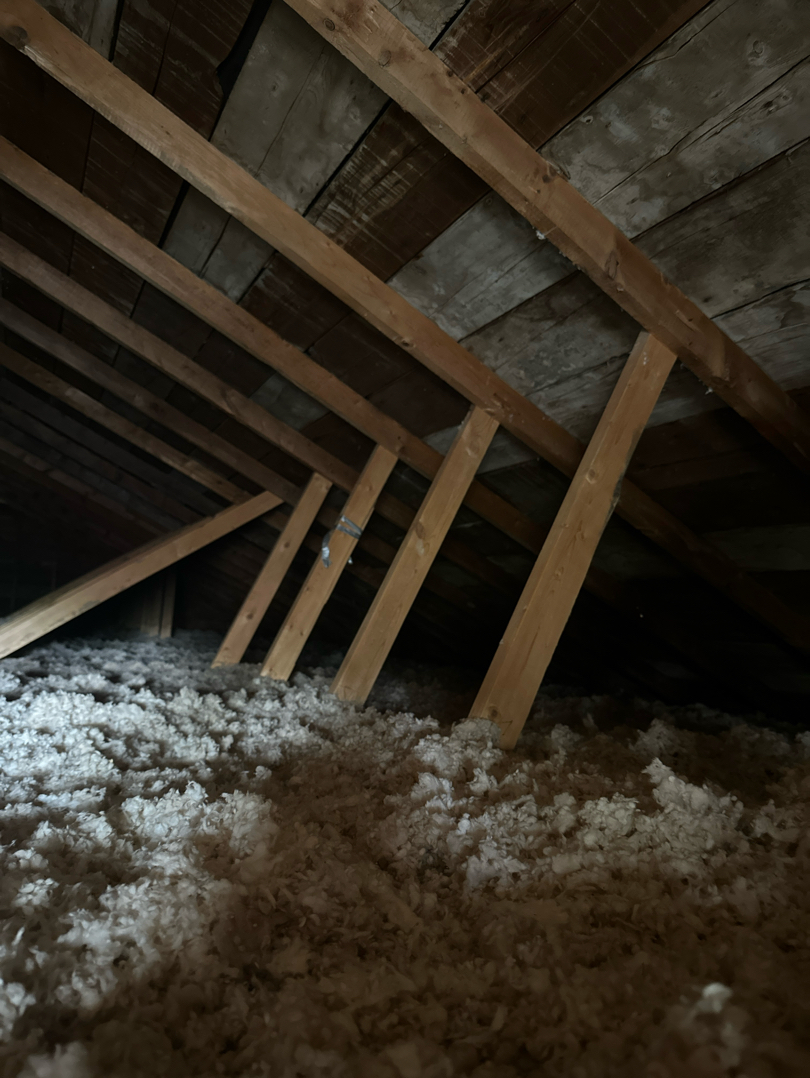
|
Support Photo
Lotta times people think the concrete and moisture staining is a problem, however, most if not all planks were utilized from original cribbing. This is why the staining and the appearance of moisture.
|
|

|
*The Attic’
You may never have taken the time to look inside the attic of your home, but knowing its condition can save you $$$.The access is usually in a discreet place like a closet & will require the use of a ladder or chair to climb up. Pushing open the hatch, you'll most likely find a space that runs the length & width of your home & contains nothing more than insulation & the roof framing. Not exactly glamorous, but it serves an essential structural purpose. IF it isn't properly maintained, it could cause you many headaches in the future. The bottom line, your attic is an essential part of your home. A toque (sock hat) in winter, an umbrella in spring, & shade in the hot summers. |
|
| T BACK TO SUMMARY |

|
Detailed Section Overview
Below, you will find detailed photographs and insights specific to this area. Regular inspections and maintenance of these components are essential to uphold their integrity and performance over time.
|
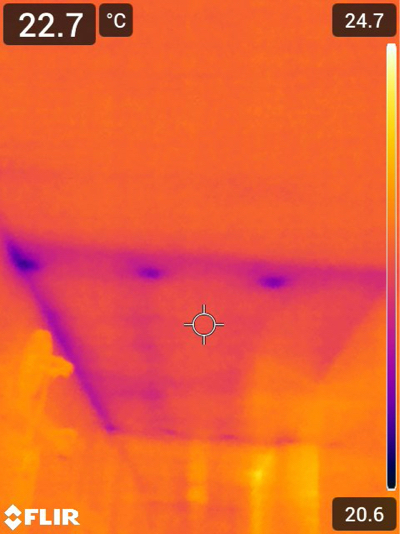
|
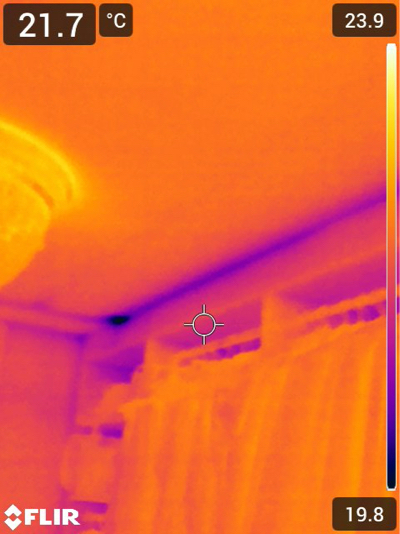
|
Thermal Ceiling
We look up, down & all around. Doors, windows, or any penetration in the skeleton of your home is where we usually find the largest tem
Thermal Ceilings
Scanned for anomalies.
|
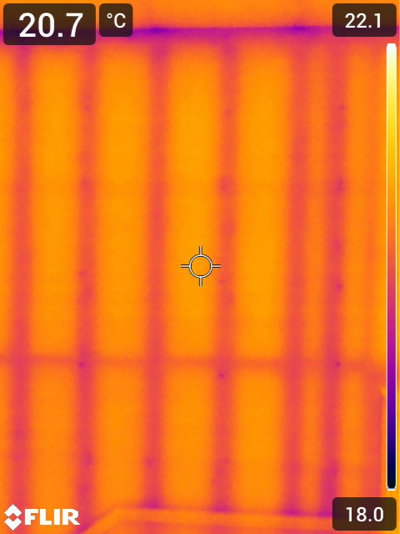
|
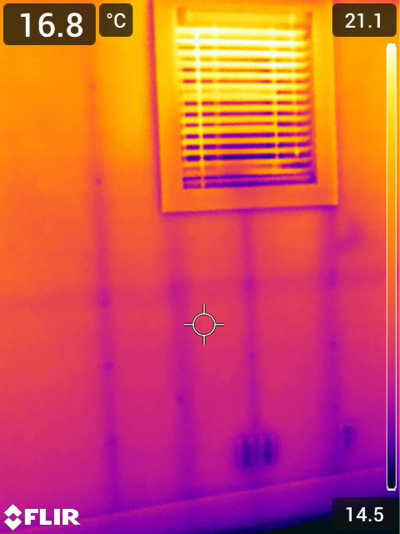
|
Thermal Basement Stair Wall
Scanned for irregularities & consistency.
Thermal Exterior Walls
As seen from the inside. All walls & ceilings were scanned for irregularities.
|
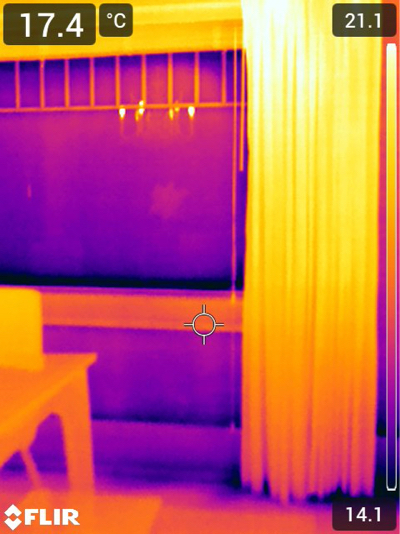
|
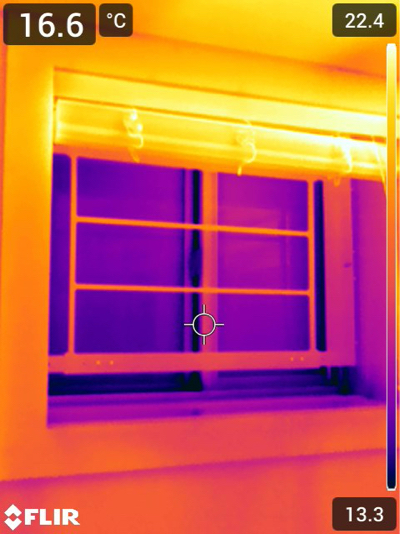
|
Thermal Windows
Scanned for irregularities, air leaks & other moisture-prone areas.
Thermal ALL Windows
Visually examined for common defects.
|
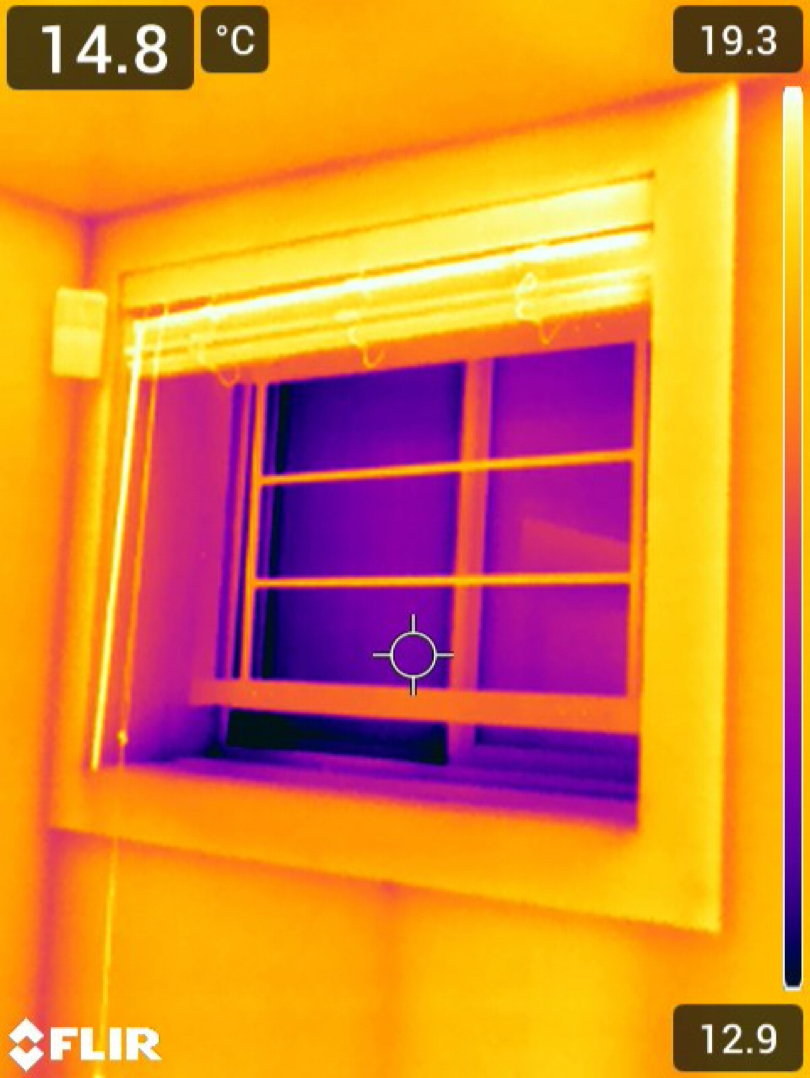
|
Thermal Window
Scanned for seal depletion & the presence of moisture.
|
|
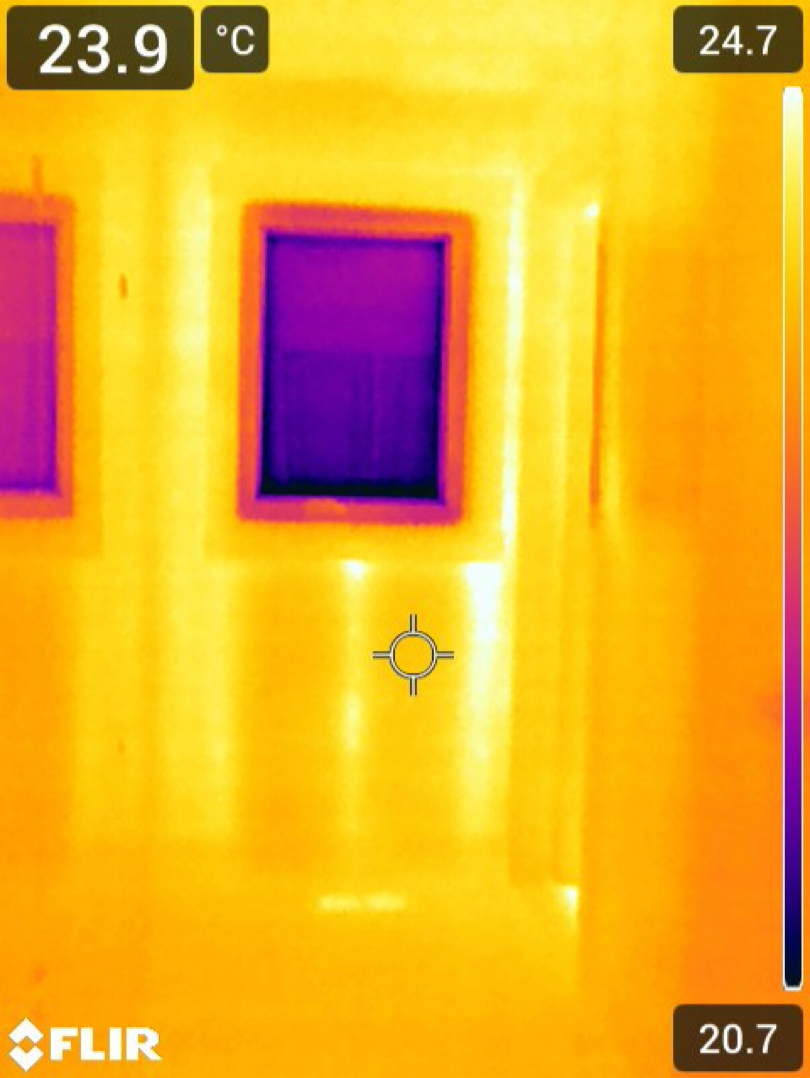
|
Thermal Door
Scanned for insulation irregularities, air leaks & consistency.
|
|
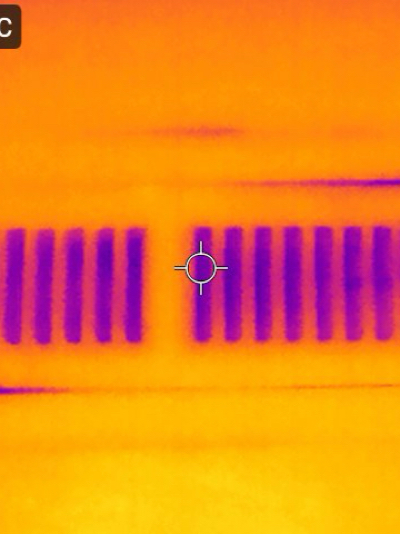
|
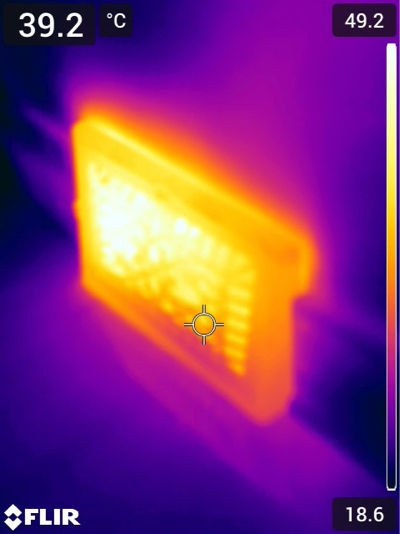
|
Thermal Heat Supply
Thermal was used to inspect for temperature & to demonstrate air flow. CO test at all vents and burning appliances.
Thermal Heat Supply
Visually examined for common defects.
|
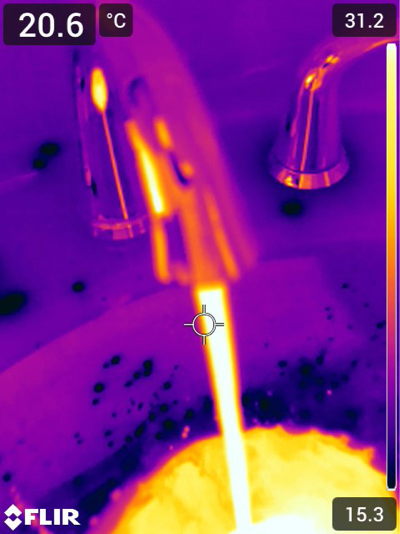
|
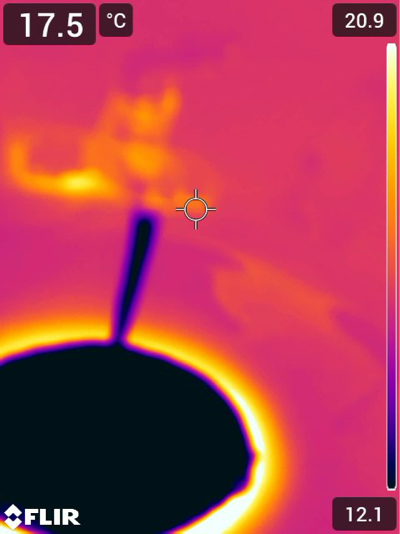
|
Hot Water Thermal
We always thoroughly run ALL plumbing fixtures & check for temperature variance.
Cold Water Thermal
See photo
|
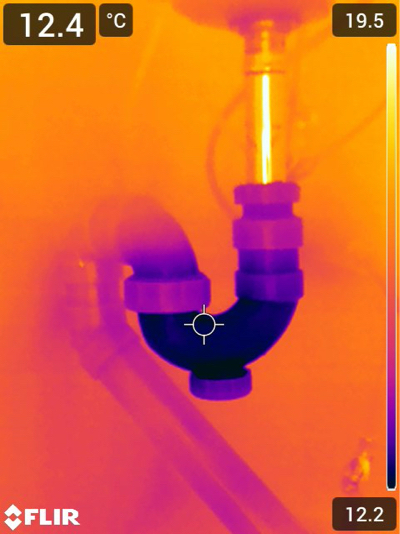
|
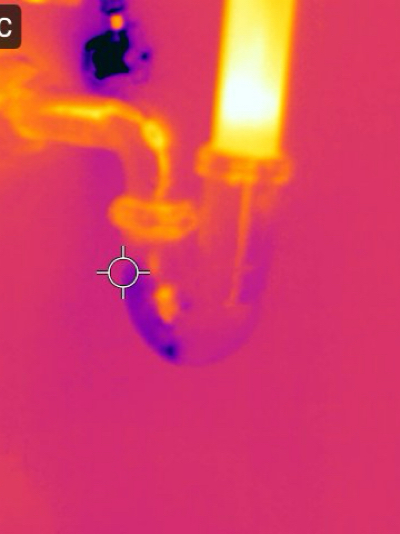
|
Thermal P-Trap
Scanned for leaks & demonstrating that it's holding water in the trap.
Thermal P-Trap
Scanned for leaks or the presence of moisture.
|
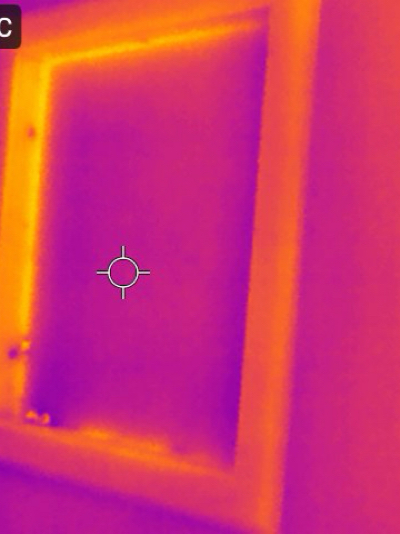
|
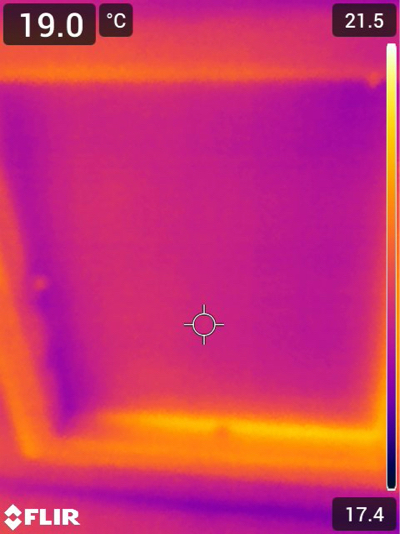
|
Thermal Hatch
For your records. Vantage point one
Thermal Hatch
Visually examined for common defects.
|

|
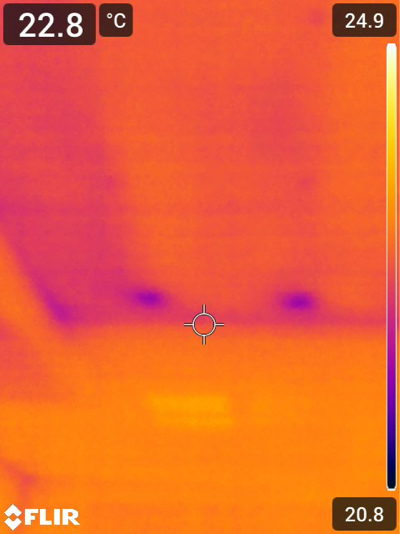
|
Basement Thermal Scans
For Your Records
Thermal Basement Overhead
Ceiling, joist space or sub-floor (as visible) scanned for anomalies.
|
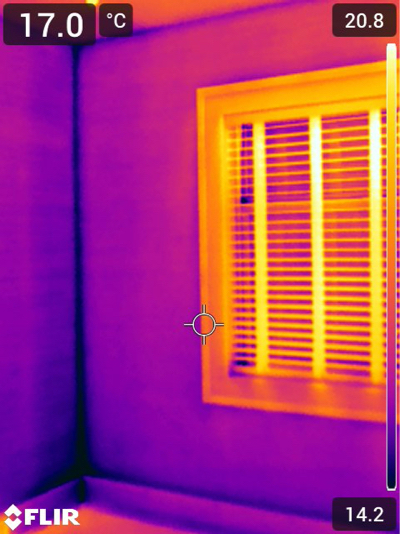
|
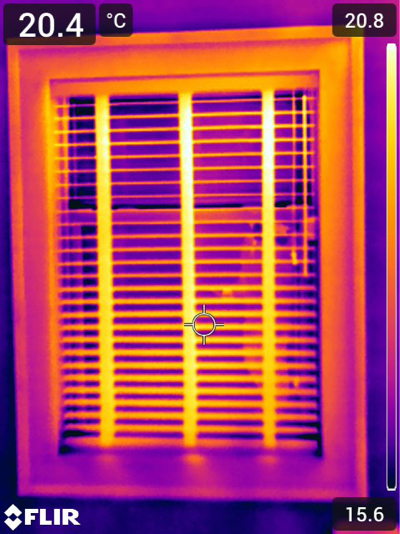
|
Thermal Basement Window
Scanned for seal depletion & the presence of moisture.
Thermal Basement Window
Scanned for seal depletion & the presence of moisture.
|
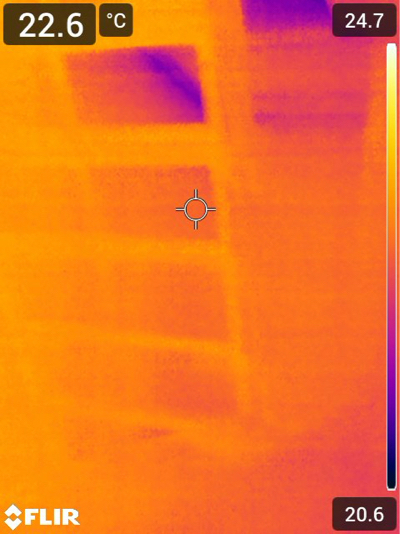
|
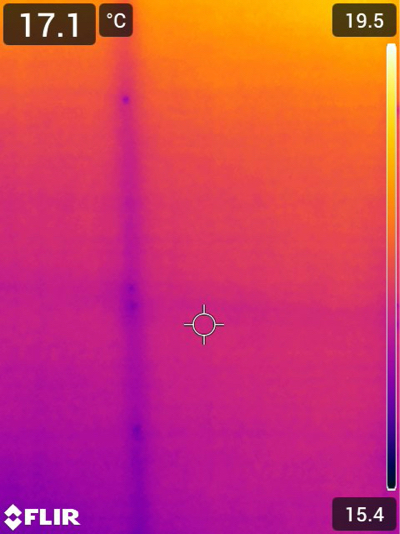
|
Thermal Foundation
Scanned for insulation irregularities, leaks & consistency.
Thermal Foundation
Scanned for insulation irregularities, leaks & consistency.
|
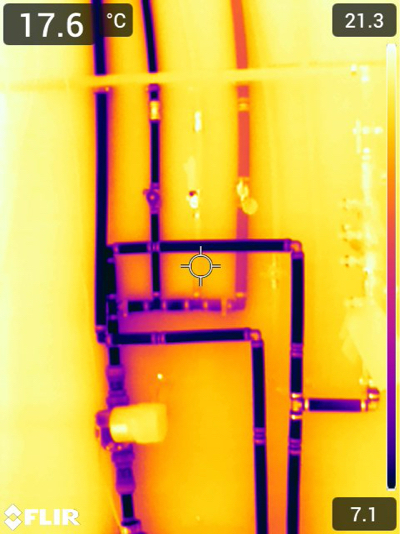
|
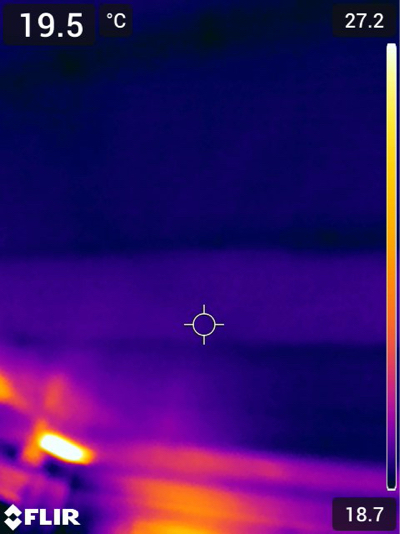
|
Additional Thermal Scan
Scanned for anomalies.
Additional Thermal Scan
Scanned for anomalies.
|
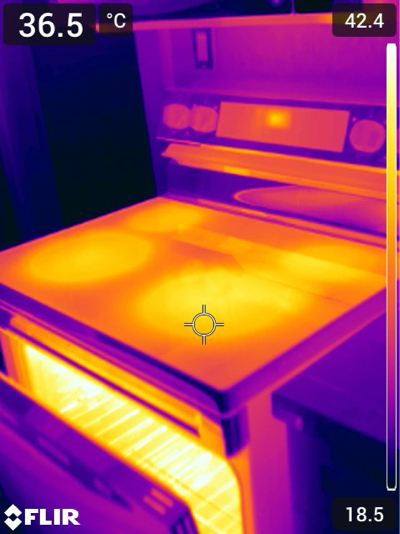
|
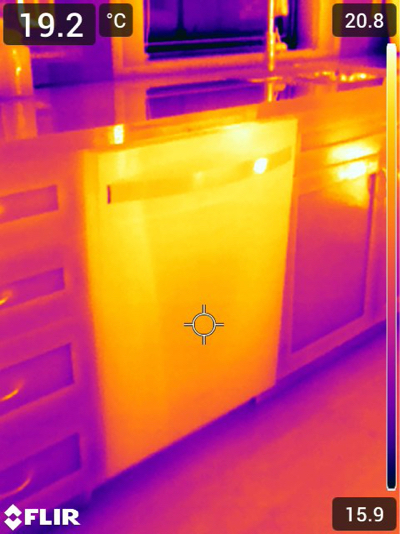
|
Support Photo
Proving functionality of all appliances. No heat signature.
Support Photo
|
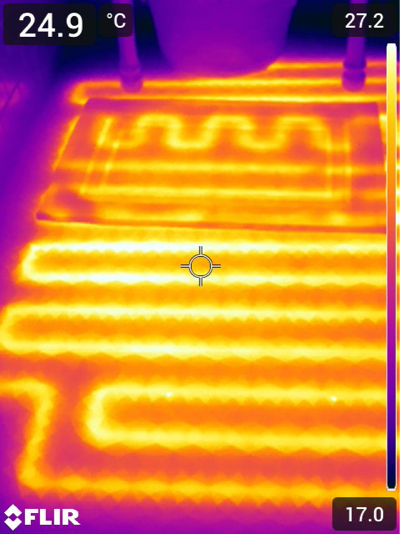
|
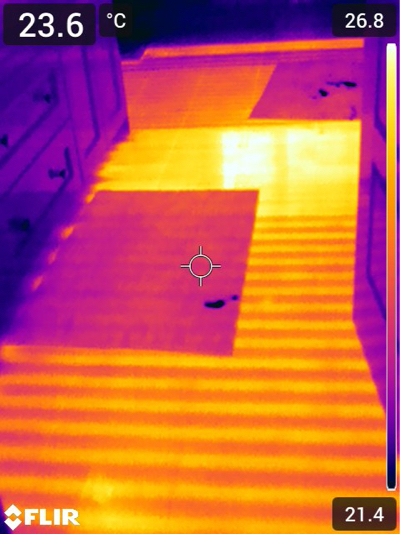
|
Support Photo
In floor electric heat satisfactory this day
Support Photo
|
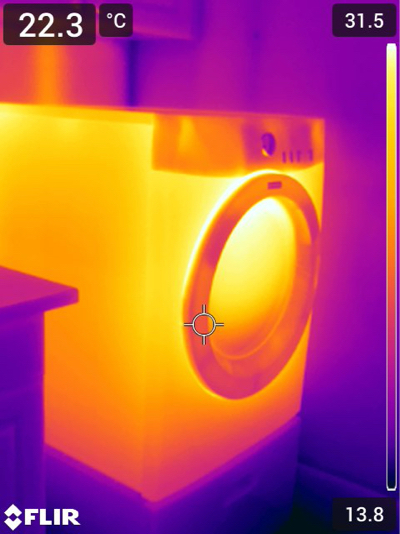
|
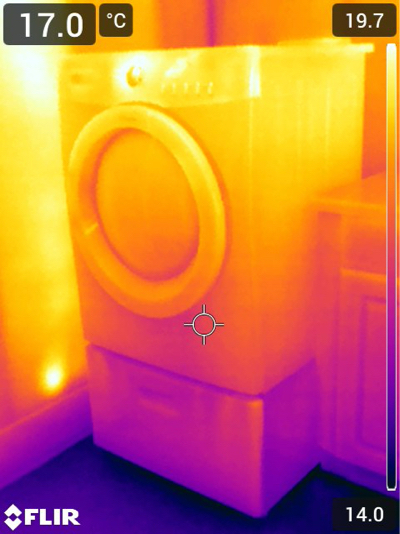
|
Support Photo
Support Photo
|
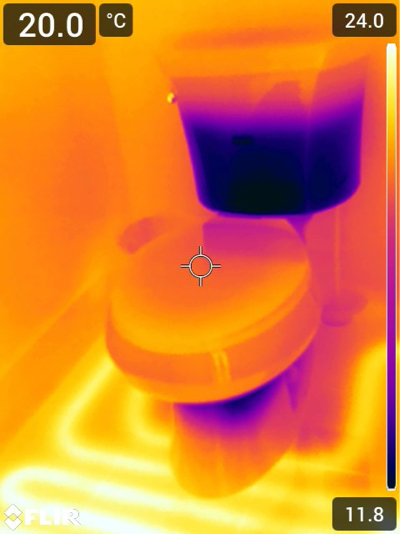
|
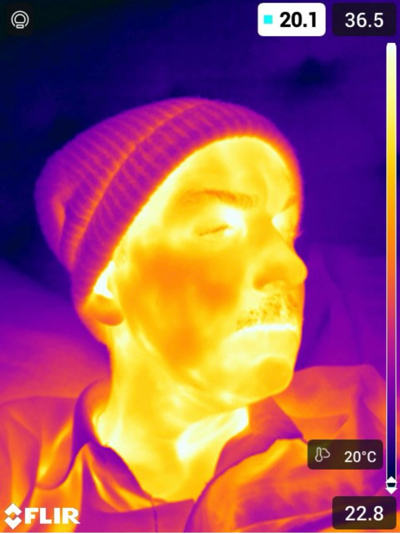
|
Support Photo
In floor is borderline close to the wax seal. Keep an eye on this for leakage and or odors.
Thermal stuff is cool!
Please remember that all homes have anomalies/minor points.
|
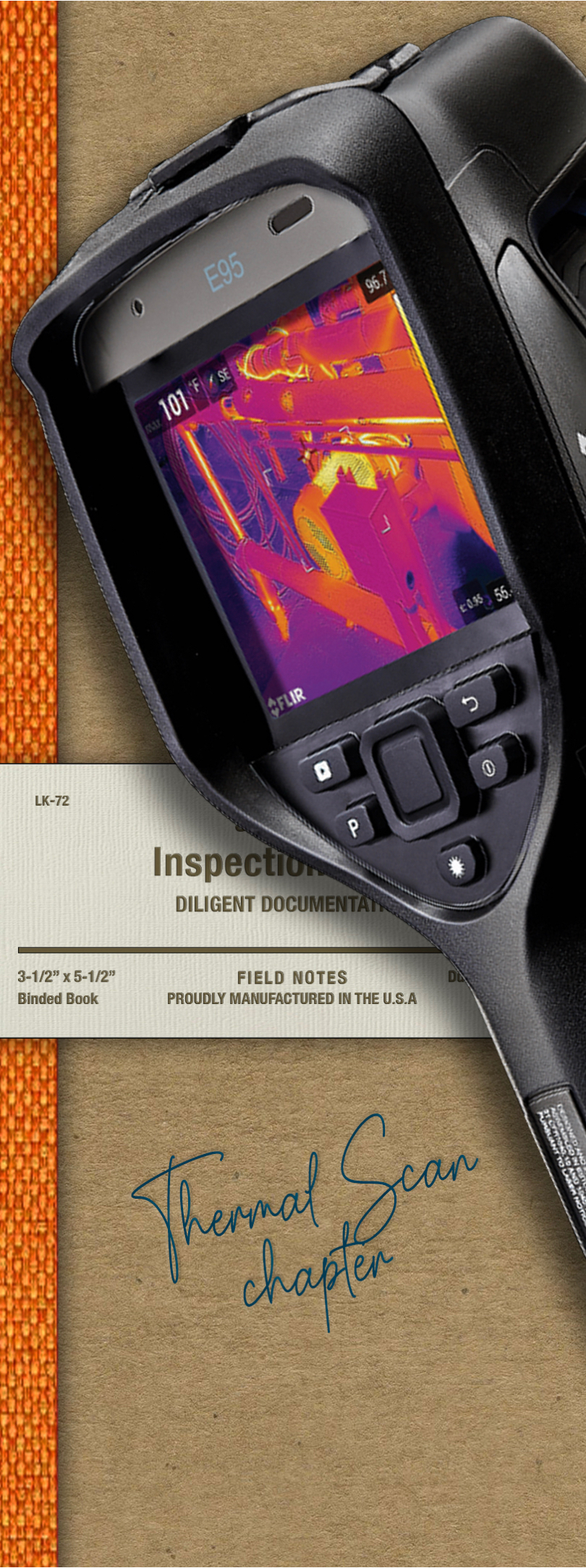
|
*Thermal Tech’
All objects emit infrared energy, known as a heat signature. An infrared camera (also known as a thermal imager) detects & measures the infrared energy of objects. The camera converts that infrared data into an electronic image that shows the apparent surface temperature of the object being measured.An infrared camera contains an optical system that focuses infrared energy onto a special detector chip (sensor array) with thousands of detector pixels arranged in a grid. Each pixel in the sensor array reacts to the infrared energy focused on it & produces an electronic signal. The camera processor takes the signal from each pixel & applies a mathematical calculation to it to create a color map of the apparent temperature of the object. Each temperature value is assigned a different color. The resulting matrix of colors is sent to memory & to the camera's display as a temperature picture (thermal image) of that object. |
|
| H BACK TO SUMMARY |

|
Detailed Section Overview
Below, you will find detailed photographs and insights specific to this area. Regular inspections and maintenance of these components are essential to uphold their integrity and performance over time.
|
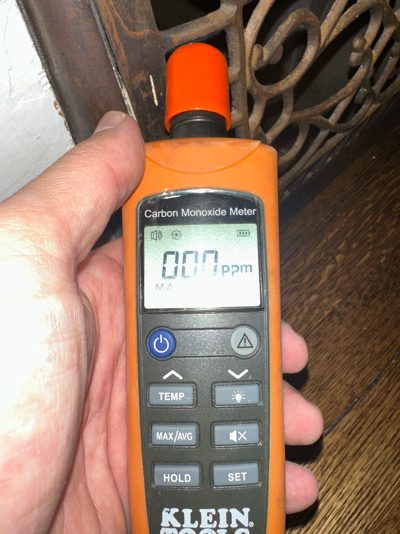
|
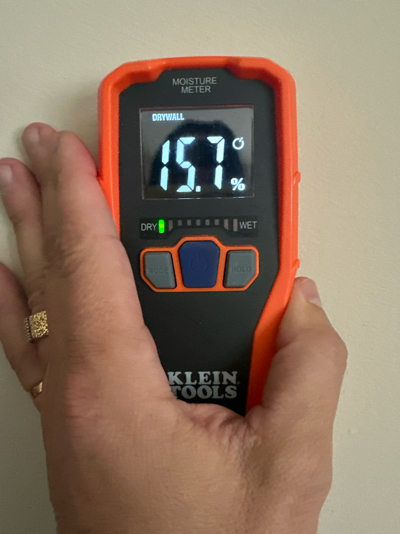
|
Carbon Monoxide Test
Spot checked in suspect areas & used to detect colorless, odorless, & tasteless gas. CHECKED @ furnace, Tank & FP
Moisture Test
Used to measure the percentage of water in a given product. Spot checked throughout—especially the usual suspects. Doors, Windows etc.
|
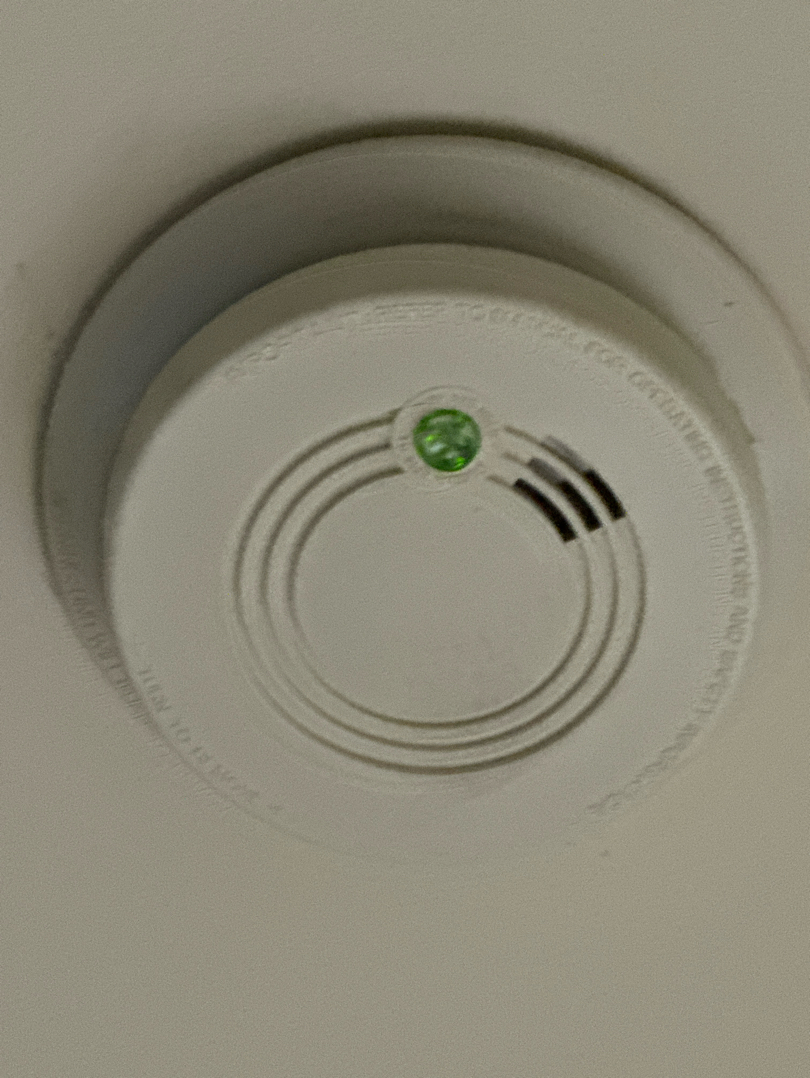
|
|
|

|
*Health & Safety’
If there's one place you should always feel safe, it's your home. It's your castle... a place of refuge, privacy, & security.Here are a few tips to help: - Consider changing locks for all doors & making sure they work for all windows. - Store matches, lighters, medications, household cleaners, & other toxic substances in a safe place. Make sure they are clearly labeled & in their original containers. - Store firearms & ammunition separately & under lock & key. - Use light timers so your child doesn't come home to a dark house. - Fire Safety: you must have a smoke alarm on each level of the house (or for homes on one level, near the kitchen & all bedrooms). Test them to make sure they all work. - Replace any broken electrical cords & use no more than two plugs per outlet. - Keep your water heater below 60 C to prevent scalding. - First Aid: Assemble a basic kit - Power Outages: Keep a flashlight or two (& extra batteries) handy. |
|
| I BACK TO SUMMARY |

|
Detailed Section Overview
Below, you will find detailed photographs and insights specific to this area. Regular inspections and maintenance of these components are essential to uphold their integrity and performance over time.
|
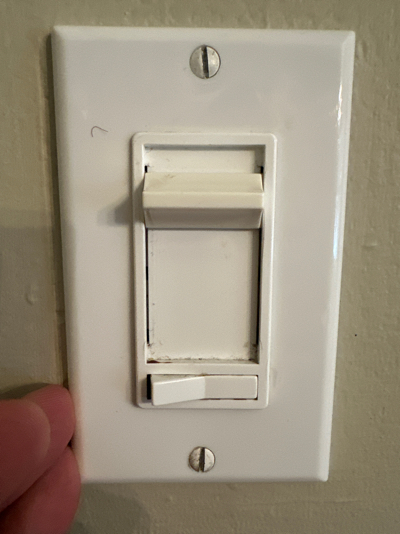
|
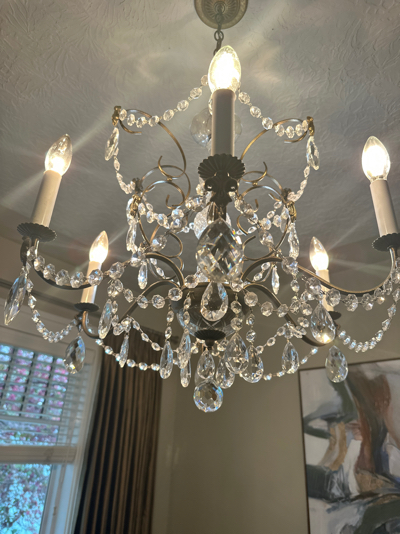
|
Switches
A select number of outlets (outlet tester) & switches were tested for function.
Interior Lights
We disco these ON & OFF more than a few times to try to catch a problem.
|
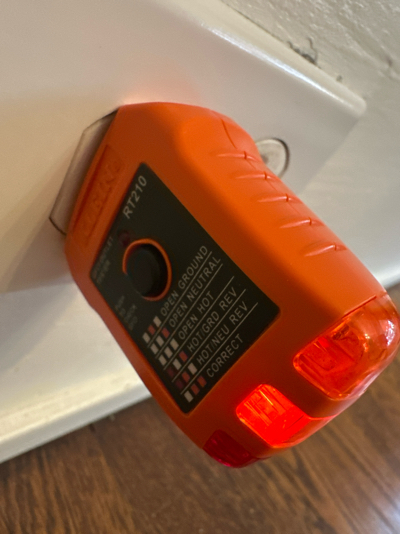
|
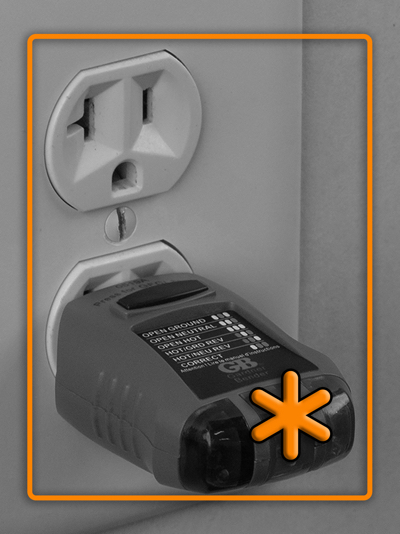
|
Outlets
Inspected for deficiencies using normal operating procedures. All outlets tested, satisfactory this day.
Plug Tester.
Used to confirm if an outlet or plug is wired correctly.
|
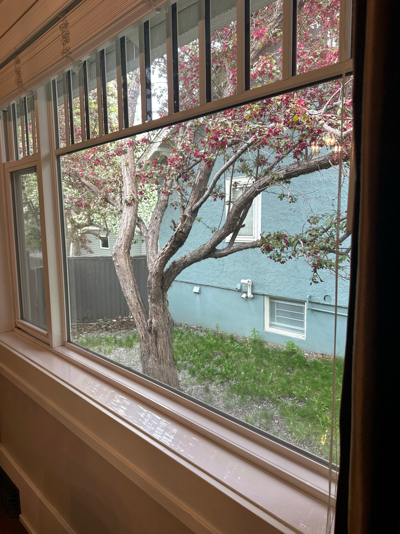
|
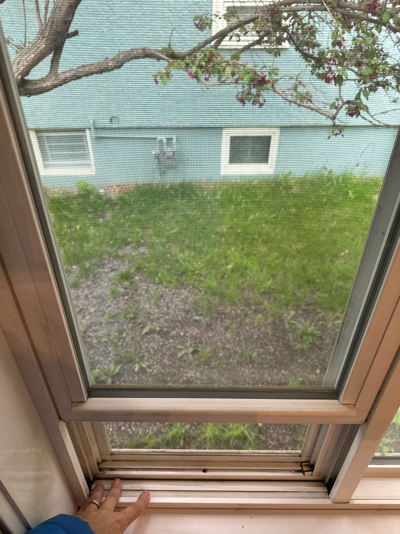
|
Interior Window
Keep’m clean! Please also consider keeping blinds open & the screens out in winter months to help prevent condensation.
Open Window
A representative # of doors & windows were checked for operation & blown seals. Blinds not part of this inspection.
|
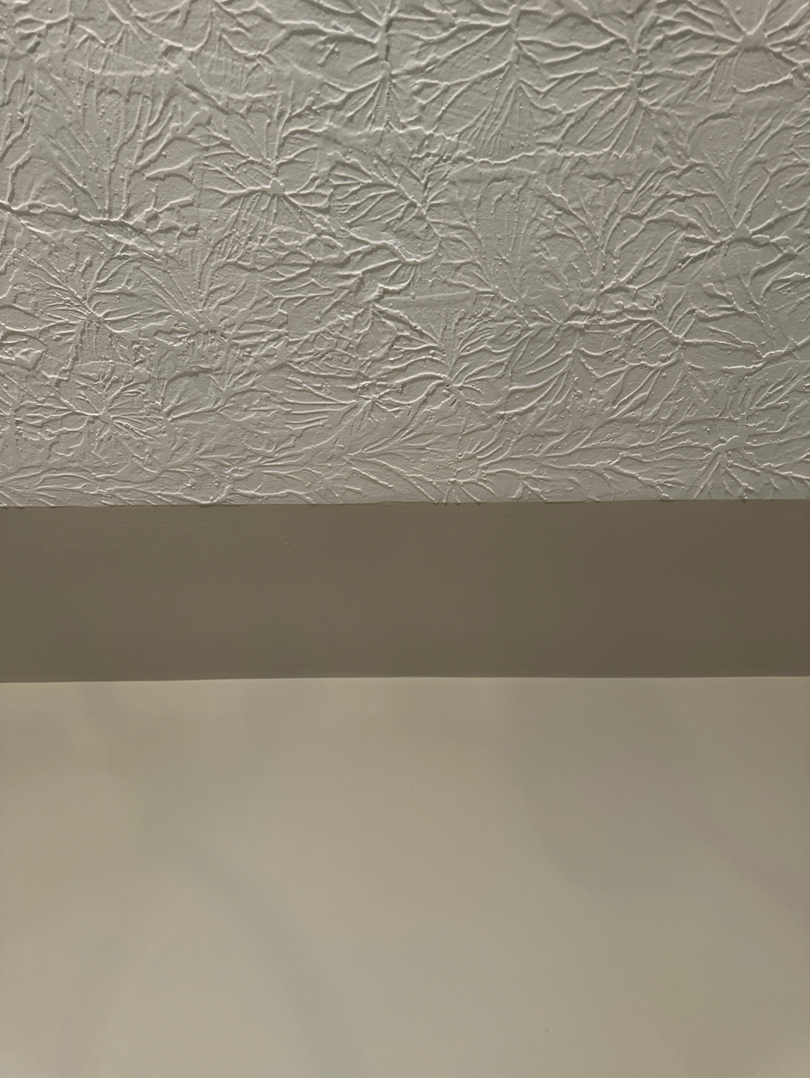
|
Drywall
Used to form & clad the interior walls of houses. Textured ceiling, Lathe & plaster drywall exterior, jip board interior. Please consider asbestos testing, especially if you plan on renovating. There could be bonding agents within this drywall and other materials.
|
|
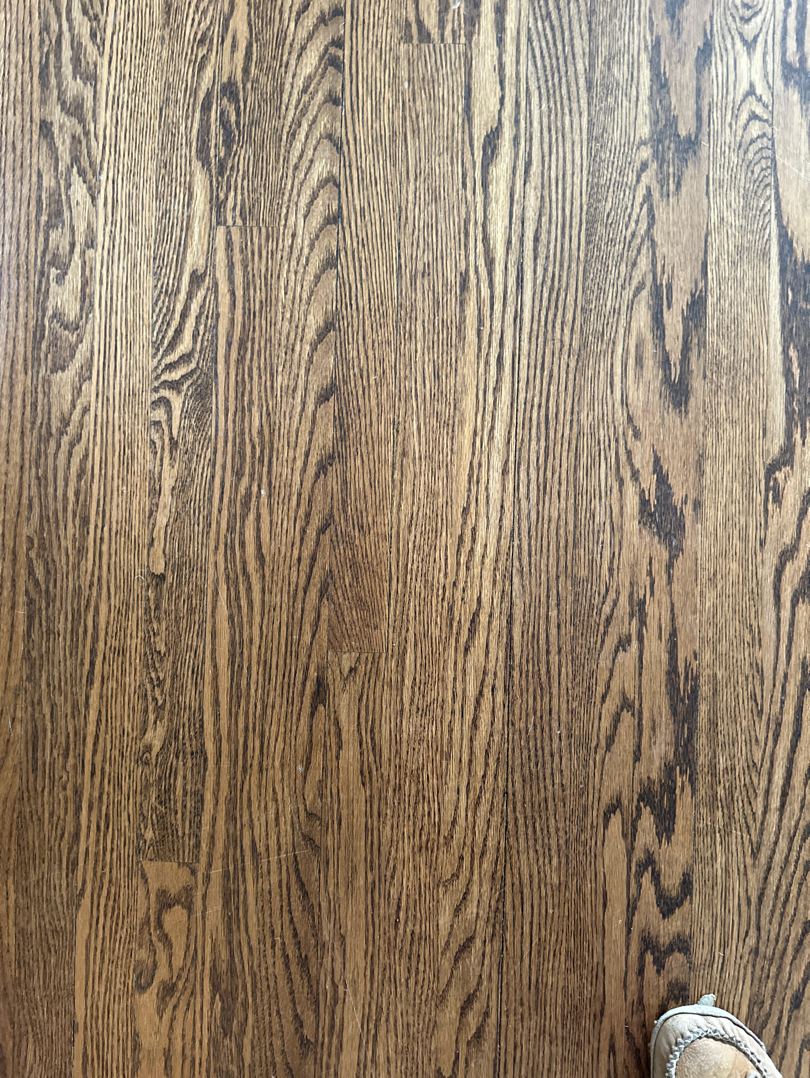
|
Flooring
Visually examined for common defects. Site finished 2 1/2 inch width 1 inch deep white oak dark brown stain. NOT PART OF THIS INSPECTION as per our agreement. 30 min inspection.
|
|

|
*Interior Notes’
It's natural to favor the more aesthetically-pleasing properties. However, cosmetic features are often decorative & trendy extras.Instead, base your decision on the underlying features & value of the home. This includes elements like the plumbing, the wiring & the roof. A lot of people have an unrealistic view of what the home buying process looks like— particularly if it's their first time buying a home or they have a past experience in which everything went swimmingly. One of the biggest misconceptions is that homes on the market come in perfect condition. This sounds ridiculous when you say it out loud, but the truth is that many buyers expect pristine homes with brand-new features throughout. Hint: Unless you're building your own house, you aren't going to find an immaculate property. The reality is that every home on the market needs some work. The key is to know how much work is needed & be honest about what you're willing to take on. "Don't just buy a home with your eyes— buy it too with your mind." |
|
| K BACK TO SUMMARY |

|
Detailed Section Overview
Below, you will find detailed photographs and insights specific to this area. Regular inspections and maintenance of these components are essential to uphold their integrity and performance over time.
|
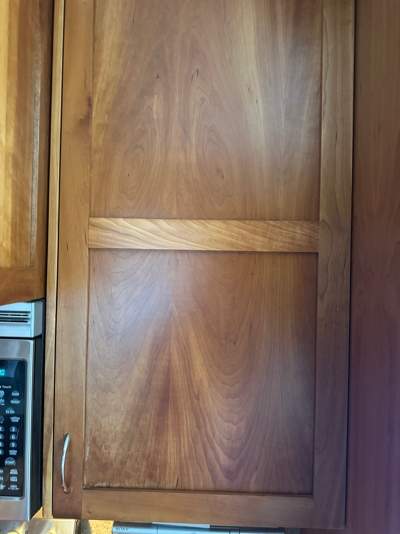
|
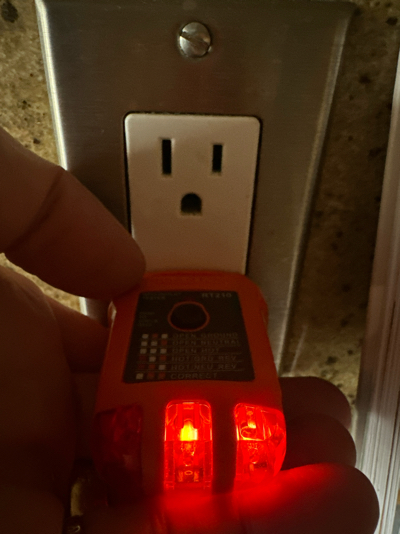
|
Kitchen Cabinets
Margins out…These can usually be leveled out by adjusting the hinge screws. Don't overdo it! NOT Part of this inspection.
Kitchen Outlets
Tested for anomalies. Tripped and restored.
|
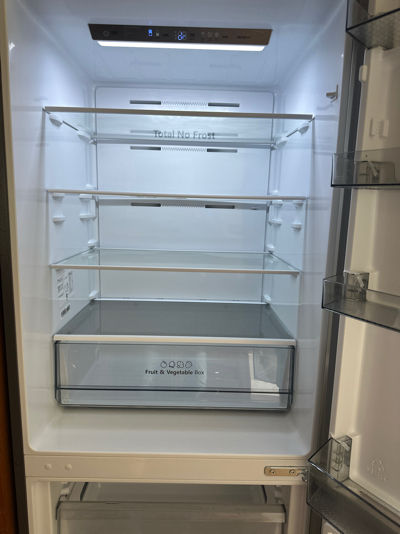
|
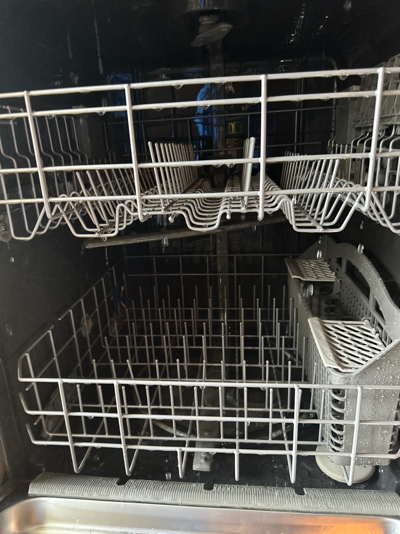
|
The Fridge
ALL Appliances were tested for operation & should be rechecked for condition & function on the day of possession.
Dishwasher
Empty your plate first! Turned ON & OFF after a quick cycle. Satisfactory Seal
|
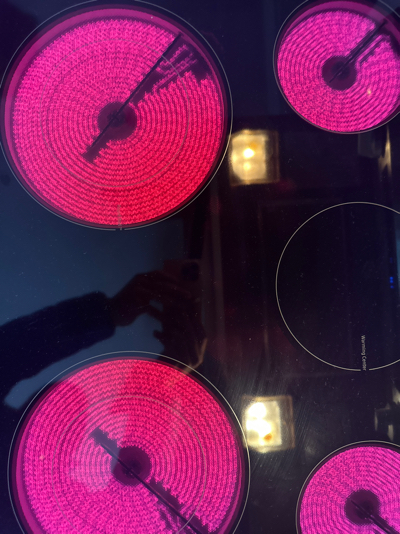
|
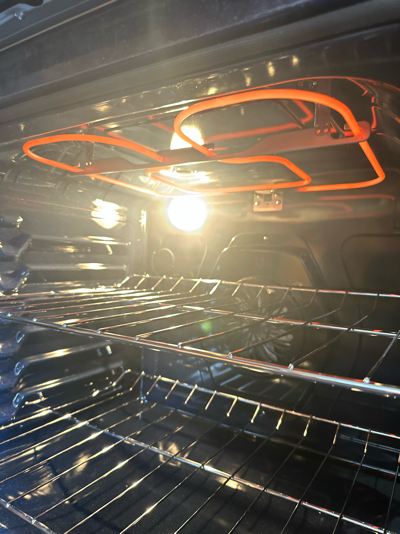
|
Stovetop
Checked for operation. Turned ON & OFF
The Oven
Checked for operation. Broil, bake and convection. She was a little bit dirty get her cleaned up. Turned ON & OFF
|
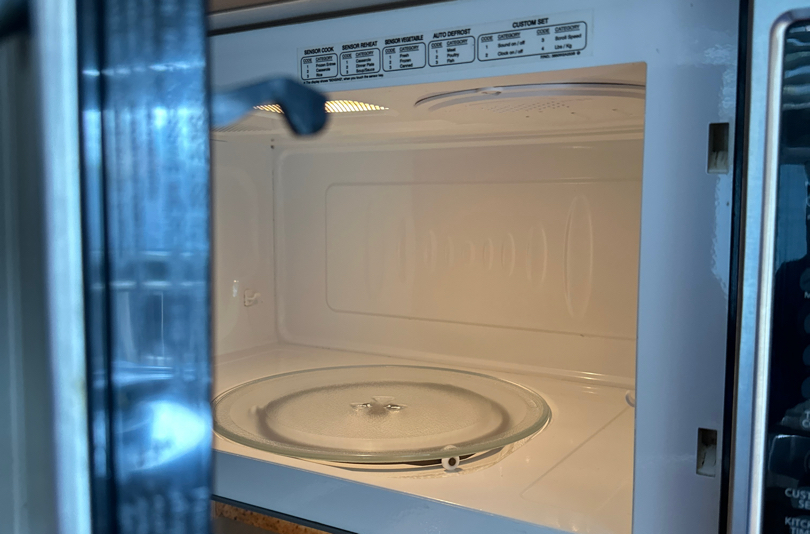
|
Microwave
Tested using normal operating procedures. Boiled a cup of water.
|
|
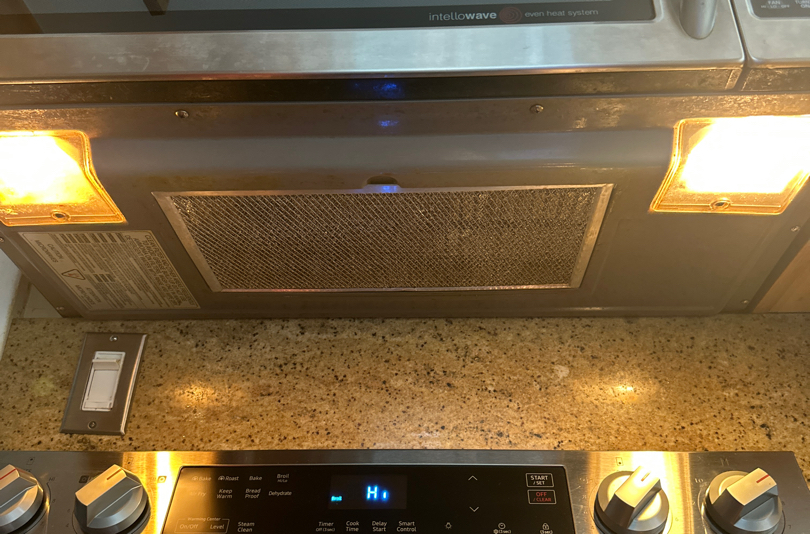
|
Hood Fan Control
A range hood removes fumes, smoke, heat, etc from above the stove when cooking. Please clean or replace filter filters.
|
|
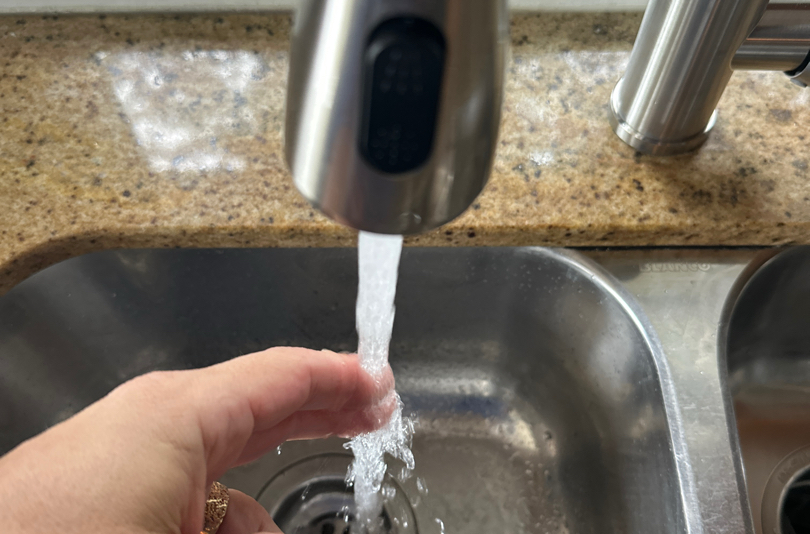
|
The Kitchen Sink
Sink & P-traps inspected for leaks & “snugness." Often times chemicals & other cleaners can break down seals, so please consider using only natural products when cleaning. Hot and cold, tested for variance at all faucets.
|
|
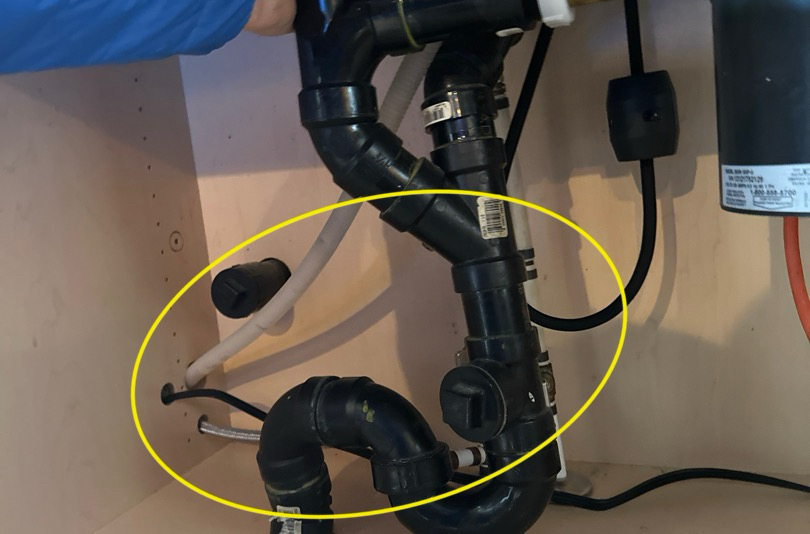
|
|
|
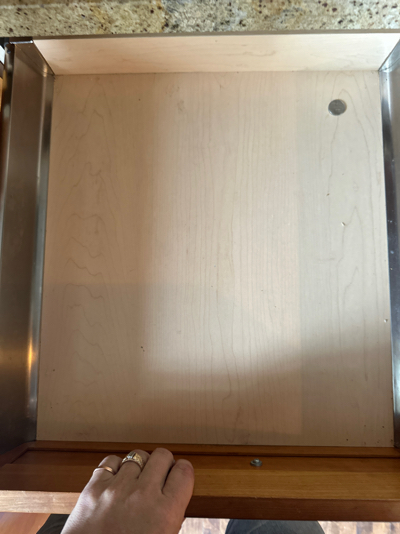
|
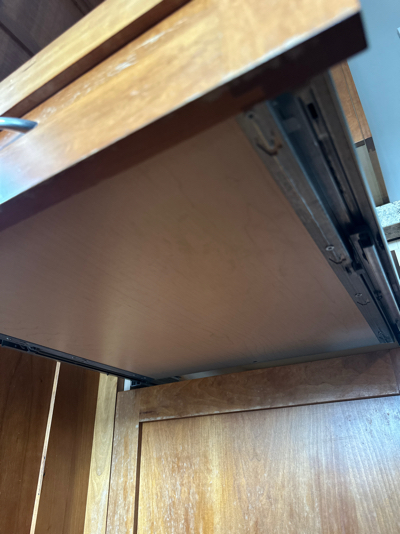
|
Kitchen Drawer
Visually examined for common defects. All drawers and cupboards tested under normal operating procedures.
Rjx Hardware
|
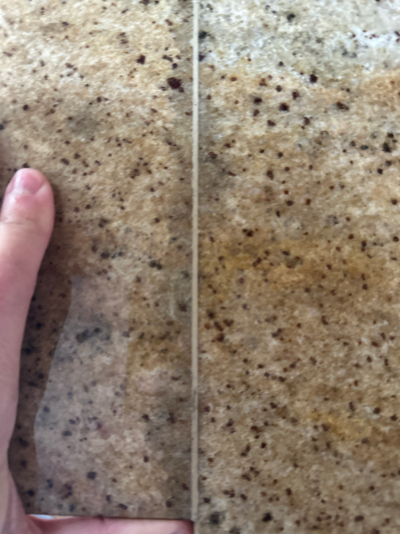
|
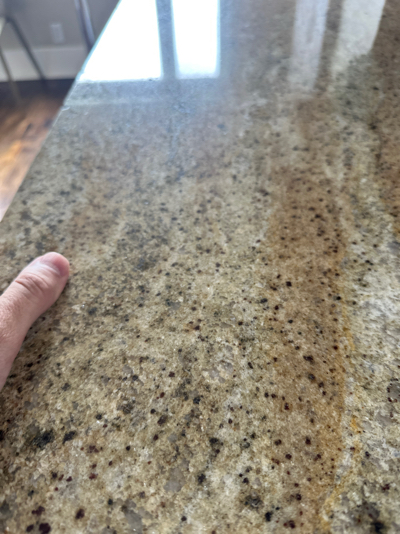
|
Counter Top
For your records. Minor stains noted.
Support photo
|
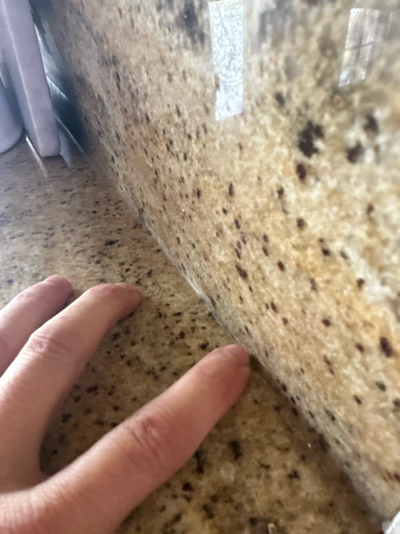
|
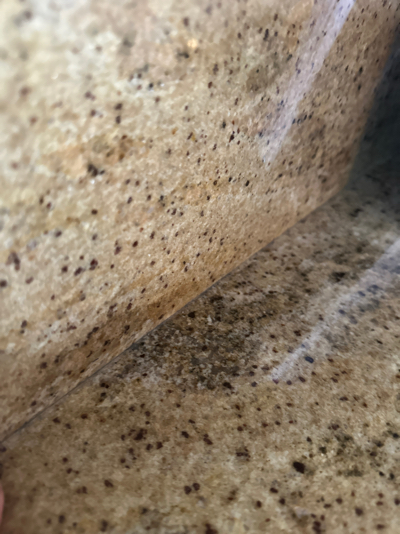
|
Caulk • Sealant
Used to seal joints or seams against leakage in various structures & piping.
Support photo
|
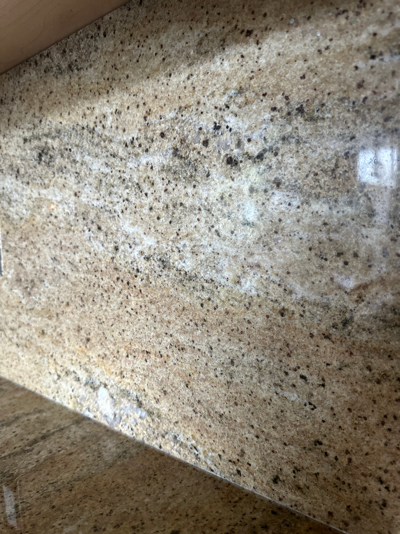
|
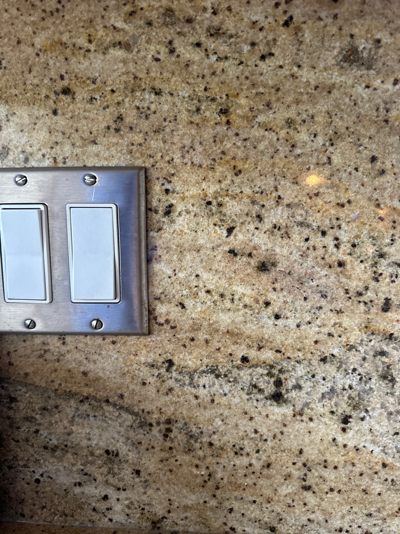
|
Backsplash
Protects the drywall from splashes. Keep gaps sealed! Minor Stains Noted.
Support photo
|
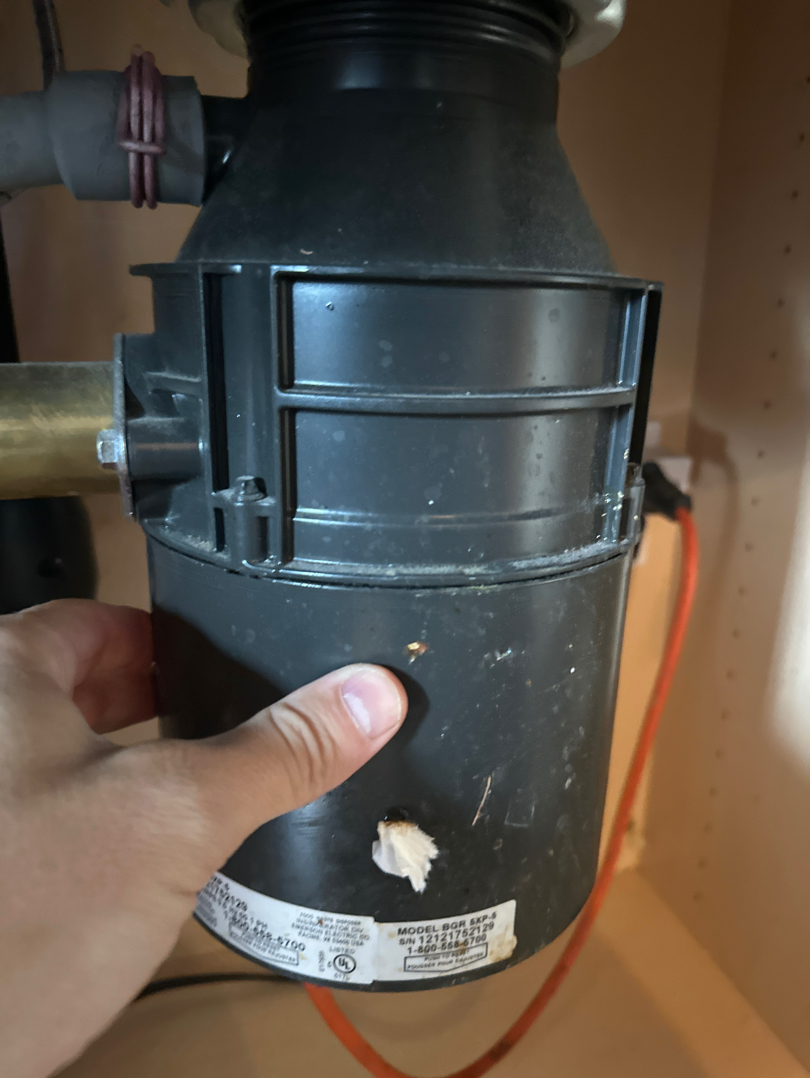
|
Garburator • Sinkorator
Designed to shred or grind. Drop some lemon & ice down there every once in while. Good functionality this day. Operated under normal operating procedures with a tray of ice.
|
|
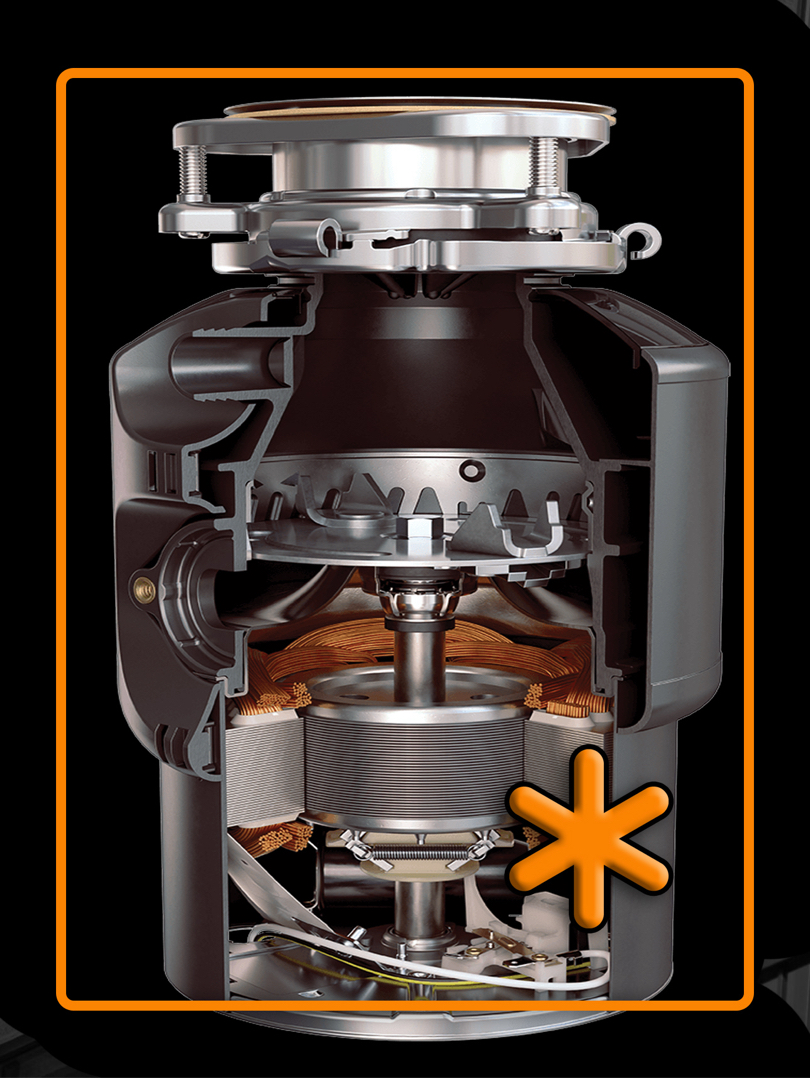
|
The Garb.
AKA the garbage disposal, is an electric device installed under a kitchen sink. It shreds food waste into small pieces to pass through plumbing. Maintenance includes running cold water during use, avoiding fibrous or hard waste, and cleaning with ice cubes or vinegar for freshness. Safety tips: Never insert hands or objects when it's on; use tongs for removals. Proper use and regular cleaning prevent clogs and extend its lifespan, ensuring efficient waste management in your kitchen.
|
|
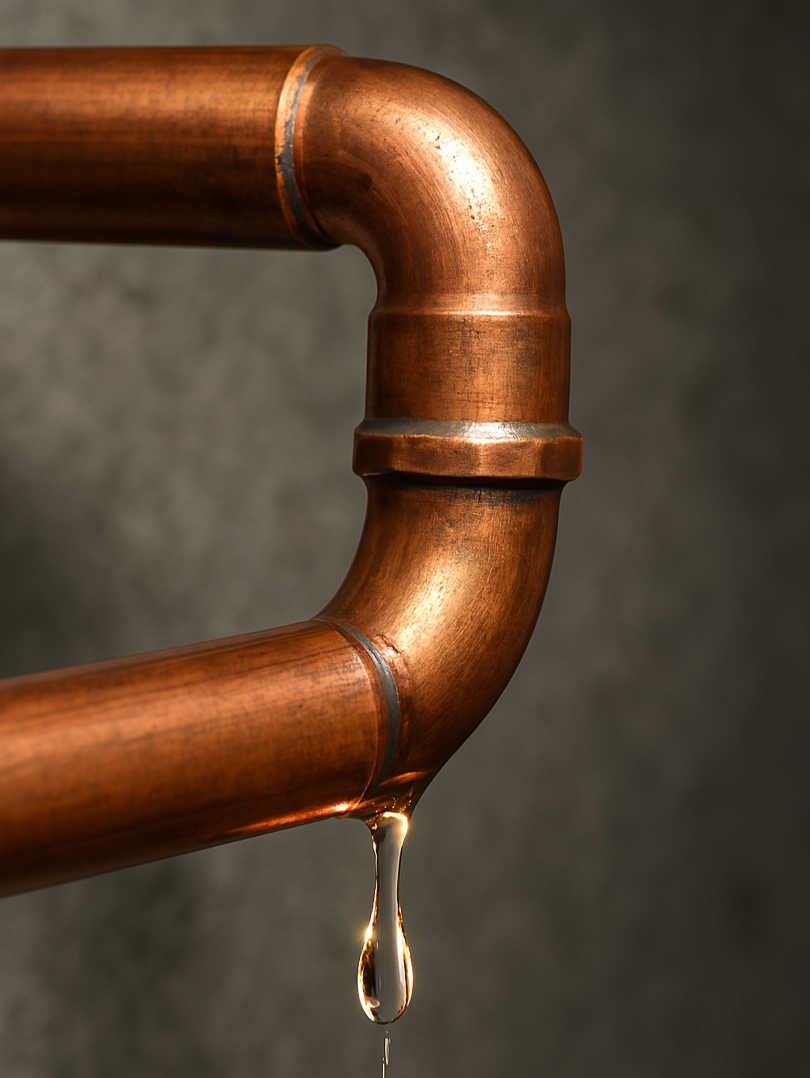
|
What To Expect
No matter what type of plumbing material is used—copper, PEX, PVC, or anything else—nothing lasts forever. Over time, all plumbing systems are prone to wear, corrosion, or failure. Eventually, every home will experience a leak; it’s not a matter of if, but when.
|
|

|
The Solution.
Water sensors are a valuable tool in preventing costly water damage by detecting leaks early—often before they become visible or cause serious issues. They monitor for moisture in high-risk areas and alert homeowners to potential problems in real time. Appliances and mechanical components such as dishwashers, refrigerators, and hot water tanks are among the most common sources of leaks, making early detection crucial for protecting your home and avoiding expensive repairs.
|
|

|
*Kitchen Safety’
Kitchens are where people gather but they present multiple hazards such as burns, cuts, slips, and fires. Ensuring a safe kitchen environment protects family members and visitors from injuries and can help prevent costly damage to the home. Key practices to increase kitchen safety include: 1. Fire Safety: Keep a fire extinguisher accessible and check it regularly to ensure it's functional. Never leave cooking unattended and keep flammable materials like towels and paper away from the stove. 2. Prevent Cuts: Store knives in a secure block or drawer. Use sharp knives which require less force and provide more control, reducing the chance of slipping and injury. 3. Avoid Slips and Falls: Clean up spills immediately. Use non-slip mats in areas prone to wetness and ensure good lighting throughout the kitchen. 4. Safe Appliance Use: Regularly check and maintain appliances. Ensure cords are intact and not frayed, and that appliances are clean and free from grease buildup, which can be a fire hazard. 5. Child Safety: Use safety latches on cabinets and drawers that contain dangerous items like cleaning chemicals and sharp tools. Keep pot handles turned inward on the stove and supervise children closely in the kitchen. 6. Proper Food Storage and Handling: Prevent foodborne illnesses by storing foods at proper temperatures, using separate cutting boards for raw meats and vegetables, and washing hands frequently during food preparation. By implementing these safety measures, the kitchen can remain a safe space for cooking and gathering, minimizing risks and enhancing the overall enjoyment of the space.
|
|
| L BACK TO SUMMARY |

|
Detailed Section Overview
Below, you will find detailed photographs and insights specific to this area. Regular inspections and maintenance of these components are essential to uphold their integrity and performance over time.
|
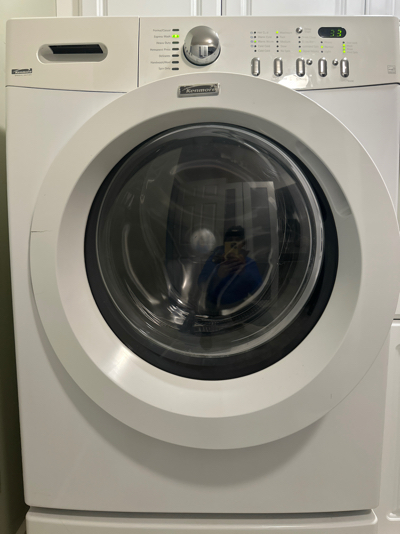
|
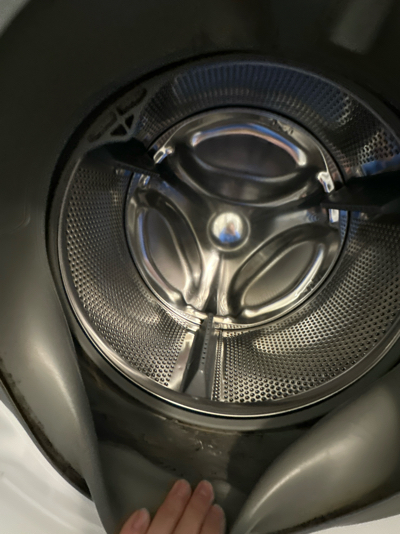
|
Laundry Washer
Run for a quick cycle & turned OFF. Sometimes we leave the lid ajar to ventilate. Mild order noted.
Inside The Washer
Even though it’s constantly washing, this will need a thorough clean every now & then.
|
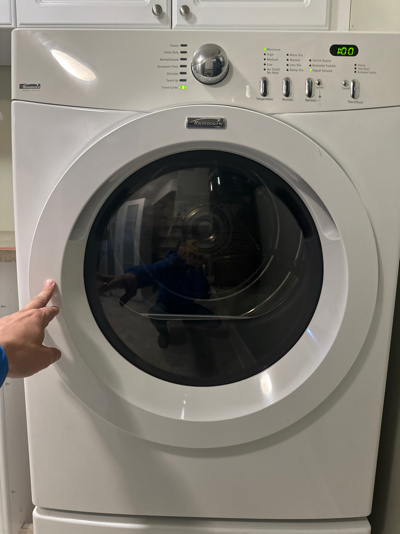
|
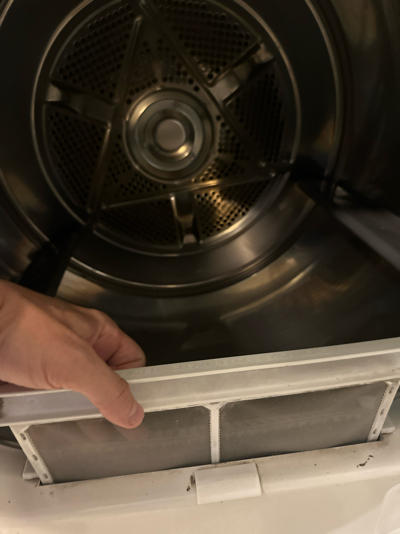
|
Laundry Dryer
Run for a quick cycle.
Inside The Dryer
This will also need a cleaning every once in a while. Remember to clean the lint filter regularly.
|
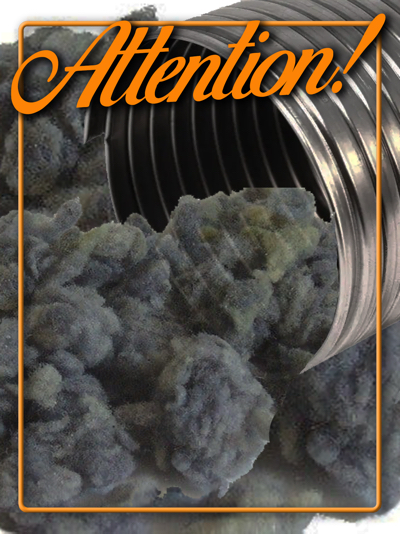
|
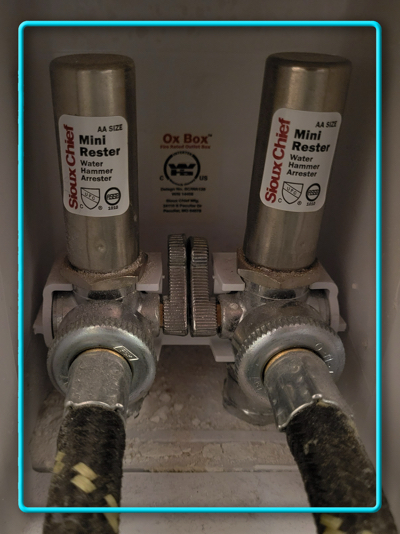
|
ATTENTION! Lint & Exhaust
Clean your lint trap and check the dryer exhaust, it's a simple step that prevents fires, boosts efficiency, and extends your dryer's l
Hot / Cold & Drain
Regularly check your washer’s hot, cold, and drain lines, leaks can cause major water damage before you even know there’s a problem.***
|

|
*Laundry Stuff’
Laundry rooms are one of the most overlooked areas in a home, yet they’re one of the top sources of water damage and fire risk. A cracked hose, a loose drain, or a clogged dryer vent can all spell trouble if ignored. That’s why we always check the basics, hot and cold water lines, proper drainage, lint trap, and venting to the outside. It’s not glamorous, but it matters. And that same mindset carries through every part of the home. From the roof, captured by drone, to the garage, attic, exterior walls, vents, flashing, and grading, we’re looking for what’s working and what’s waving a red flag. Inside, we move through the kitchen, bathrooms, mechanical systems, and interior spaces, following a visual standard of practice that keeps things safe, practical, and honest. We don’t tear things apart, move furniture, or speculate. We document what’s visible and accessible, using thermal imaging and good old-fashioned experience to catch issues early and guide you through them clearly. Every home is different, and every inspection gives us a chance to share something helpful. Whether it’s a loose handrail, a slow drain, or a roof sealant starting to wear, we believe in giving you real information you can actually use. At the heart of it, we’re storytellers, with photos, notes, and checklists that help you understand the home, its history, and what it might need next. Maintenance doesn’t need to be overwhelming, and our reports are built to help you stay ahead of the curve, not just react when something breaks. WANT TO GO DEEPER? Our full disclaimer and detailed standards of practice can be found by clicking the logo. We’re here to help you learn, plan, and protect your investment, one report at a time.
|
|
| B BACK TO SUMMARY |

|
Detailed Section Overview
Below, you will find detailed photographs and insights specific to this area. Regular inspections and maintenance of these components are essential to uphold their integrity and performance over time.
|
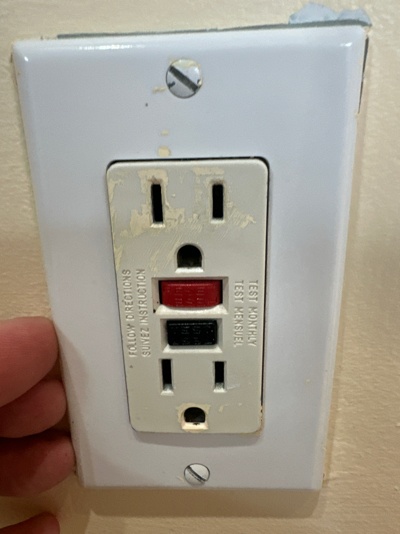
|
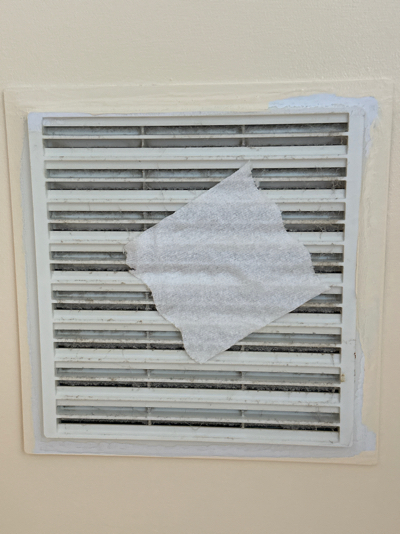
|
The Bathroom GFCI
This device shuts off an electric power circuit when it detects a current flowing along an unintended path. Tripped and restored.
Toilet Paper Test
Bathroom fans should run 30 minutes after every use. Timed switches make this easy not to forget.
|
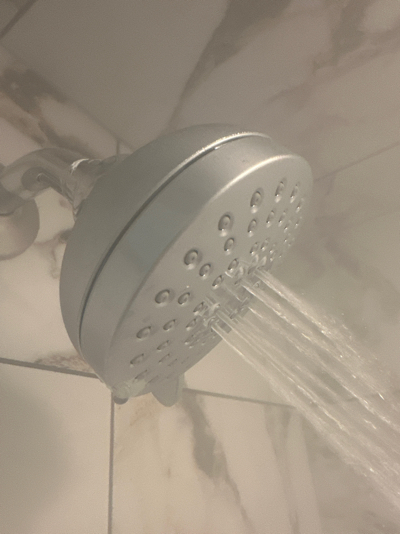
|
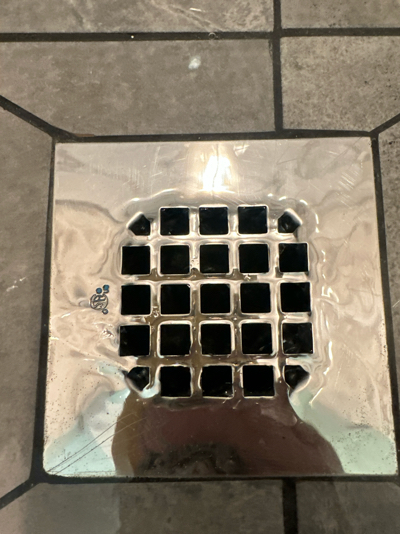
|
Shower Head
Silicone & seal all valves below the shower head. This will need upkeep over the years.
Shower Drain
Otherwise known as the hair collection station...Keep it clean & free of debris.
|
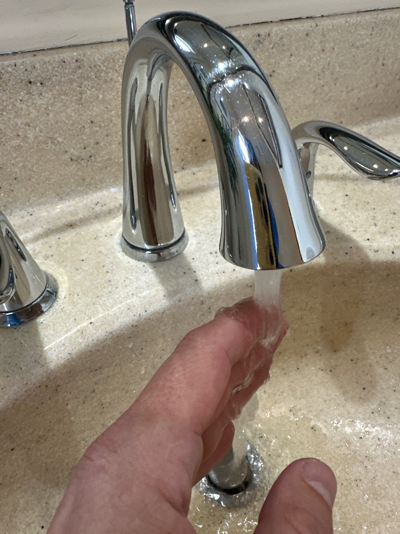
|
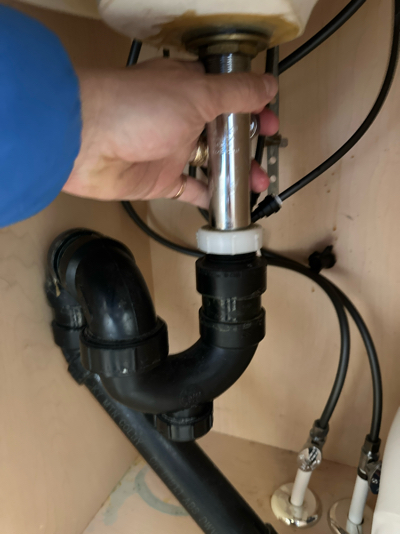
|
Bathroom Faucet(s)
Faucets, tub fillers & shower heads were fully tested & run for a significant amount of time.
|
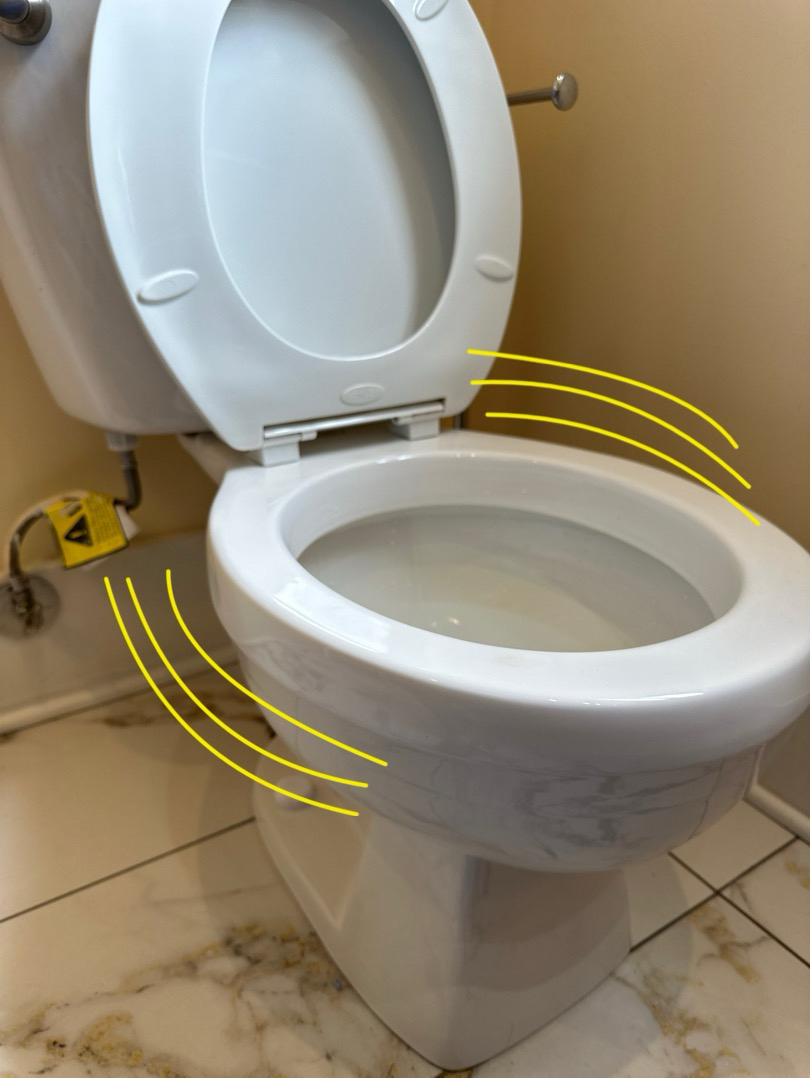
|
|
|
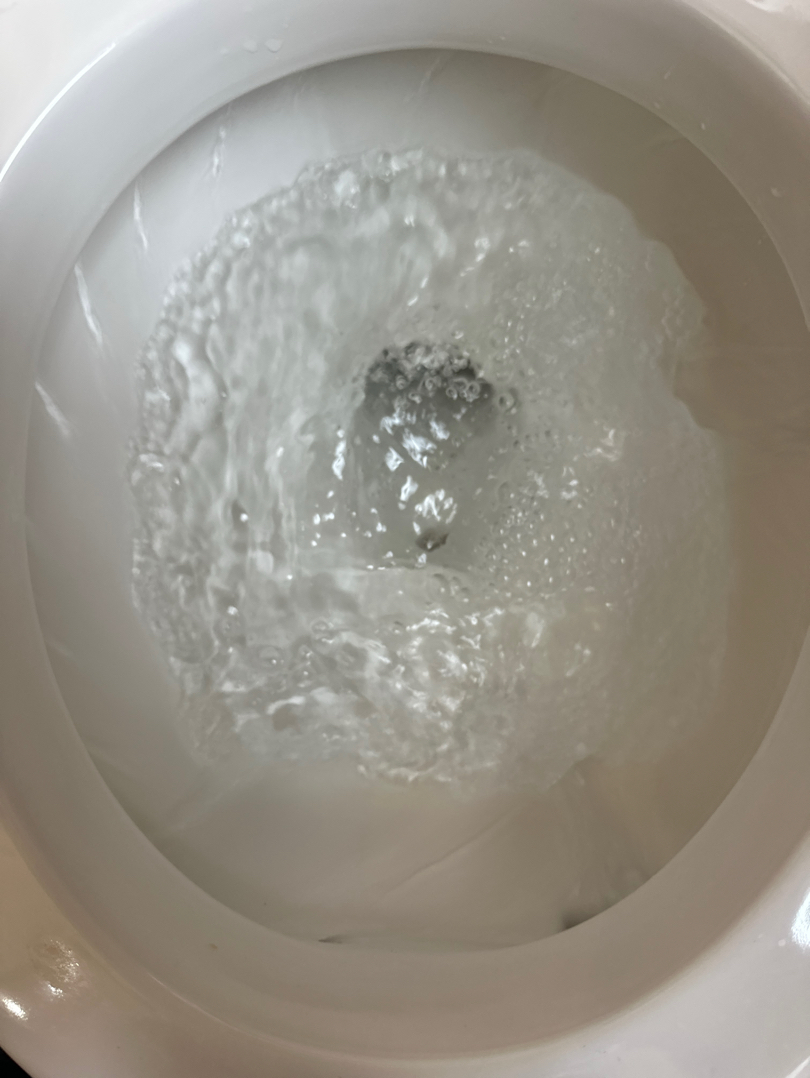
|
Toilet Flushing
Flush it away. Please check operation again on your next visit or at possession. All toilets flushed three times each.
|
|

|
*Best Seat In The House’
Even before indoor plumbing folks understood that outhouses needed ventilation.When bathrooms moved indoors, ventilation was required not just to remove odors but also to exhaust excess moisture. We all know how much moisture can be produced by taking a hot shower, just think about the fogged mirrors & the condensation that forms on windows & walls, especially when it's cold outside. Bath fans are sized according to the volume of air they can move, measured in cubic feet per minute, or cfm. The rule of thumb is that you need 1 cfm for every square foot of floor area in the room. It's smart to err on the high side, especially in a bathroom that gets heavy use or one with a high ceiling. Better fans are engineered to run quieter than low-priced versions. Finally, don't forget: Bathroom fans should be left running for at least 20 minutes after each shower. This will ensure that all of the humidity is cleared out of both the room & the ventilation ductwork. |
|
| M BACK TO SUMMARY |

|
Detailed Section Overview
Below, you will find detailed photographs and insights specific to this area. Regular inspections and maintenance of these components are essential to uphold their integrity and performance over time.
|
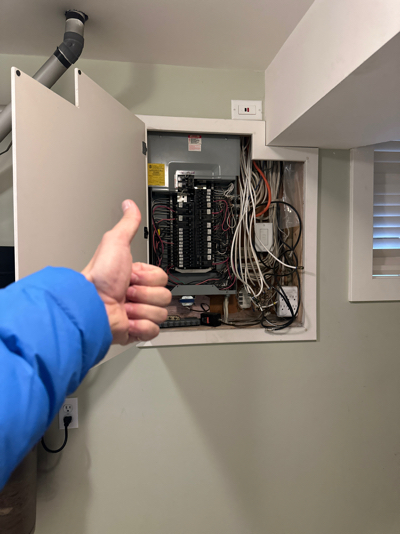
|

|
FYI Panel Clearance
requires a clear area for access & work that is (30”) wide, (36”) deep, & (78”) high. Depending on where you live.
Electrical Safety.
Main & sub panel boxes should always be secured & worked on by certified tradespeople.
|
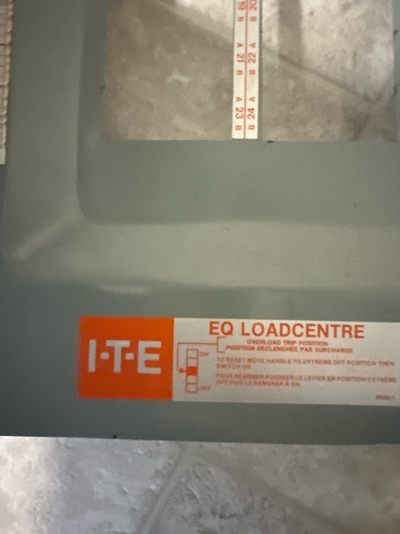
|
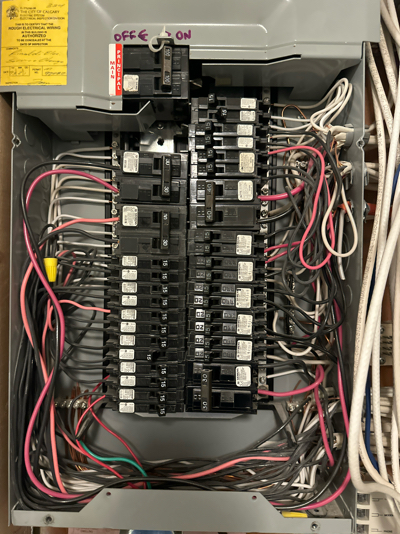
|
Electrical Panel
The electrical panel typically consists of a main breaker, circuit breakers and bus bars
Inside - Electrical Panel
PLEASE, never remove the panel cover to access the breaker. Leave this to the pros.
|
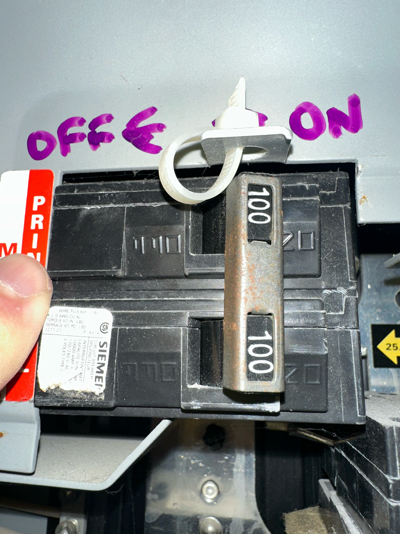
|
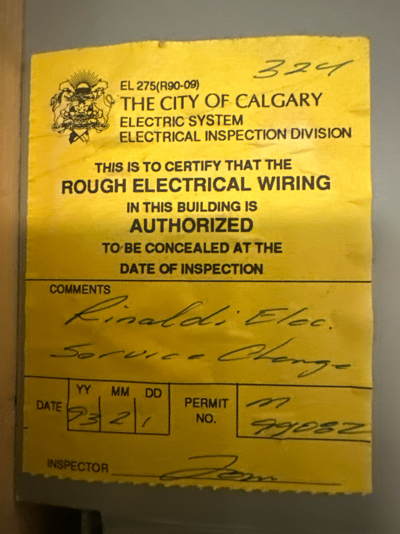
|
The Main Breaker
Generally, this will shut down everything! Designed to interrupt a large amperage load.
Labels & Stickers
See Photo. You may want to pull permits or request for all know ln modifications.
|
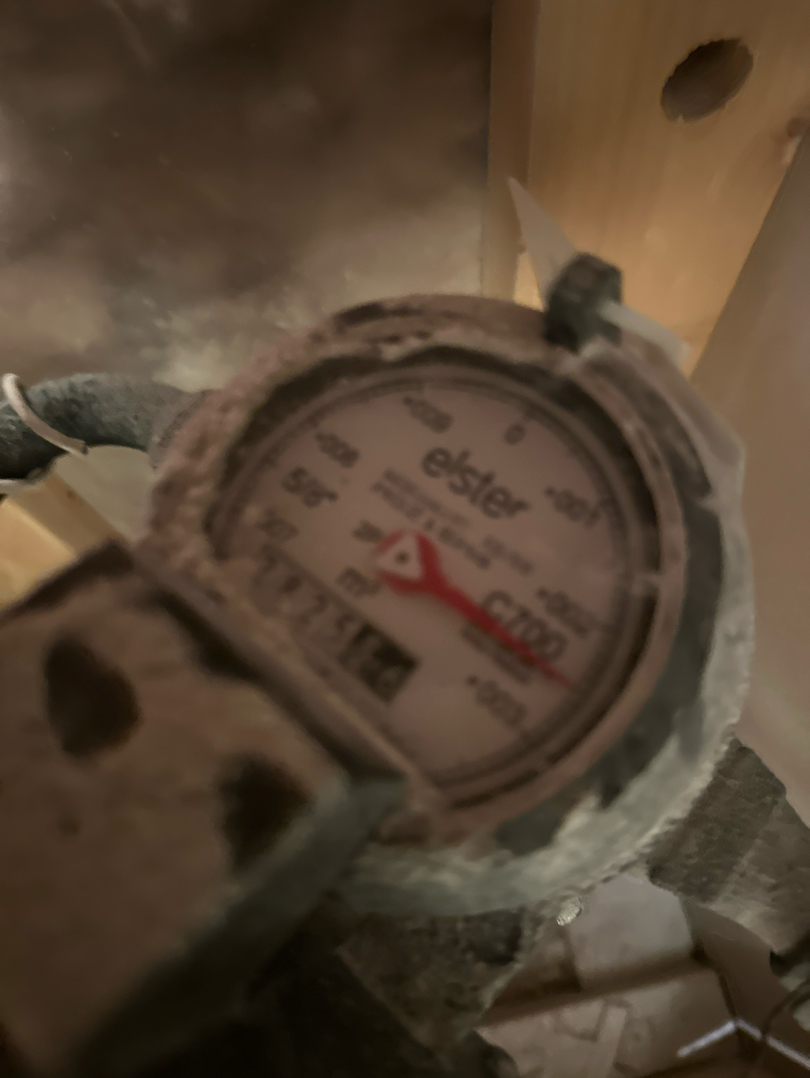
|
What does a water meter do?
Water meters are essential in conserving water & saving money on your water utility statement. A water meter is a mechanical device connected to your water connection & only registers consumption when water is used. There are no electric components inside a water meter. Meters are usually installed just above the main water shutoff valve in the home & most water meters have a transmitter that is remotely read for billing purposes.
|
|
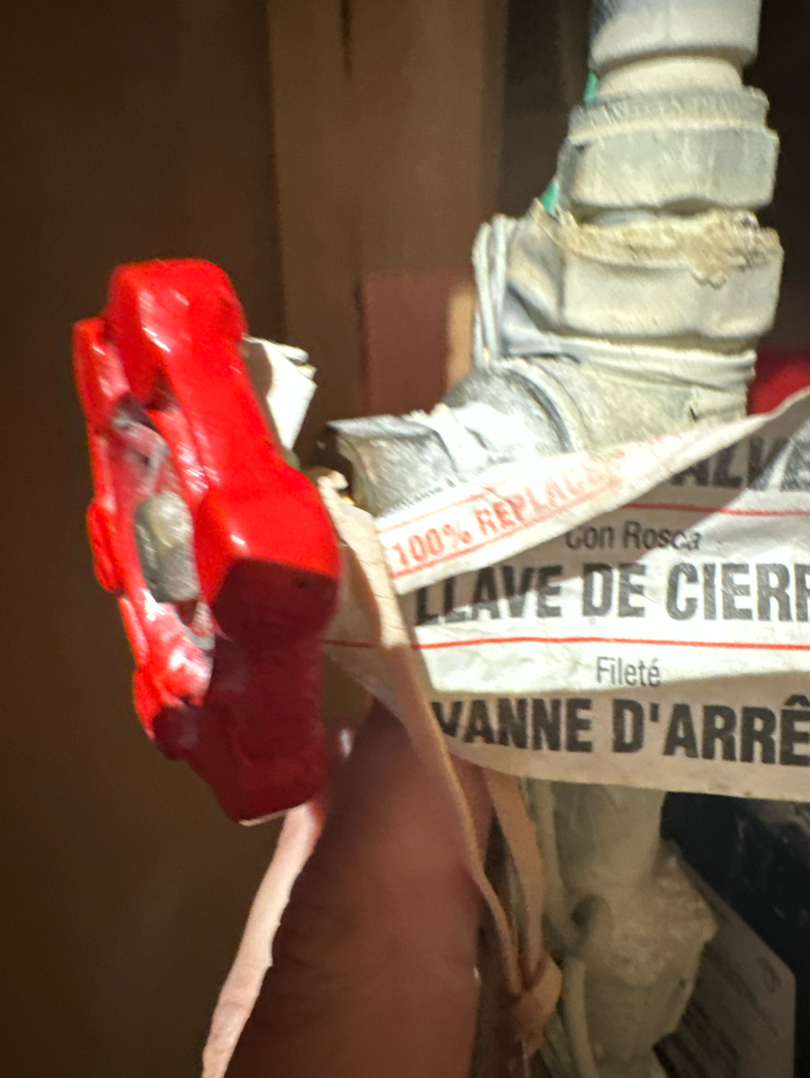
|
|
|
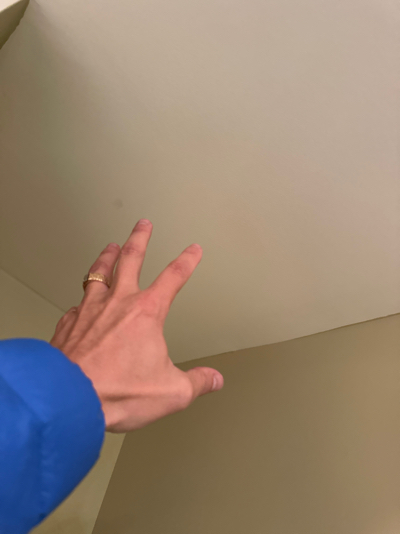
|
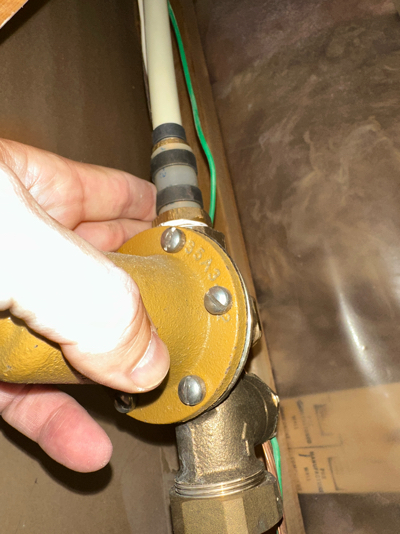
|
Exterior Water Shutoff Valve
These should be turned off & bled in the winter months to prevent potential problems in the spring. Undetermined / please have sellers advise.. Not Inspected
The Water Lines
Main visible water lines that could actually be seen throughout the inspection. Combination.PEX and copper. PRV also noted, not tested
|
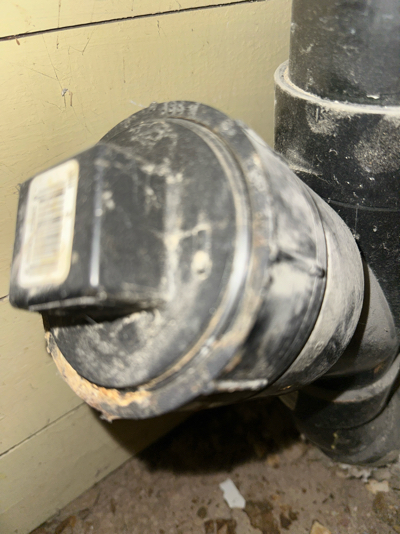
|
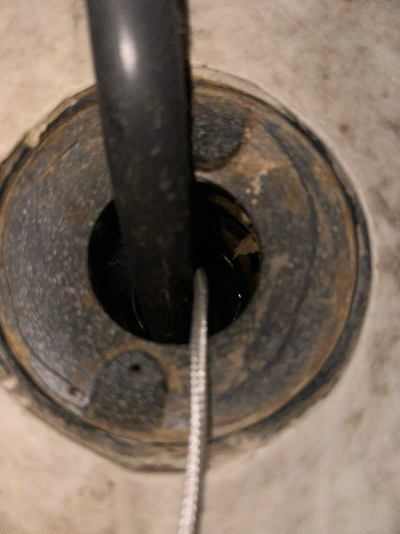
|
The Sewer Line
We’re usually very limited on what we can see here besides showing you the material. Mixture of ABS / Cast Iron. RCMD scope.
Main Drain
Usually only 1 per home. New or old, we always recommend having the sewer scoped to look for things like obstructions & more…
|
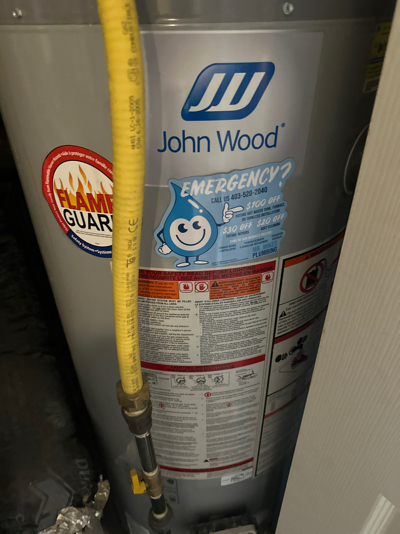
|
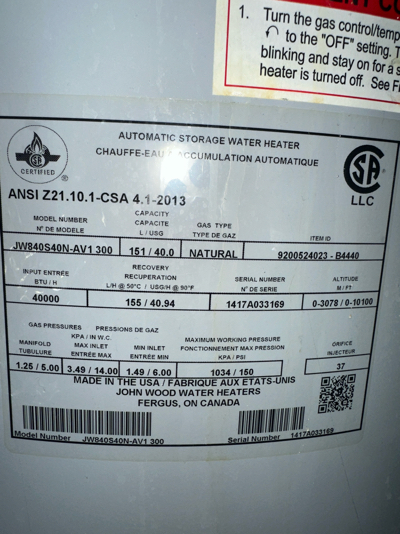
|
The Hot Water Unit (2017)
Life expectancy of a water heater is about 8-12 years from new.
Hot Water Data Plate
This usually contains model & serial #. It also contains the birth date & other important info.
|
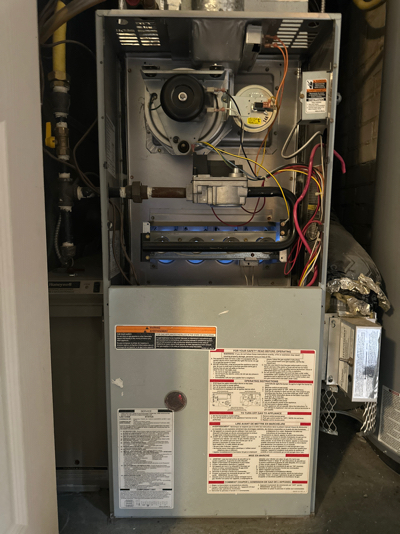
|
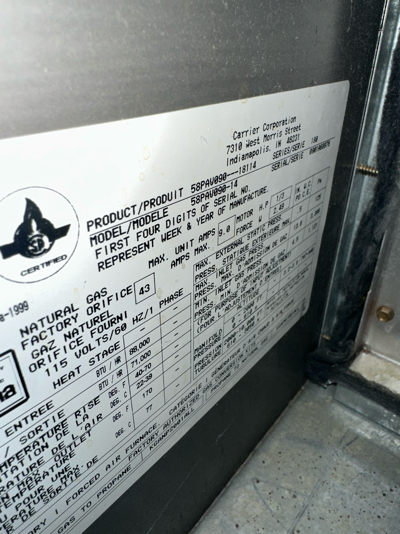
|
Main Heating Unit (2009)
Run for the majority of this inspection. A thorough clean & precision tune-up is always recommended.
Heating Unit Data Plate
A small metal or sticker plate that provides key information about a home's heating system.
|
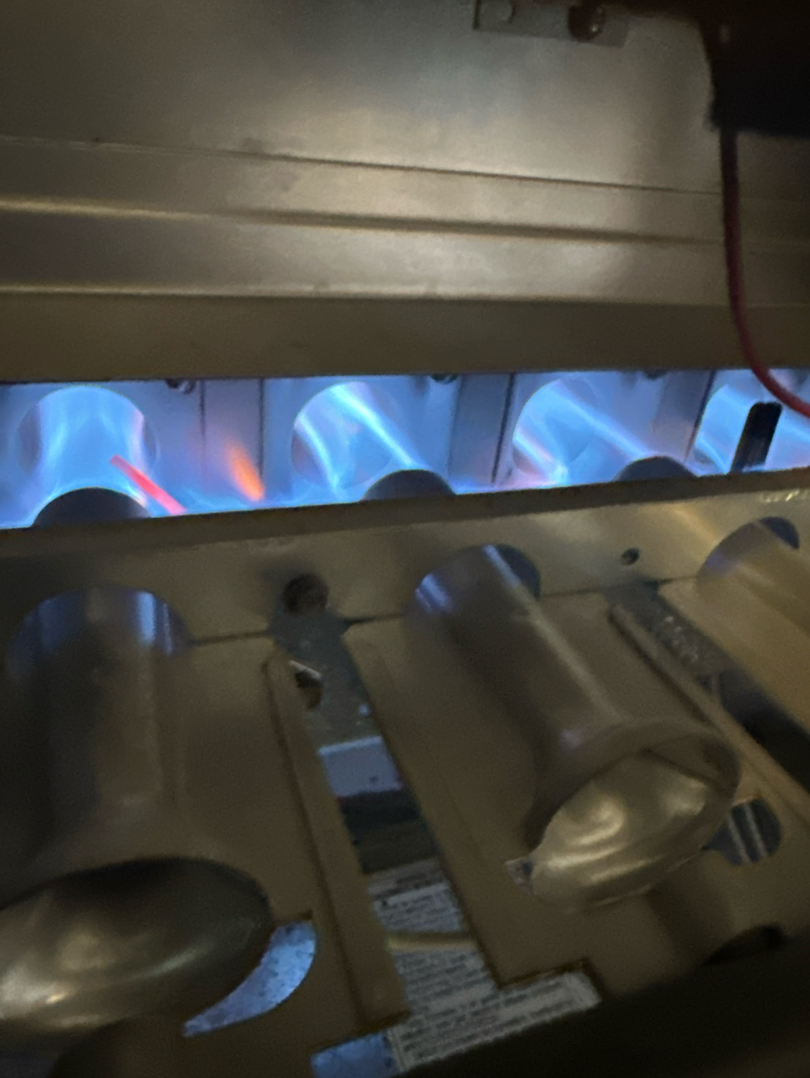
|
Heating Unit Flame
A healthy flame should be a clear, steady blue, indicating proper combustion & efficient operation. Igniter and flame sensor also visually examined. Run at 24 the entire inspection and set back to original temperature of 20.
|
|
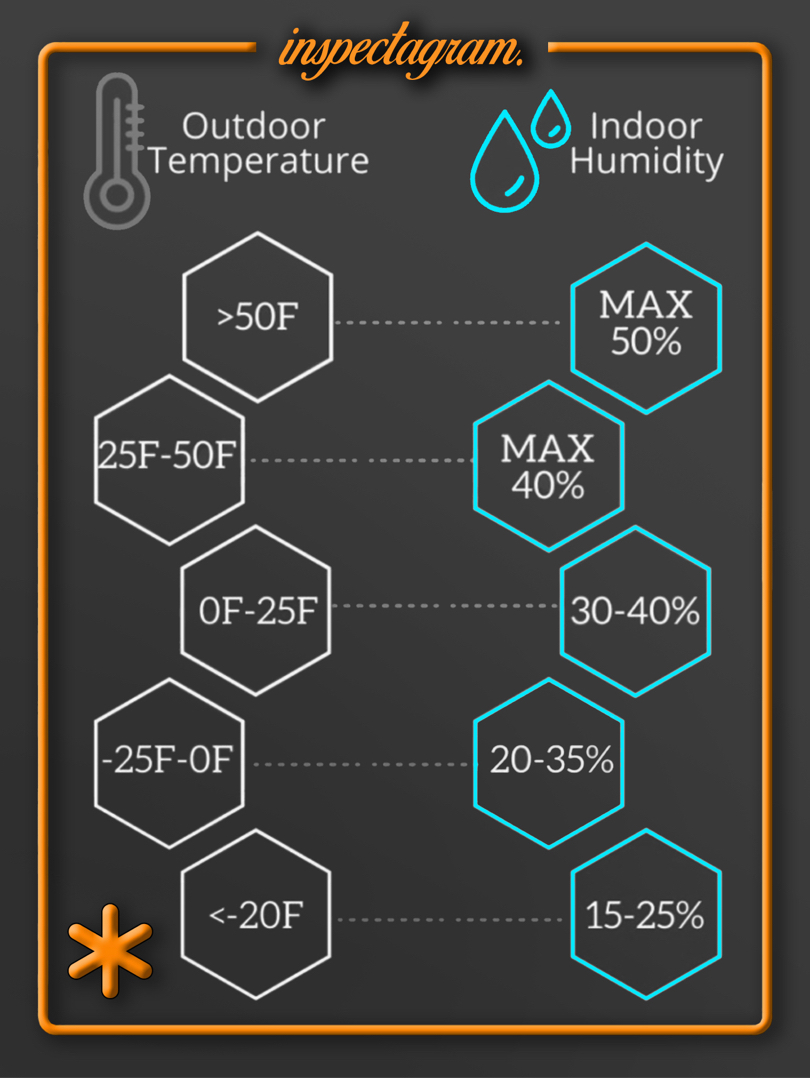
|
About Humidity’
Maintaining proper indoor relative humidity in winter is crucial to health and comfort. Cold air holds less moisture, leading to dry indoor air when heated. Optimal indoor humidity (30-50%) prevents respiratory issues, dry skin, and damage to wood furnishings. Balancing it with outdoor temperature prevents condensation on windows and mold growth, ensuring a healthy and comfortable living environment.
|
|
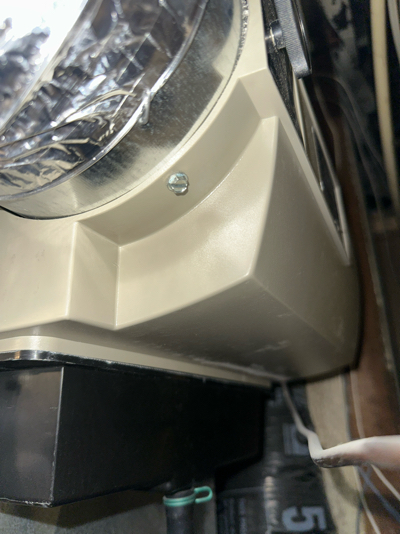
|
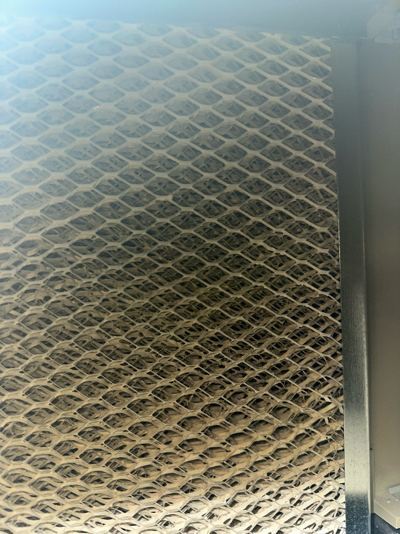
|
Support Photo
|
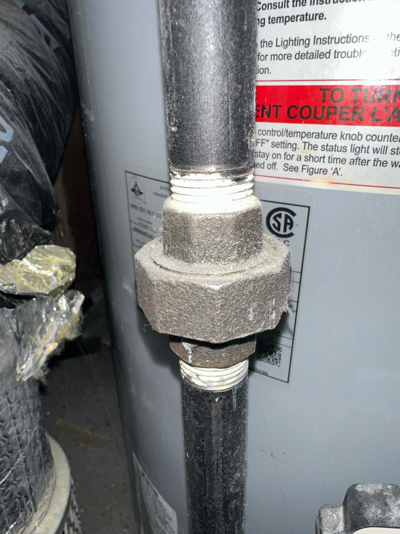
|
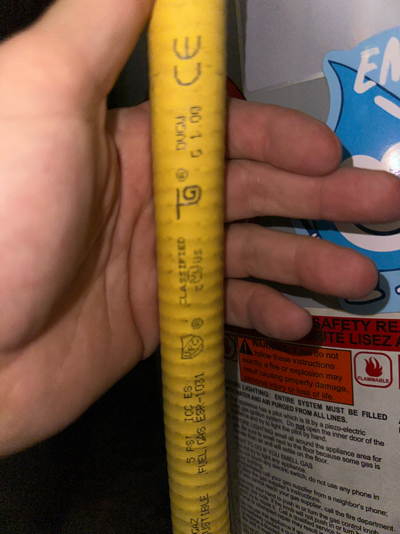
|
Gas Line
A piping system used to carry natural gas from the supply directly to your heating system. Consider upgrading to HARD PIPE.
Support Photo
We prefer to see hard pipe, but after talking with the city, smooth yellow is satisfactory. FE by Certified Pipe Fitter
|
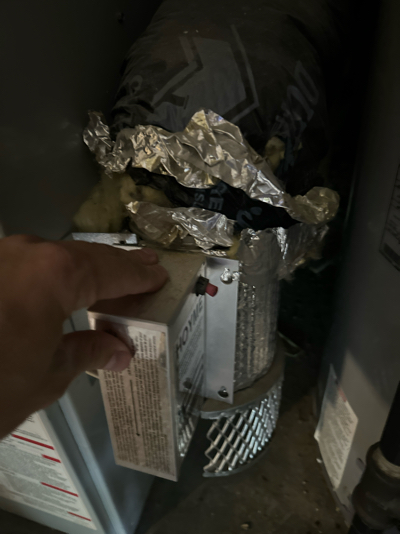
|
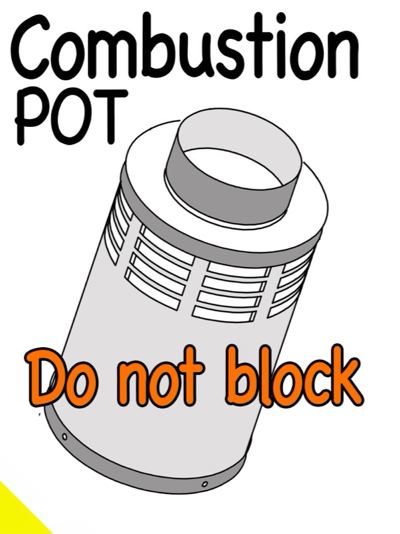
|
Combustion Pot
Ensures proper ventilation, preventing harmful gases buildup and potential health hazards.
|
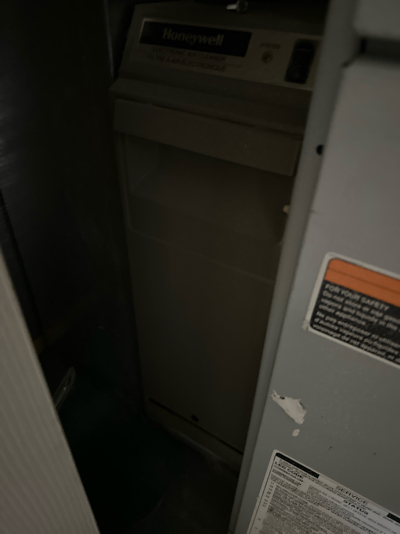
|
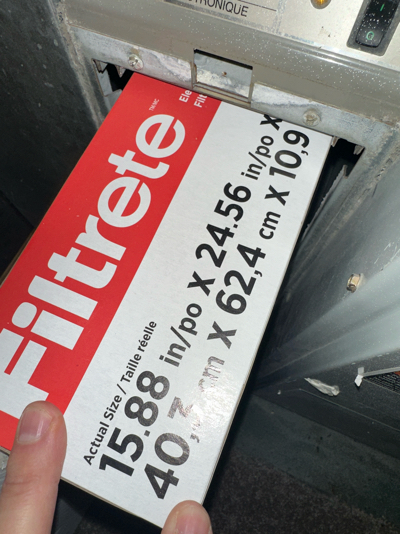
|
Heating Unit Filter
These basically prevents system damage by capturing dust and debris.
Support Photo
Not the easiest access for replacement. You may need to reconfigure the closet door
|
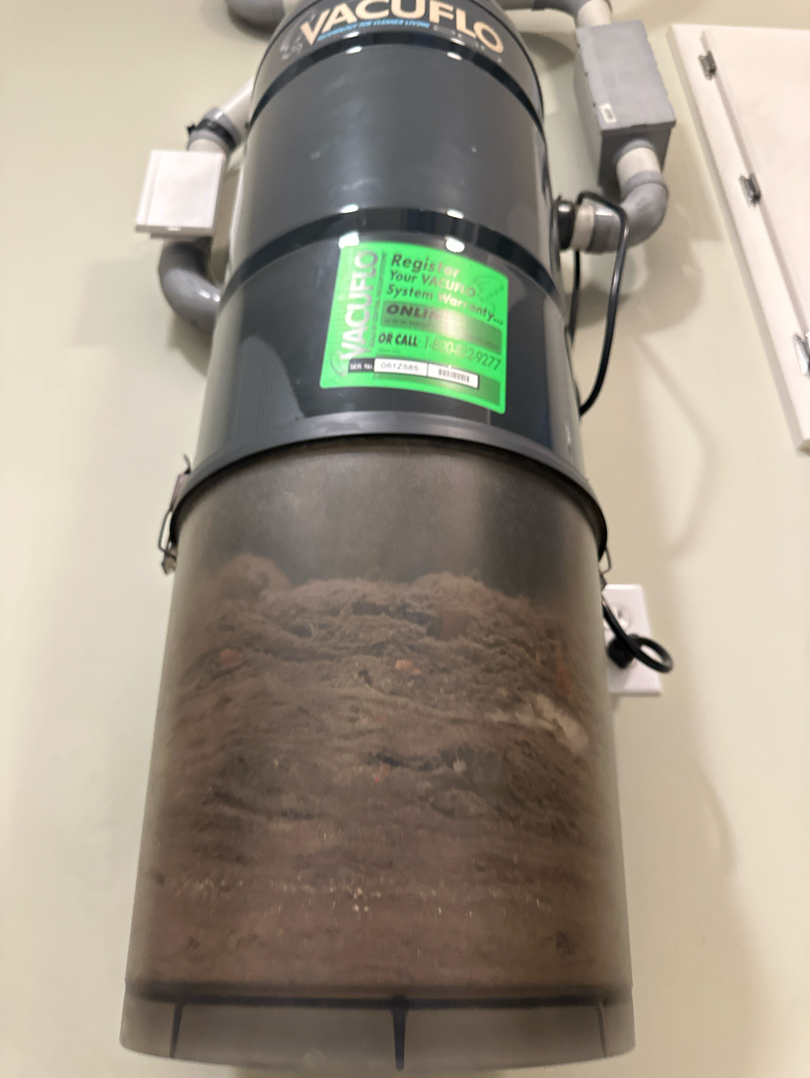
|
Central Vacuum
Nothing inspires cleanliness more than an unexpected guest. Outside our SOP's, please have sellers leave behind Manuel’s.. Not Inspected
|
|
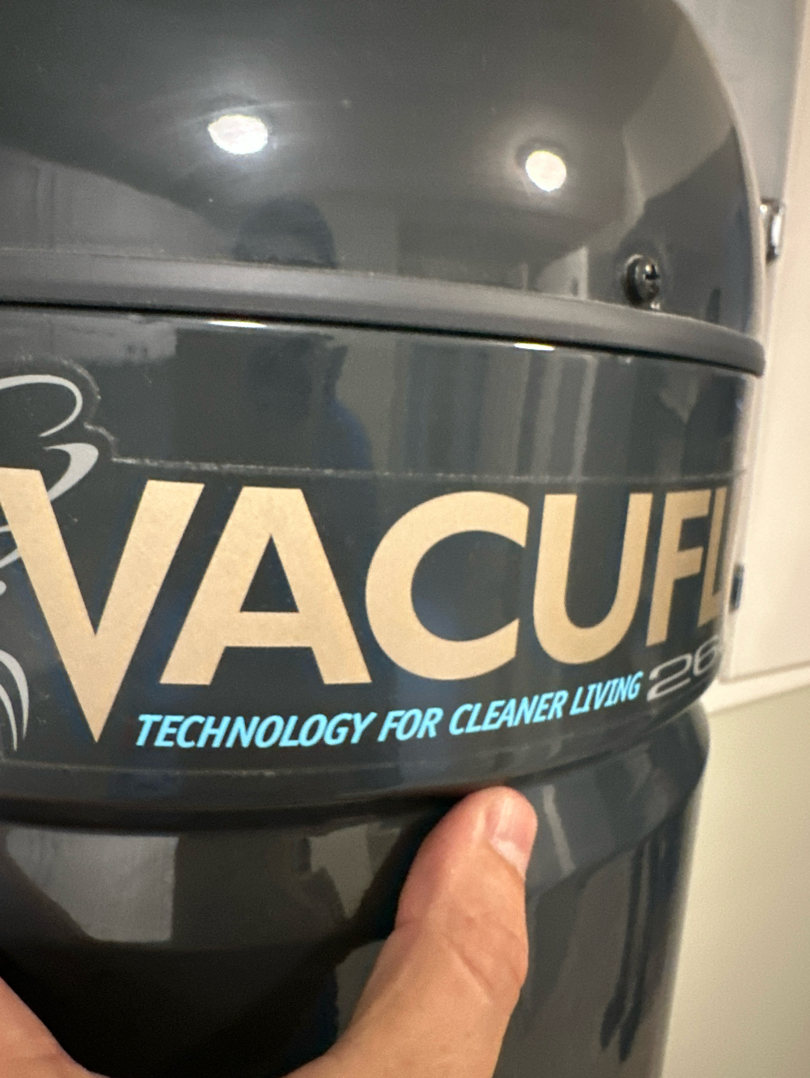
|
Support Photo
|
|

|
Radon Rough-In
This consists of a porous layer & a barrier beneath the slab & radon piping that extends from below the slab. Give Dorthy at Radon West a call. I’ve seen her work, it’s outstanding and she’s reasonable.
|
|
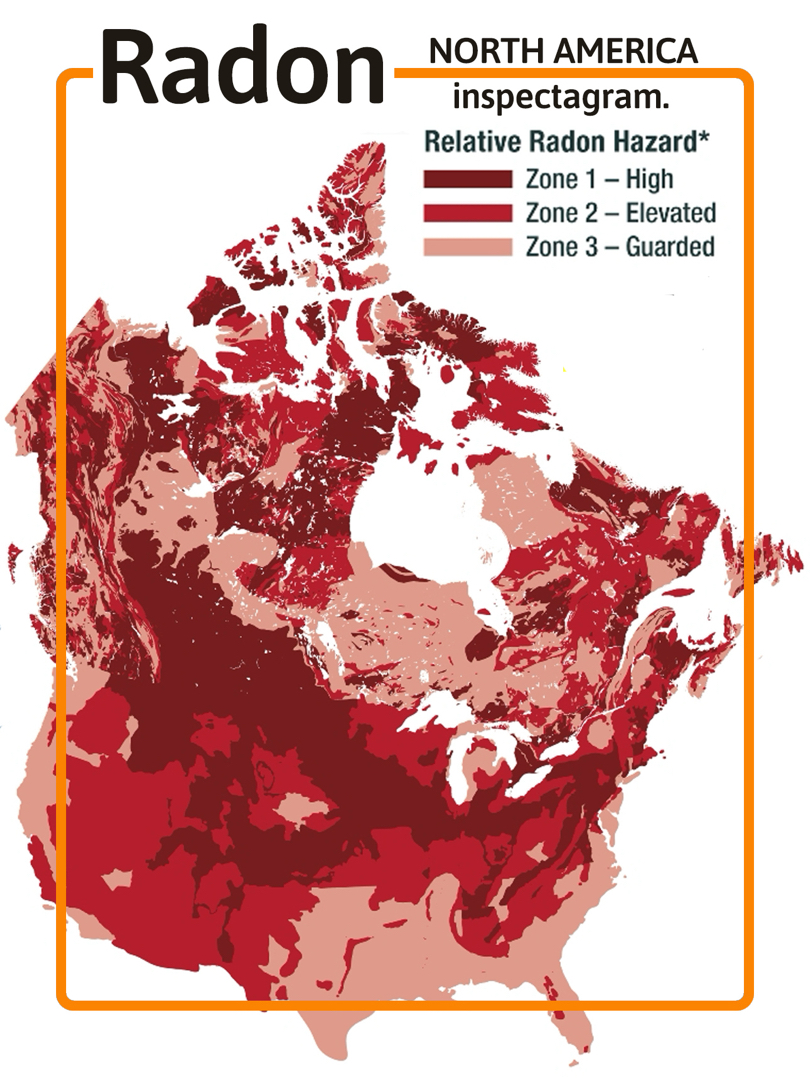
|
Radon Canada.
Radon is a naturally occurring radioactive gas produced by the decay of uranium in soil and rock. It is colorless, odorless, and tasteless, making it difficult to detect without specific testing. In Canada, radon can accumulate in homes, particularly in basements and ground floors, through cracks in foundations or gaps around pipes. Exposure to high levels of radon is a major health risk, significantly increasing the likelihood of lung cancer, making it the second leading cause after smoking. Regular testing and mitigation are recommended to ensure safety.
|
|
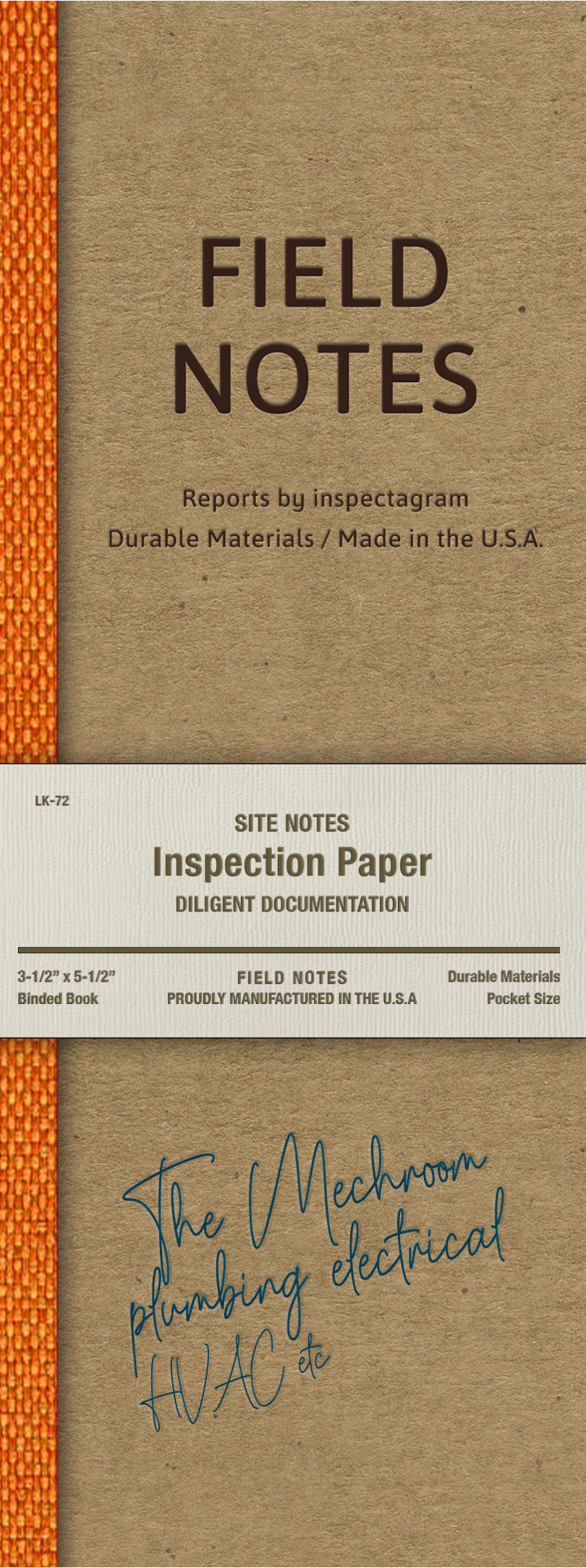
|
*Mechanical’
When it comes to your mechanical room, it's not only maintenance & cleaning the unit itself you must keep in mind. Where your mechanicals are located, what's nearby, & how to move around, these all matter too.Keeping your furnace room clean & safe should be a priority. If your furnace room doubles as a storage room, you absolutely have to make sure no cardboard boxes or plastic containers lean flush against the furnace. Make sure a path is clear for your technician come maintenance day. That way, if maintenance & repairs need to be made, your technician can do them easily. Used filters or old furnace parts, depending on their state, they could also be fire hazards & space wasters. As far as spacing goes, you should allow for at least 2 feet of clearance around your furnace. Finally, make sure the manual for your furnace is within reach in the room where it's hosted. That way, if something is wrong, you'll be able to identify it more easily. |
|
insurance
| Overview | |
| Build Year | 1932 please also refer to listing details |
| Outdoor Temperature | Approx +16°C / 60° F |
| Direction Home Faces | West / please also see listing details |
| Vacancy | Vacant |
| Furnished | Staged / partially obstructing this inspection |
| Roof | |
| Inspection Limitations | Visibility / Height / Safety |
| Approximate Age | Undetermined / Request Disclosure |
| Roof Material | Asphalt Shingle / starter flashing noted |
| Gutter Material | Metal - keep clear of debris & obstructions |
| Fascia Material | Metal Cladded Wood |
| Soffit Material | n/a / See Photo / RCMD adding gable vents |
| Exterior | |
| Inspection Limitations | Visibility / Access / Height |
| Driveway / Walkway | Poured Concrete / Pavers / Apren |
| Window Glaze | Double Pane / Single Pane |
| Flashings | Present @ Windows / Doors |
| Exterior Cladding | Stucco / Wood / this will need seasonal maintenance |
| Electrical Entry | Underground / See Photo |
| Cooling Type(s) | Not Present |
| Gas Main Location | Exterior Front Yard / learn shut down procedure |
| Garage | |
| Inspection Limitations | Visibility / Access / Obstructions |
| Motor Brand | SEE PHOTO/ tested four times |
| HVAC Type | Not Present |
insurance
| Attic | |
| Inspection Limitations | Visibility / Access (as seen from hatch) |
| Sheathing Material | Wood Plank / evidence of past staining |
| Approx. R-Value | R-30+ ( unevenly distributed ) |
| Type of Insulation | Cellulose Loose Fill (or like) / Disturbed |
| Thermal | |
| Inspection Limitations | Visibility / Access / Obstructions |
| Health & Safety | |
| Inspection Limitations | Visibility / Access |
| Safety Features Present | Smoke Detector(s) / Consider Upgrade to NEST |
| Interior | |
| Inspection Limitations | Visibility / Access / Obstructions |
| Thermostat Location | Main Floor - Set back to original settings |
| Flooring Materials | Hardwood / Carpet / Tile |
| Wall Materials | Drywall - Scanned for signs of damage & stains |
| Fireplace Fuel Type(s) | Wood - have WETT inspection prior to use |
| Kitchen | |
| Inspection Limitations | Visibility / Access / Stored Items |
| GFCIs | Present - TESTED and restored |
| Laundromat | |
| Inspection Limitations | Visibility / Access / both Appliances tested |
| Bathroom | |
| Inspection Limitations | Visibility / Access / Stored Items |
| GFCIs | Present - TESTED and restored |
insurance
| Mechanical | |
| Inspection Limitations | Visibility / Access / Obstructions |
| Main Electrical Location | Mechanical Room / Do Not Block! |
| Main Amp | 100 AMP / See Photo |
| Wiring Material | Copper / double tap off doorbell transformer |
| AFCI Breakers | Not Present / consider adding at bedrooms |
| System Ground | Undetermined, Not Visible - Further Evaluate |
| Electrical Bonding | Undetermined, Not Present/Visible - Further Eval. |
| Heating Type(s) | Forced Air Furnace - Consider Clean & Tuneup |
| Heating Fuel | Natural Gas / please label all shut offs |
| + Heat Source | n/a |
| Water Supply Source | Public |
| Water Main Location | Basement Living Room / Cubie |
| Hot Water Type(s) | Natural Gas, Tank |
| Ext. Water Shut-Offs | Undetermined / please have sellers disclose location |
| Water Line Material | PEX / Copper / ONLY what we could visibly see |
| Sewer Material(s) | Cast Iron - Further Evaluate / Recommend Scope |
| Main Drain | Present / Do Not Block! / poor man’s backflow |
| Backwater Valve | Undetermined - See Listing Details? |
| Sump Pump | Not Present |
| Waste Lift Station | Not Present |
| Structure | |
| Inspection Limitations | Visibility / Access (mostly covered)/Obstructions |
| Foundation Type | Poured Concrete / 99% Not Visible |
| Structure Type | Dimensional Lumber / Plank / Slat |
| Roof Structure | Rafter / wind bracing / ridge blocking |
| Walls Structure | 2x4 exterior / Interior studs |

